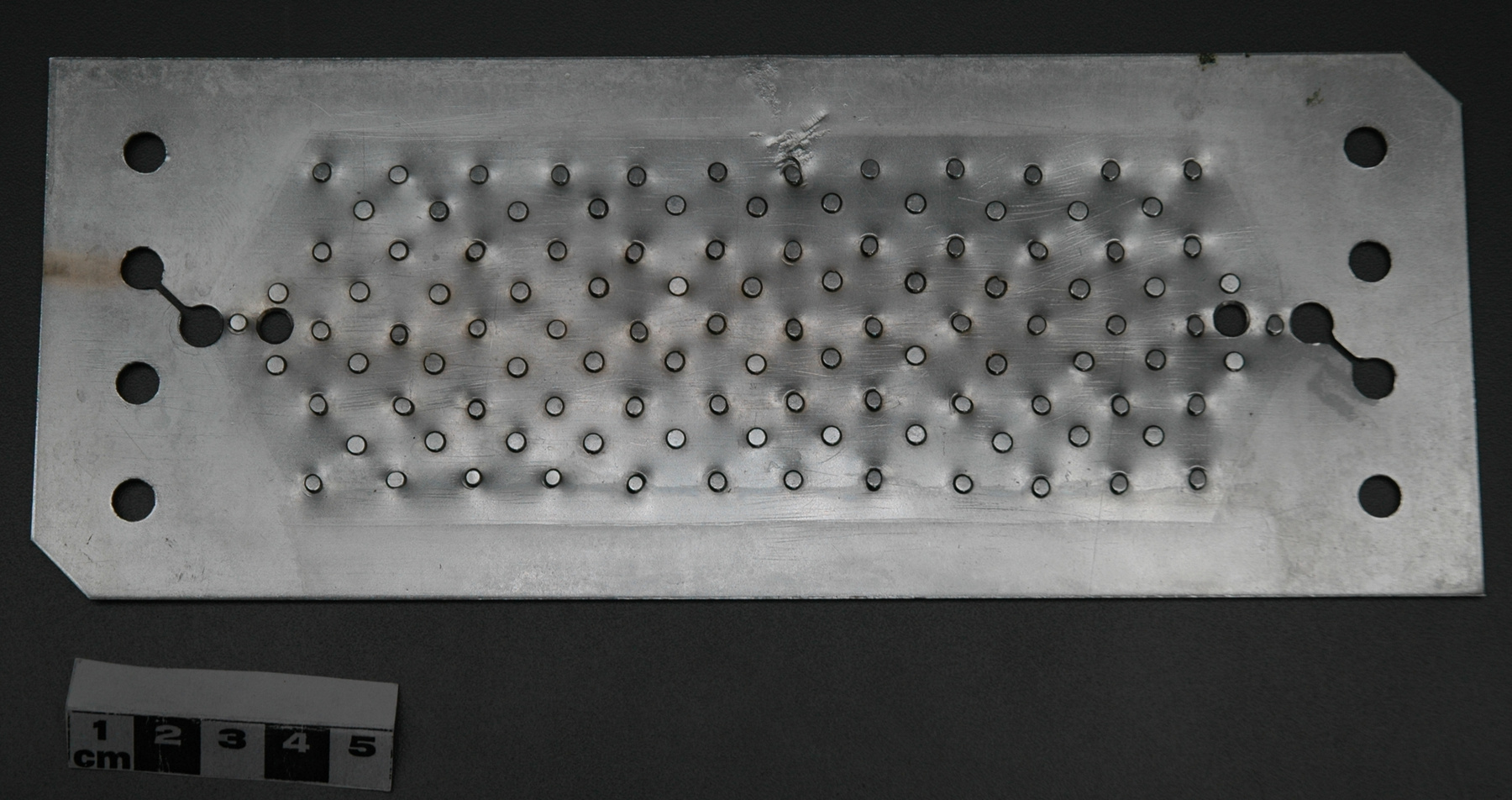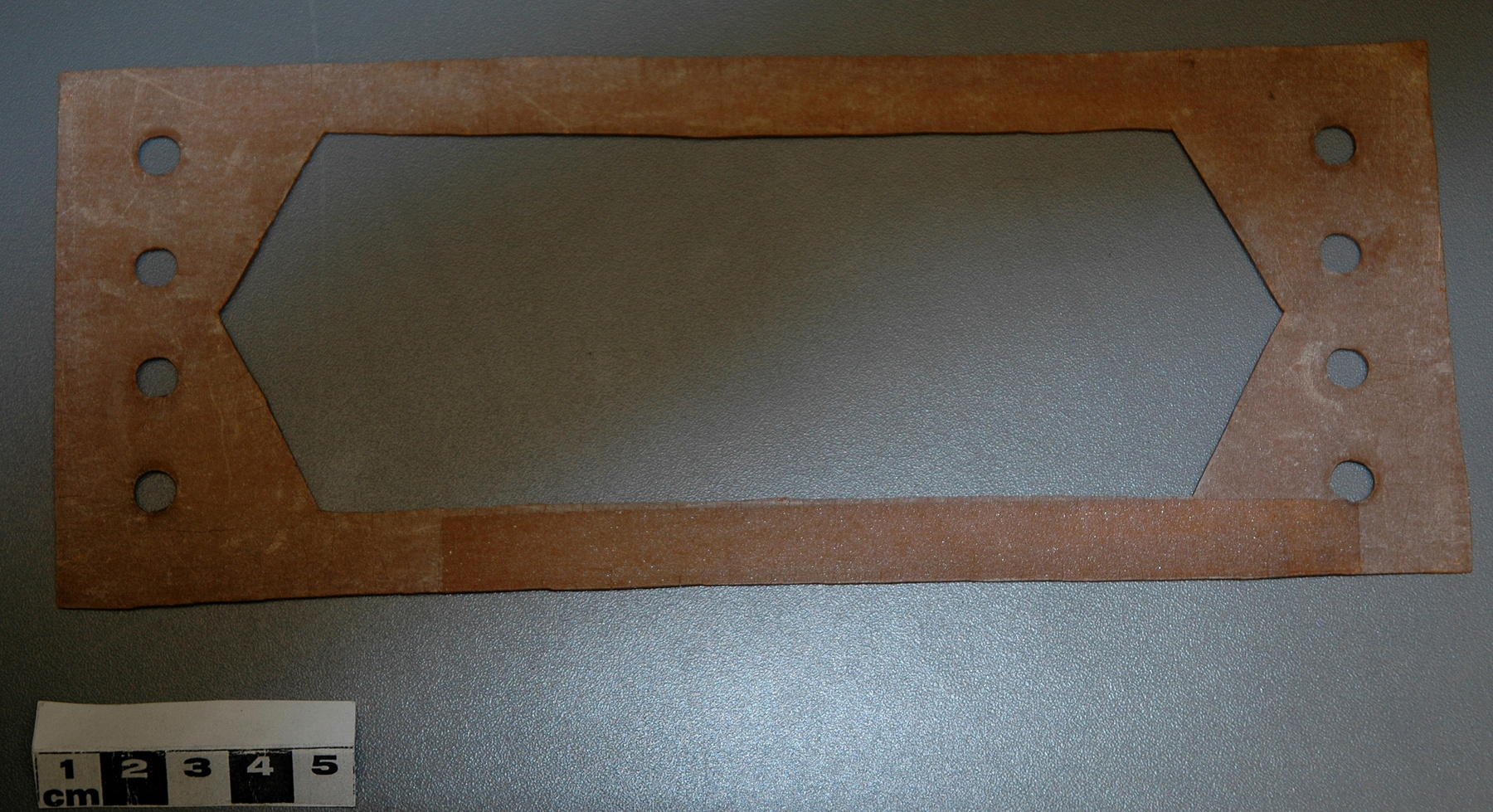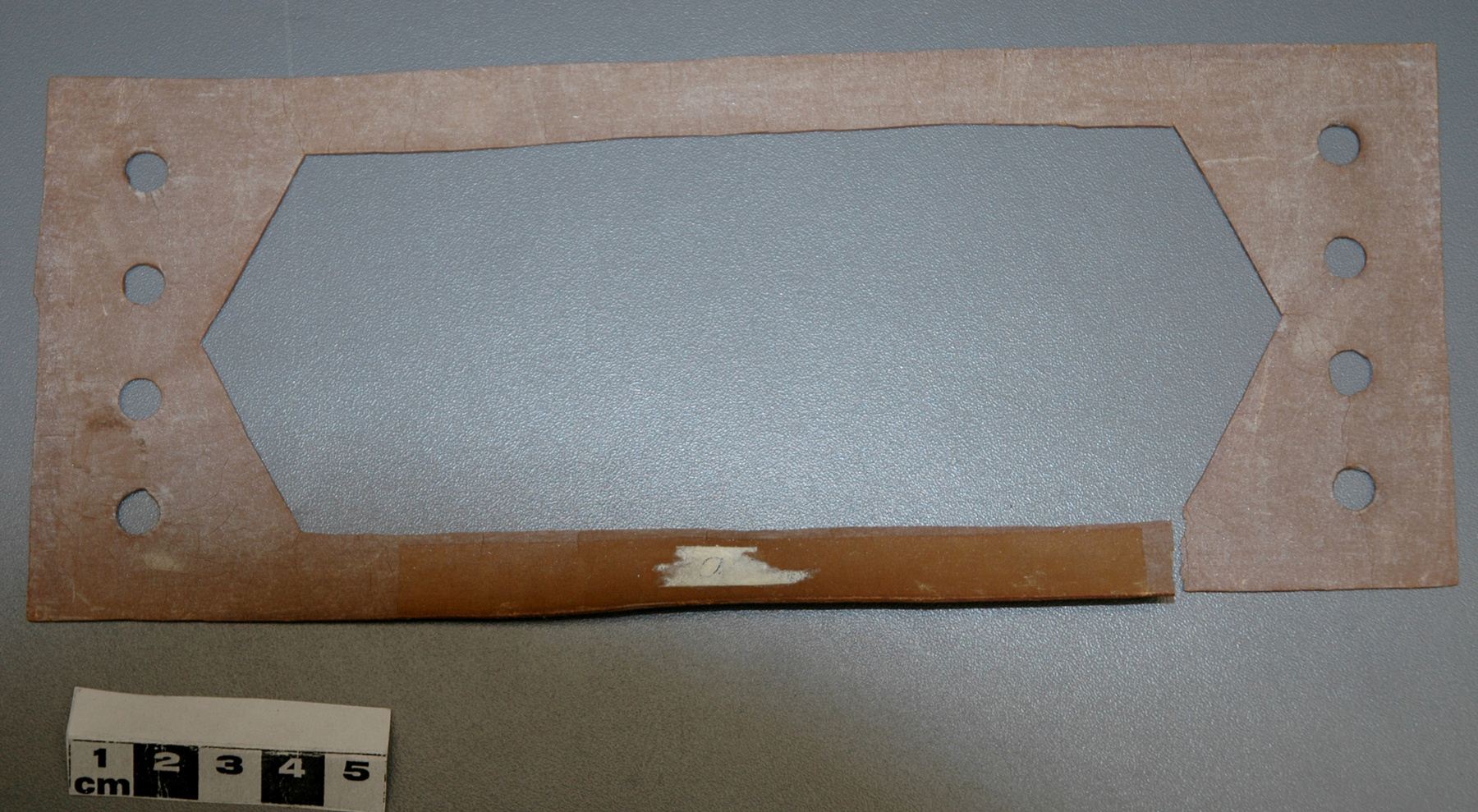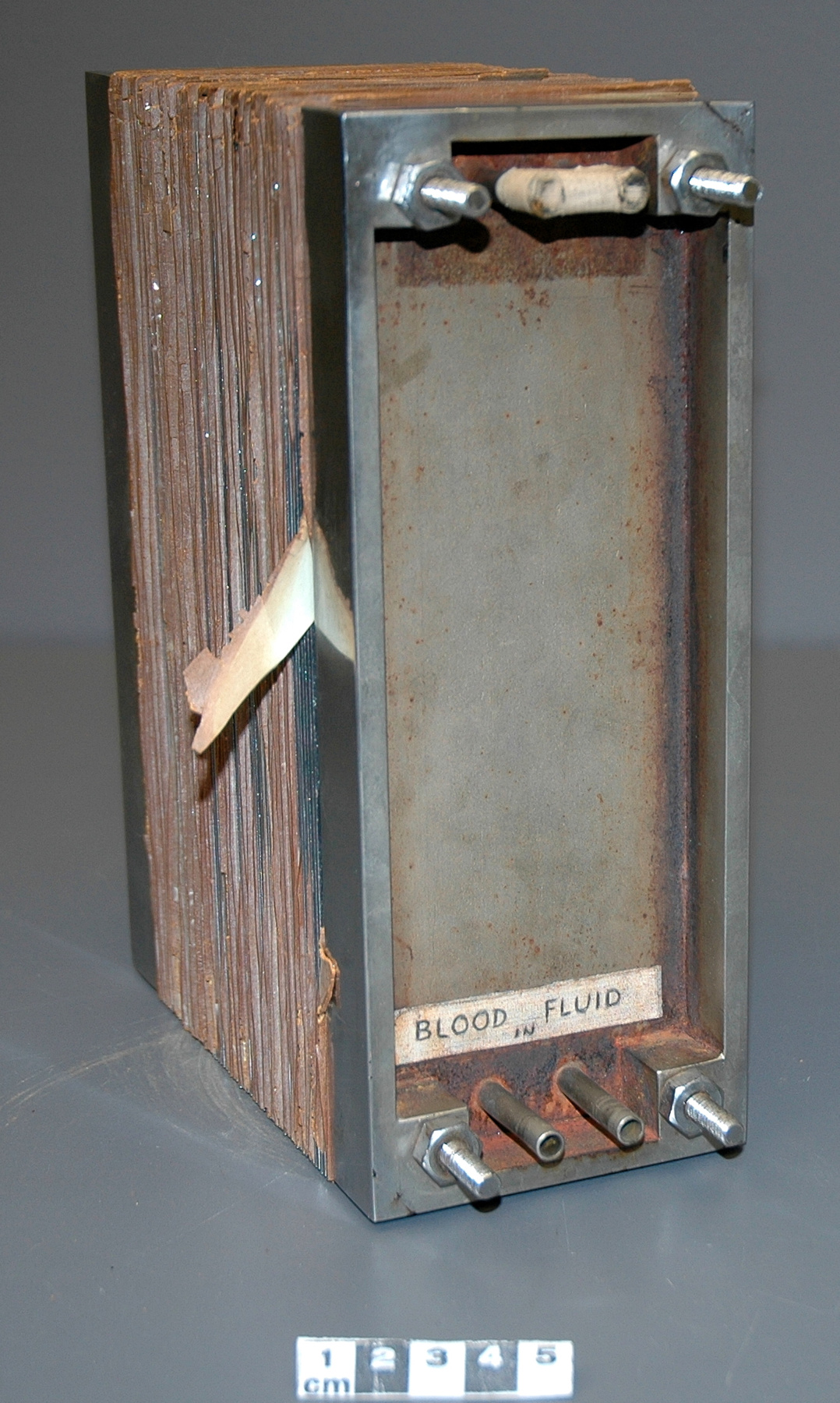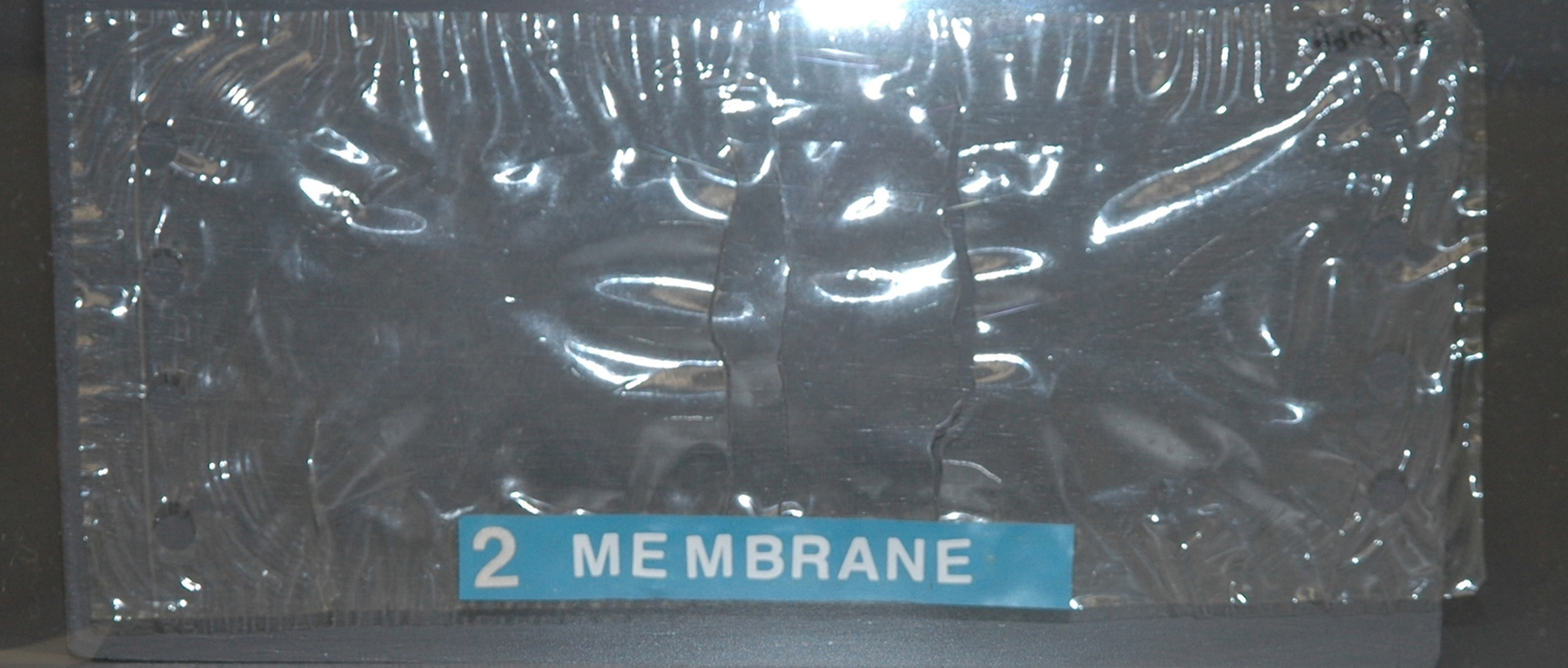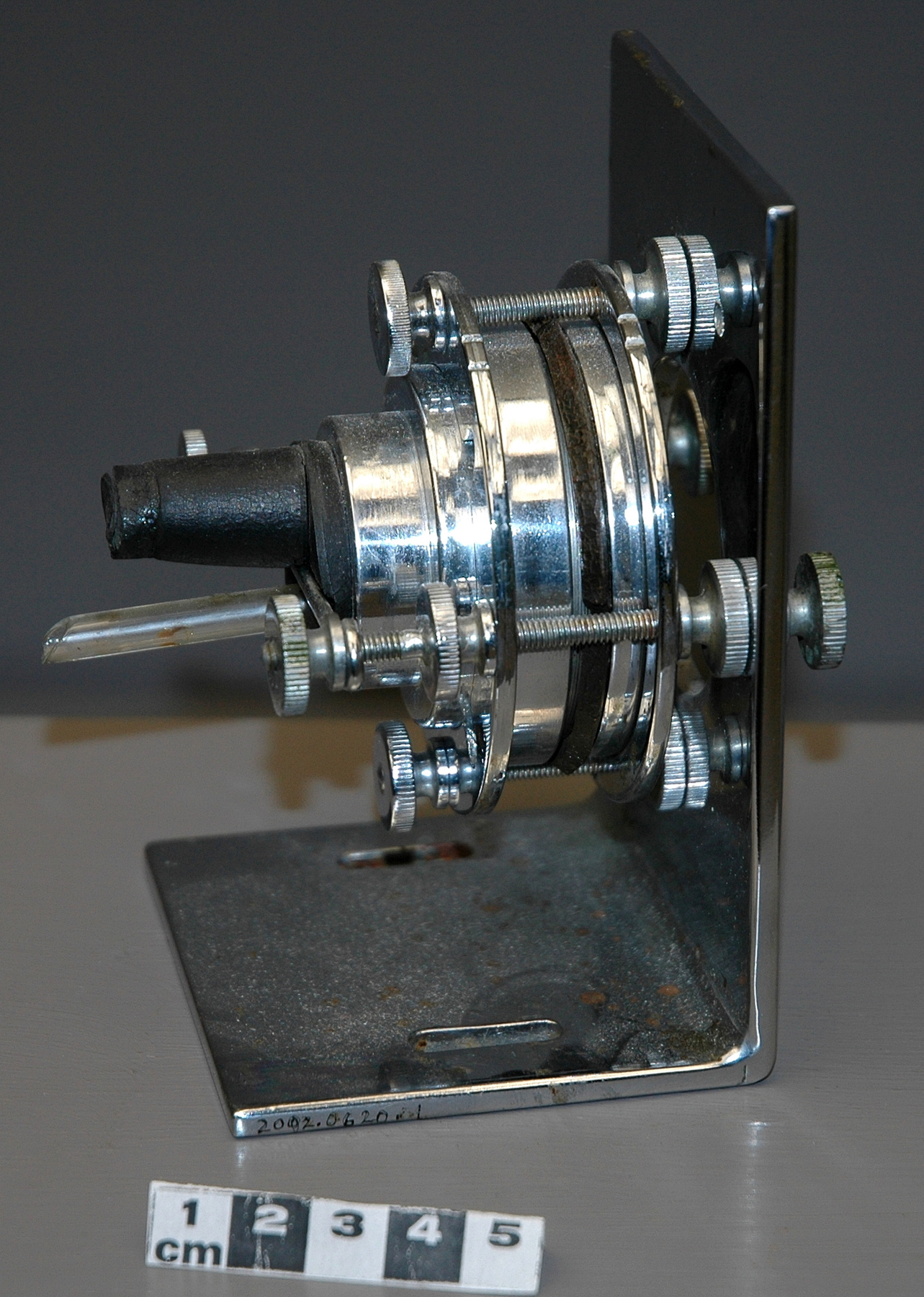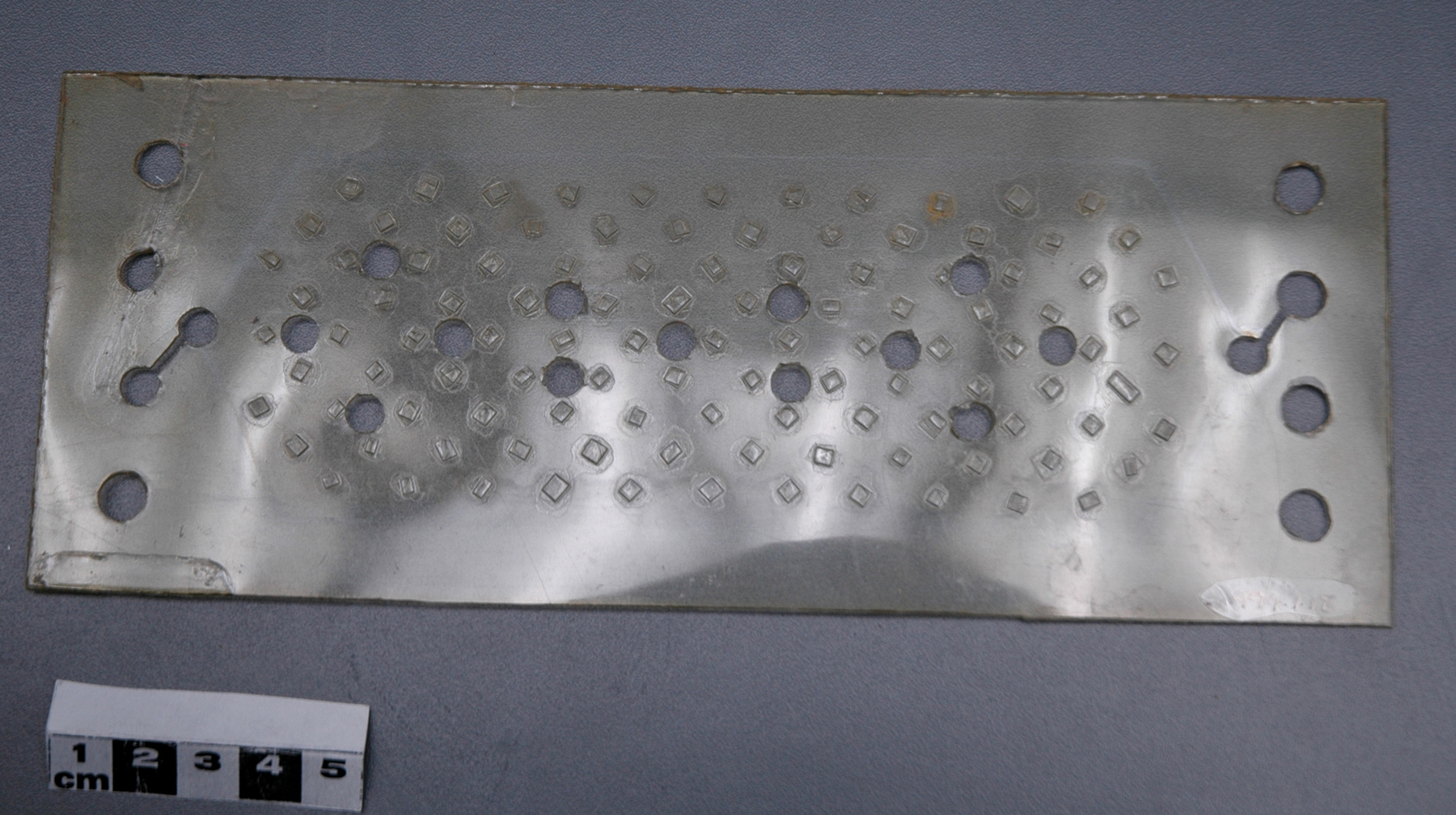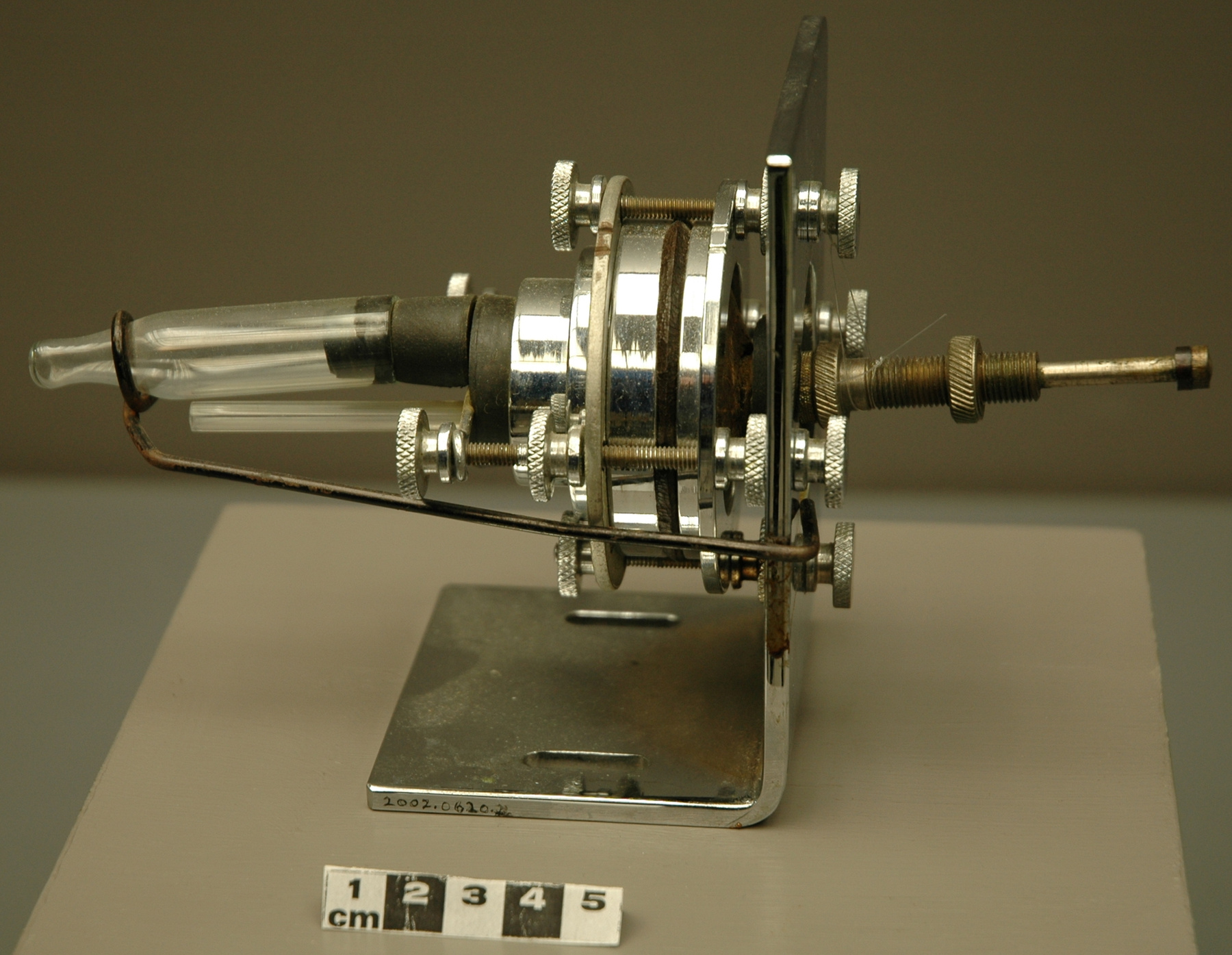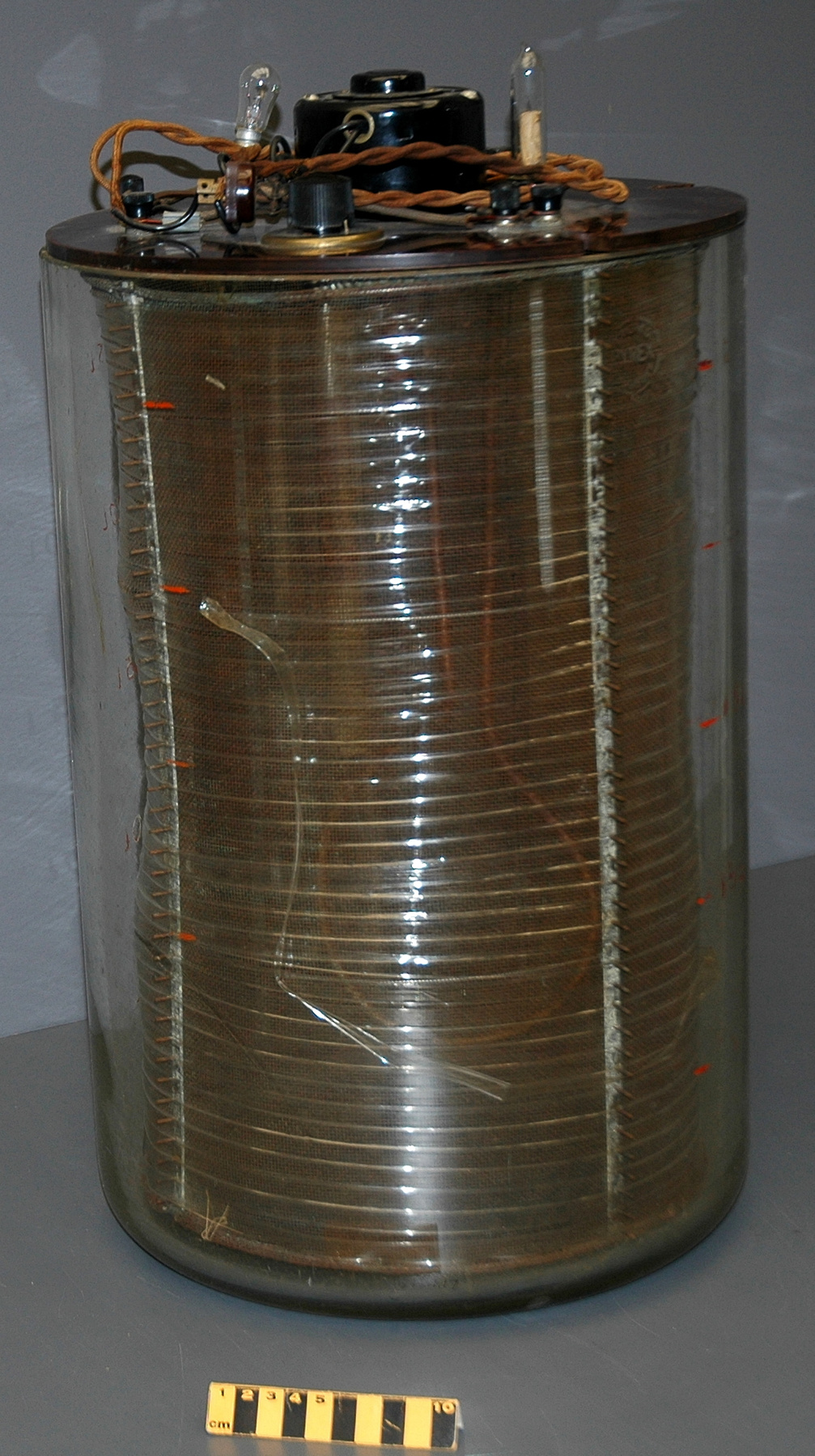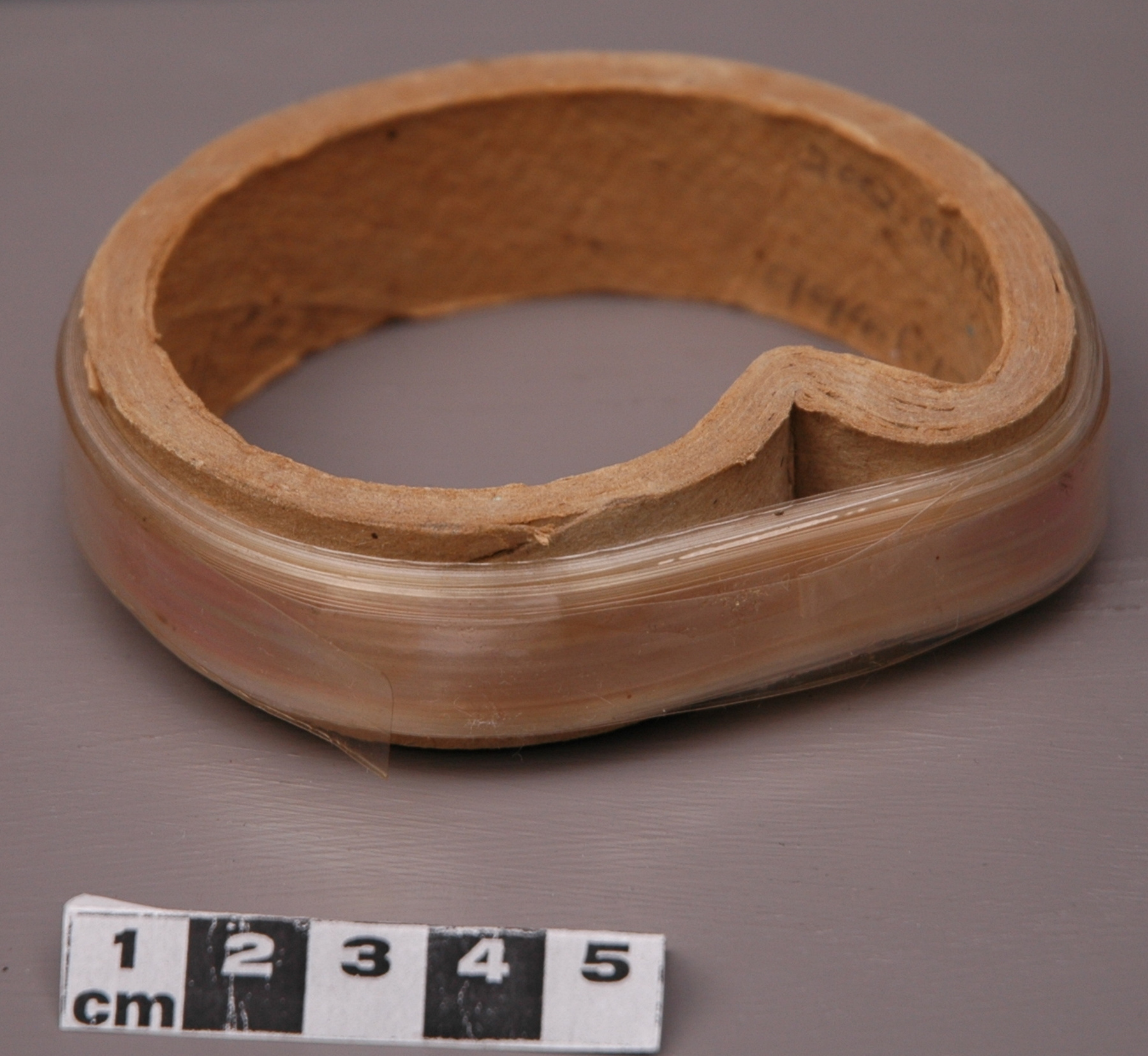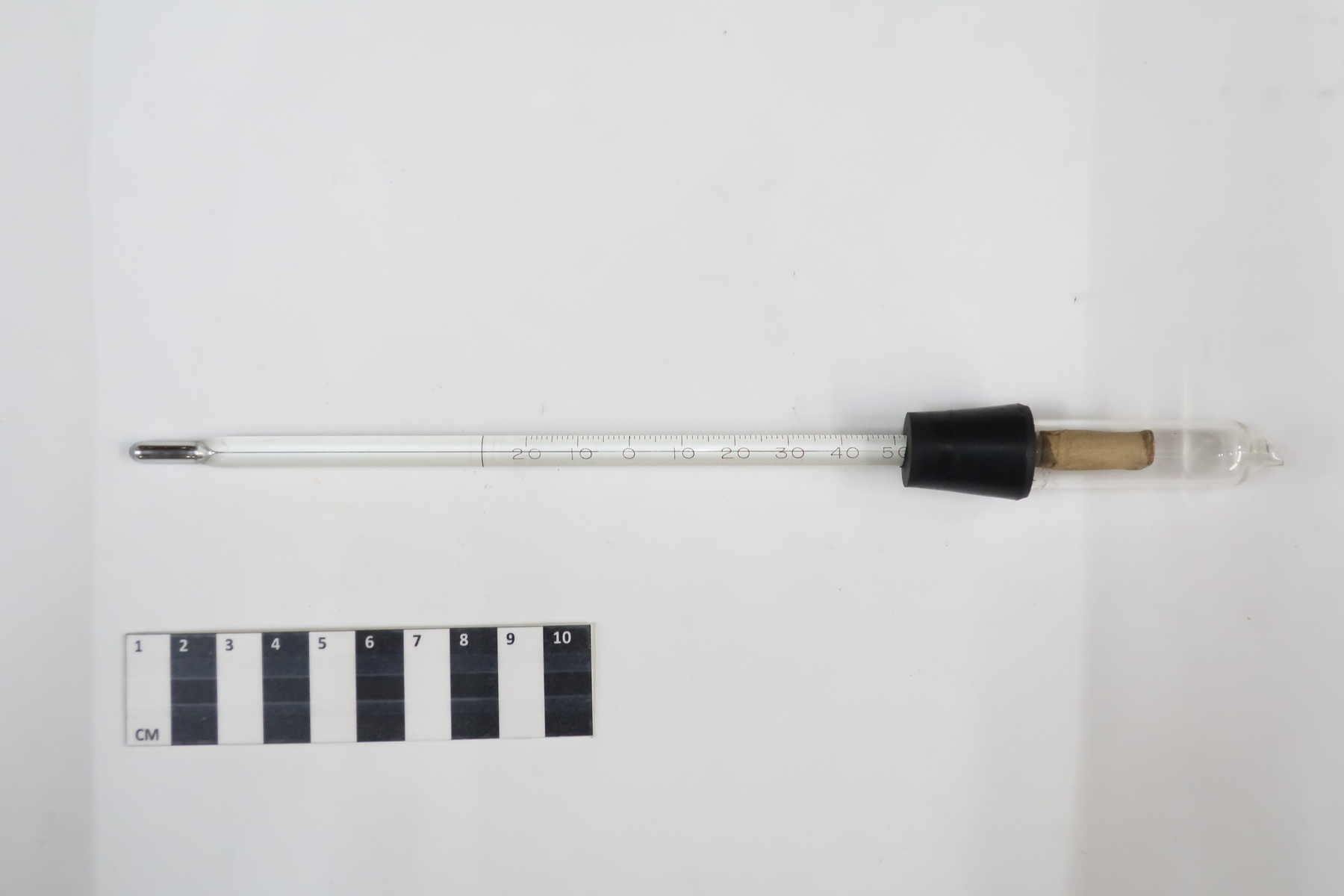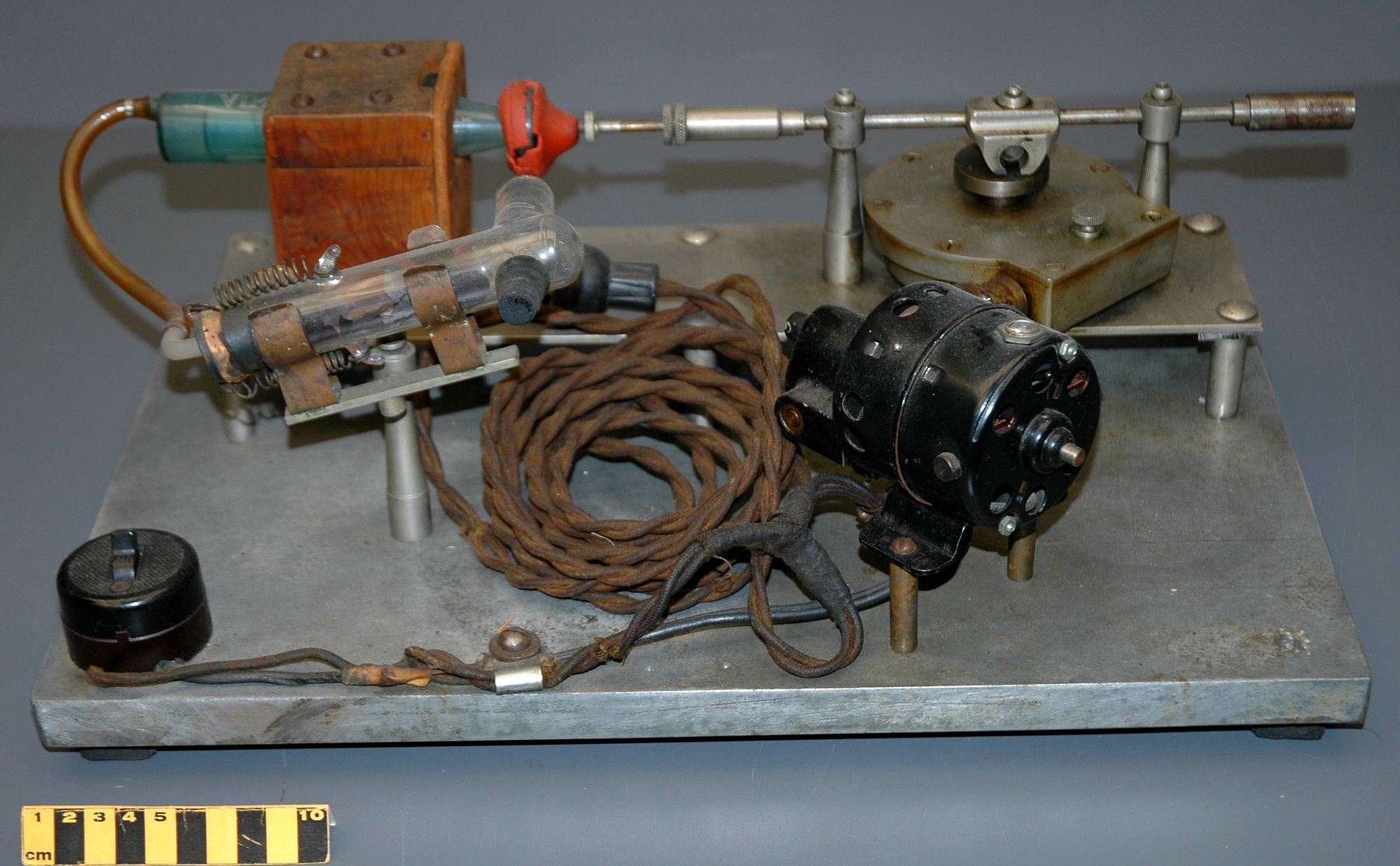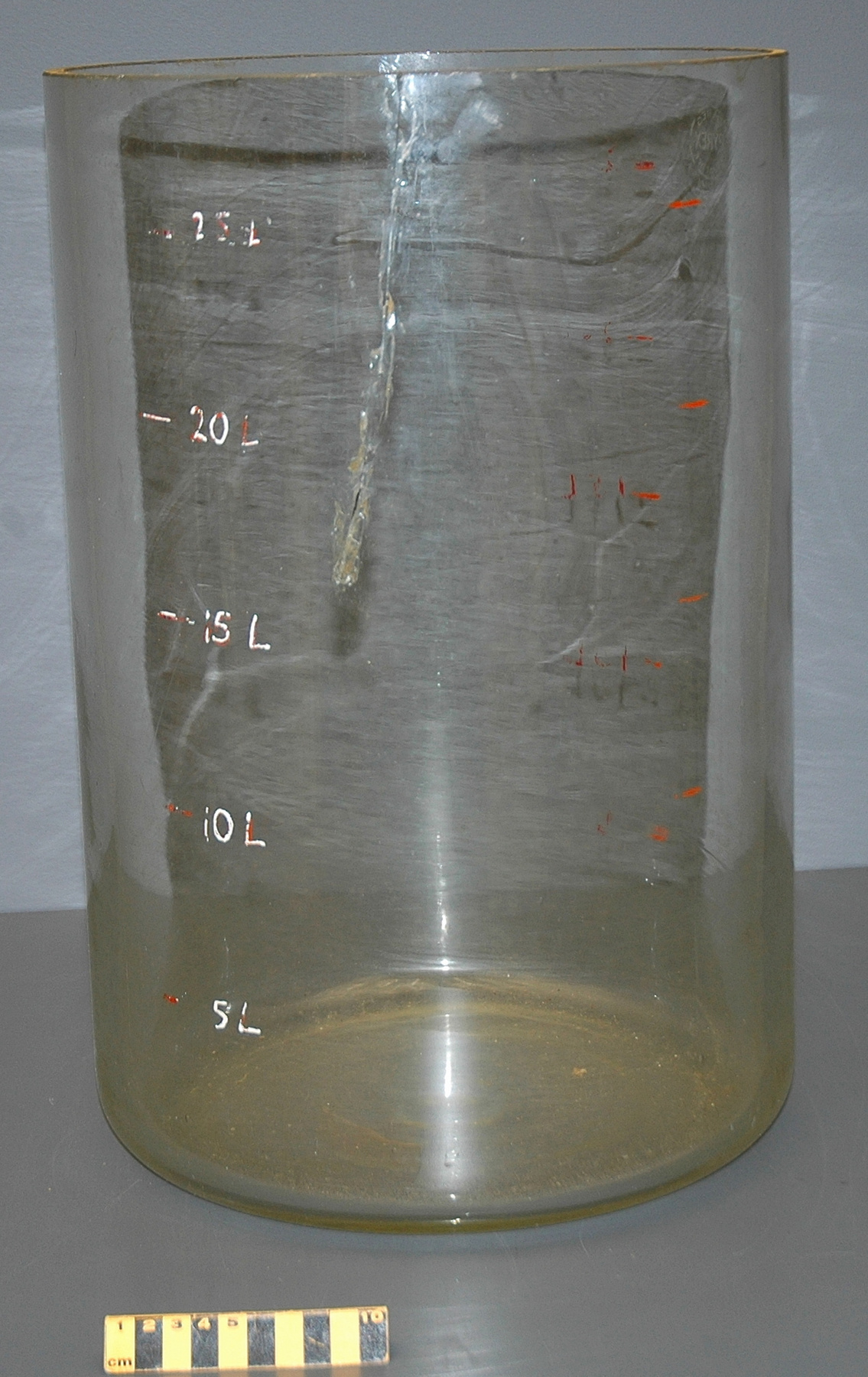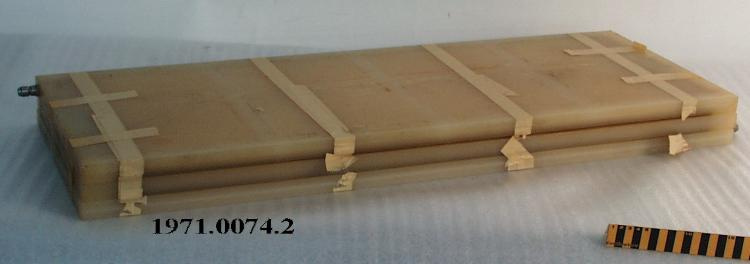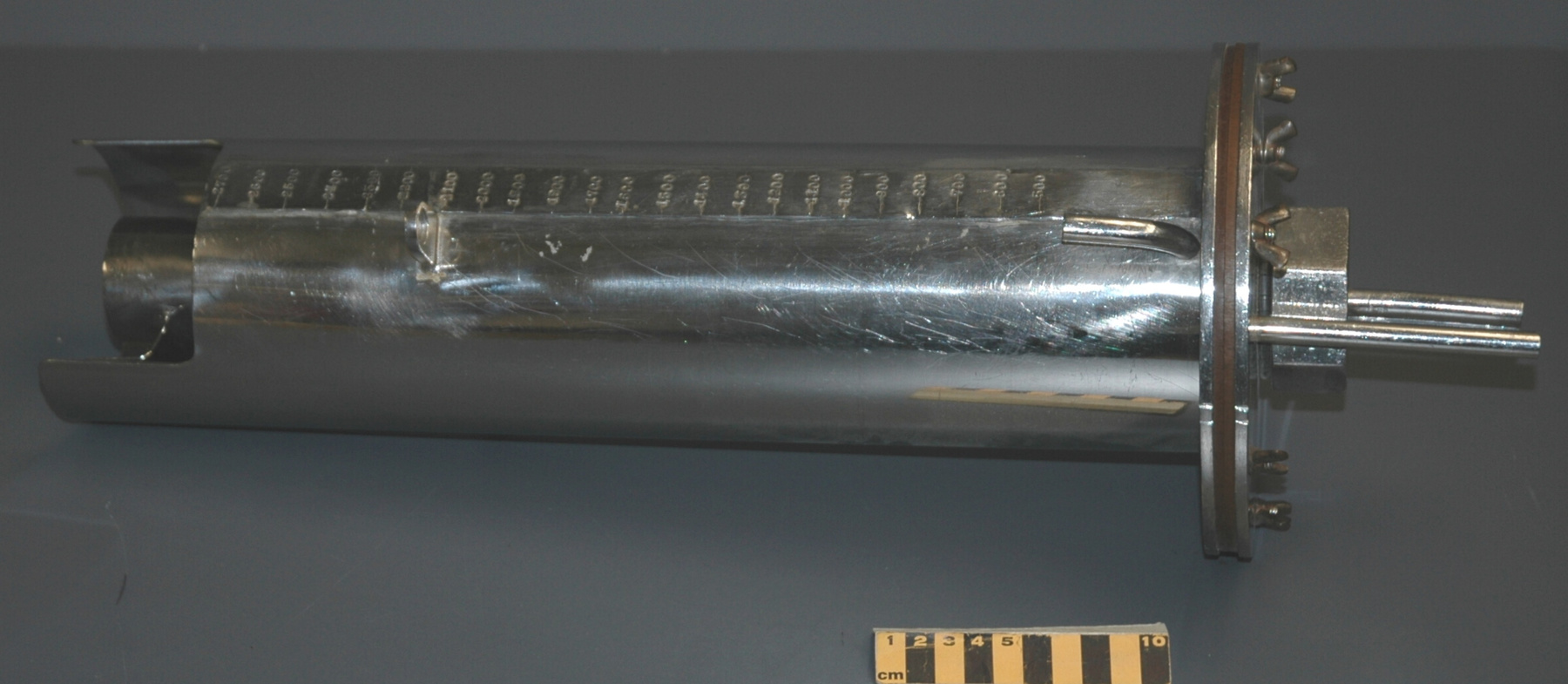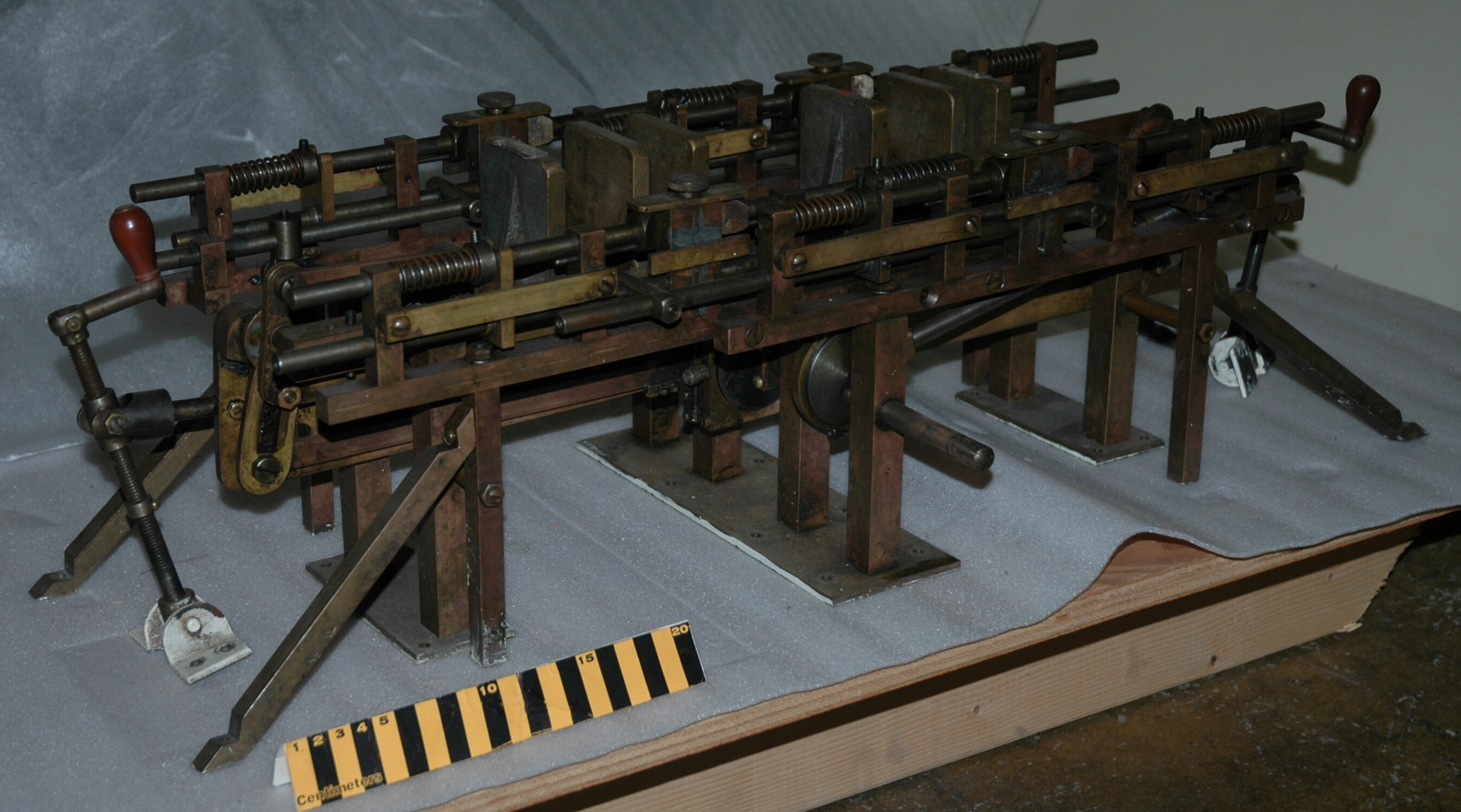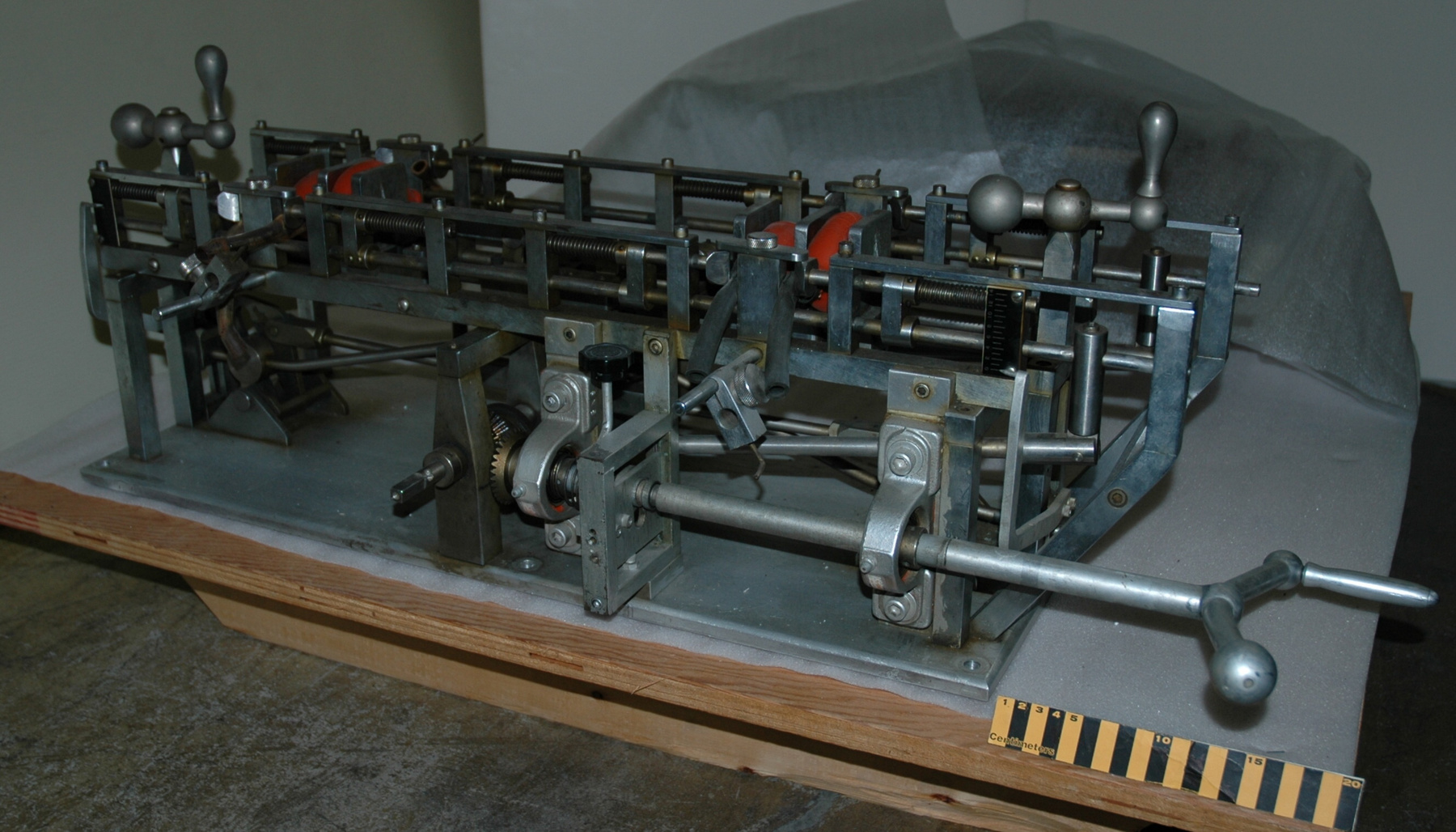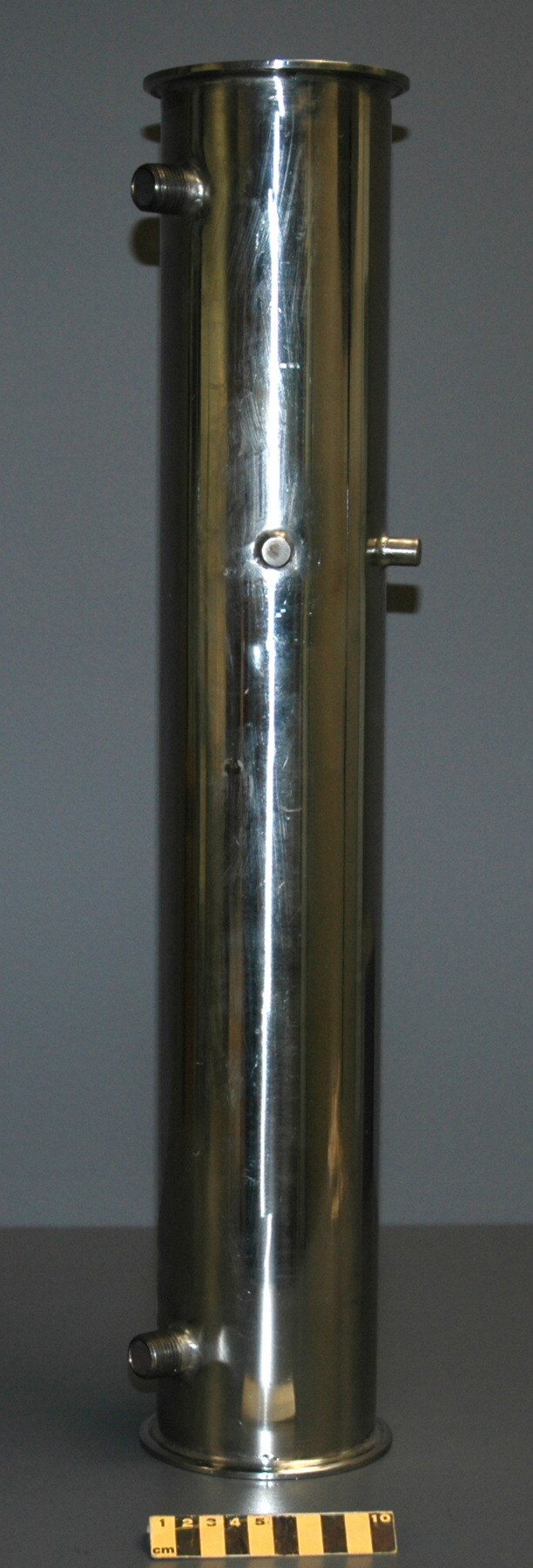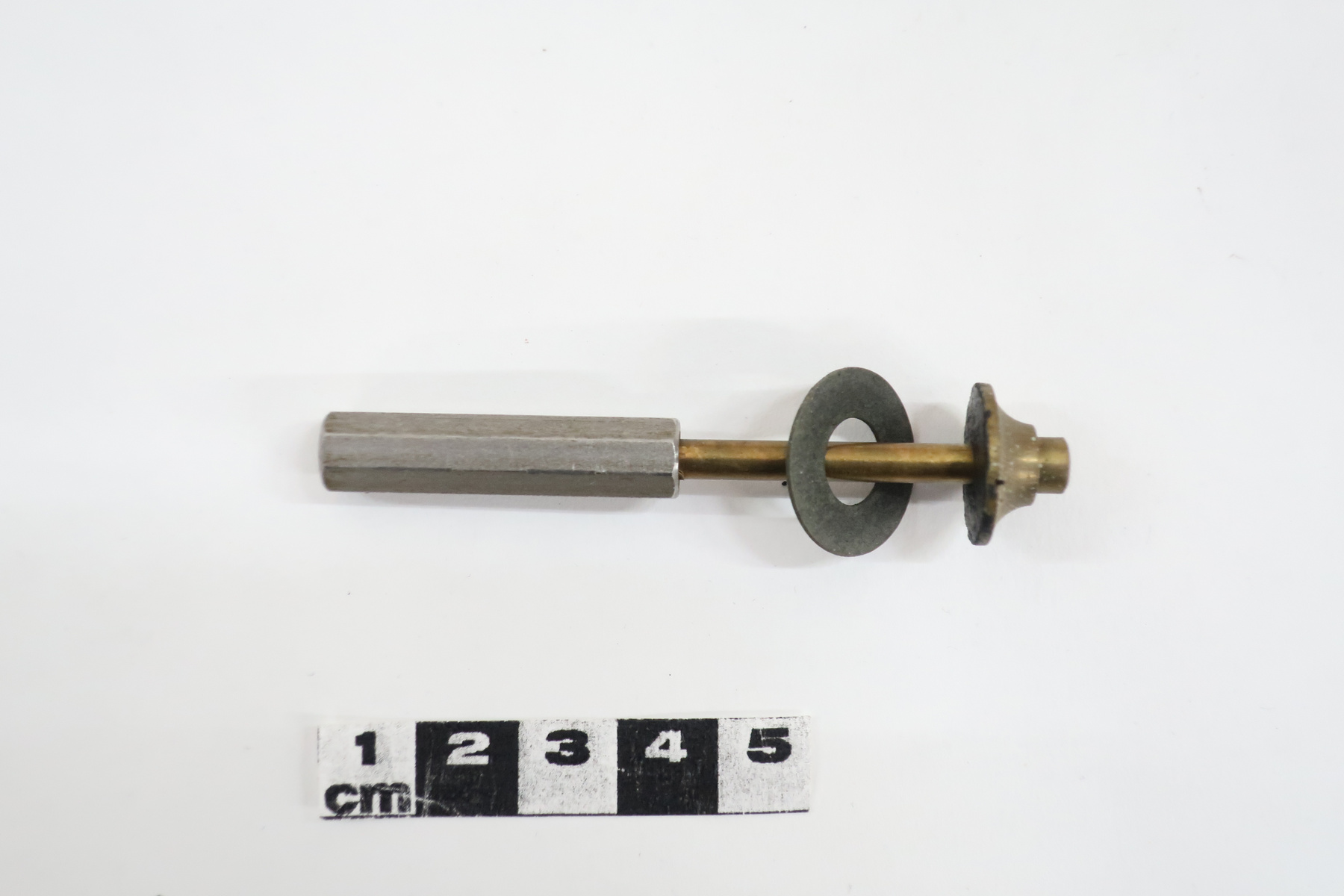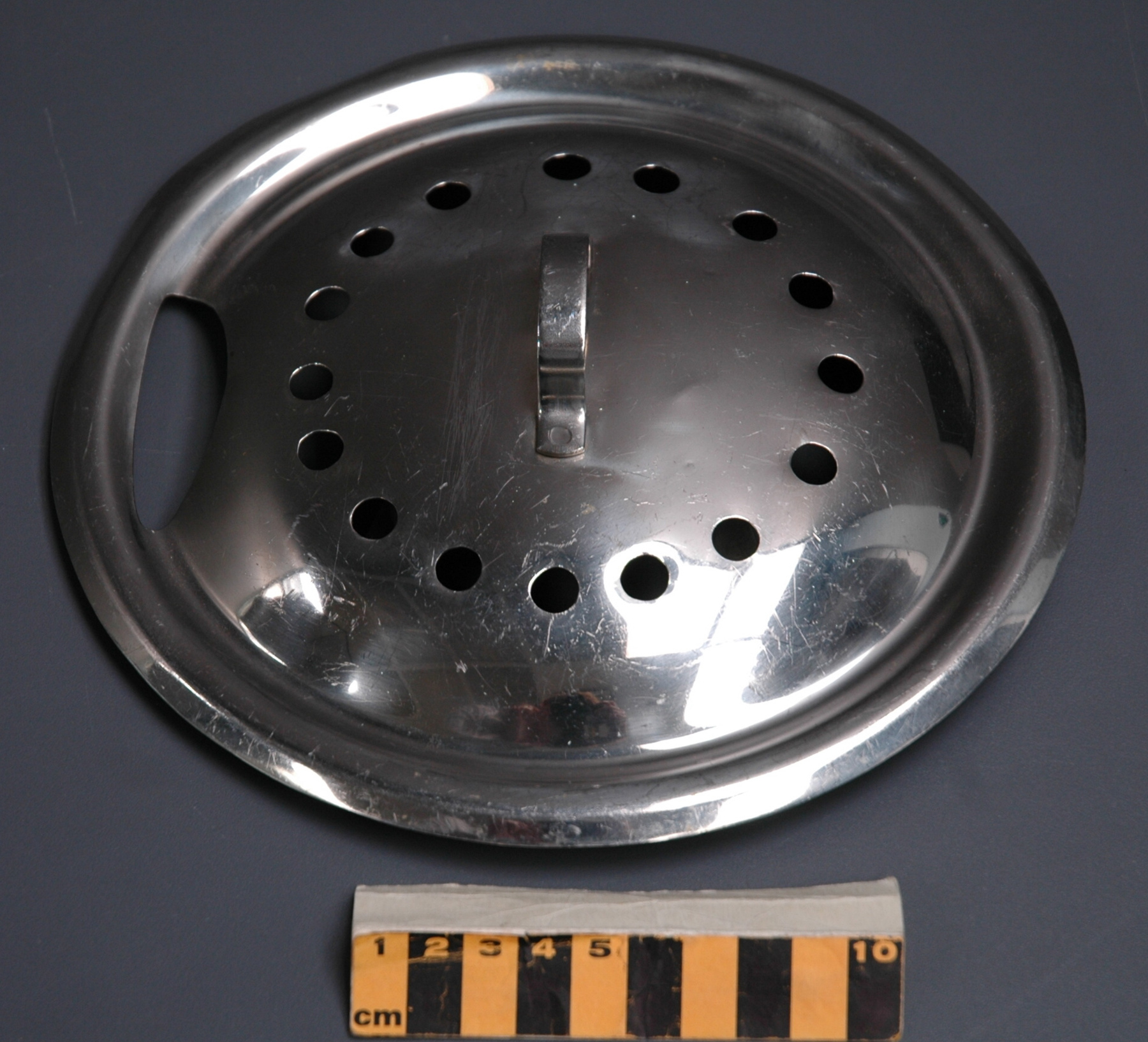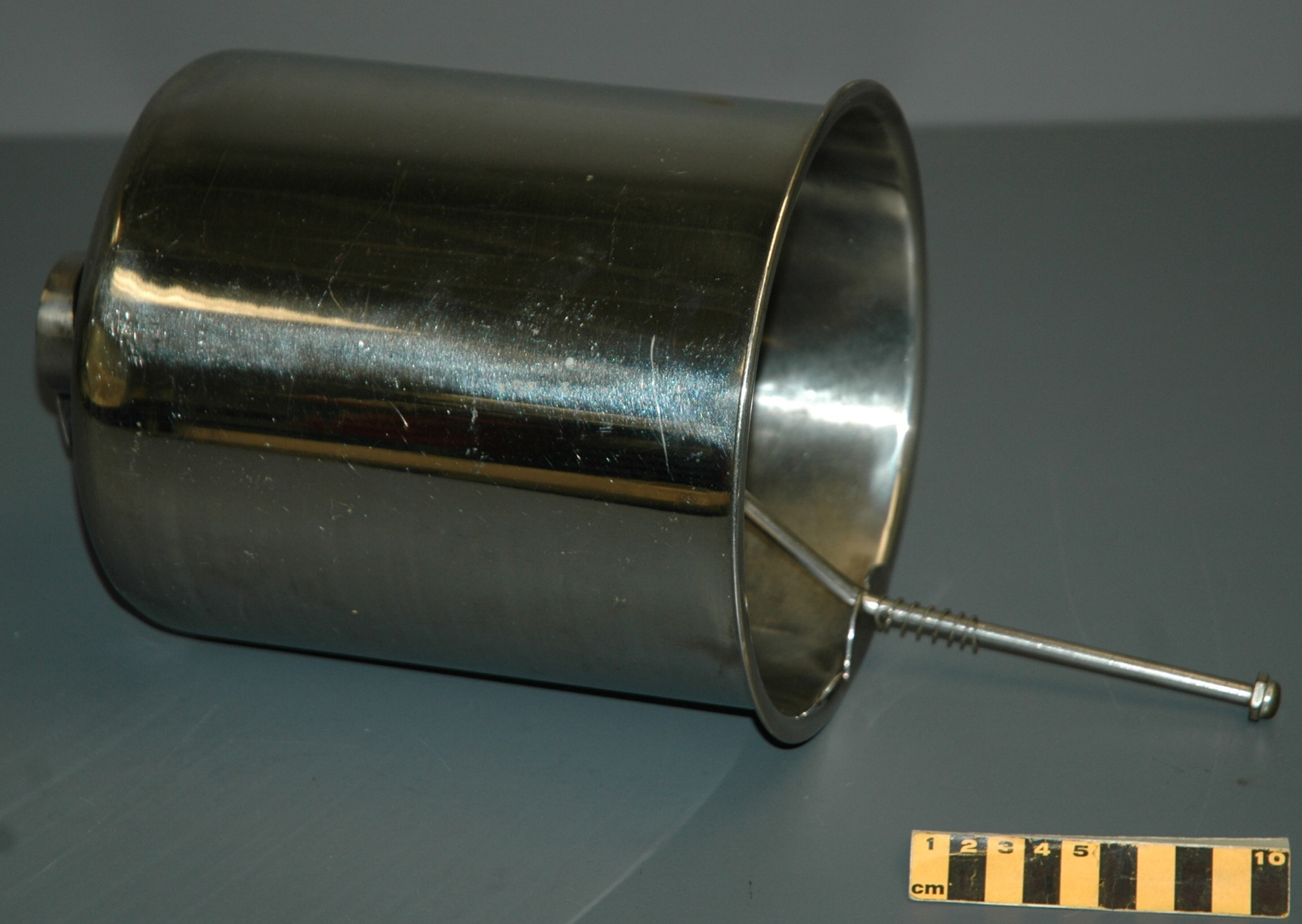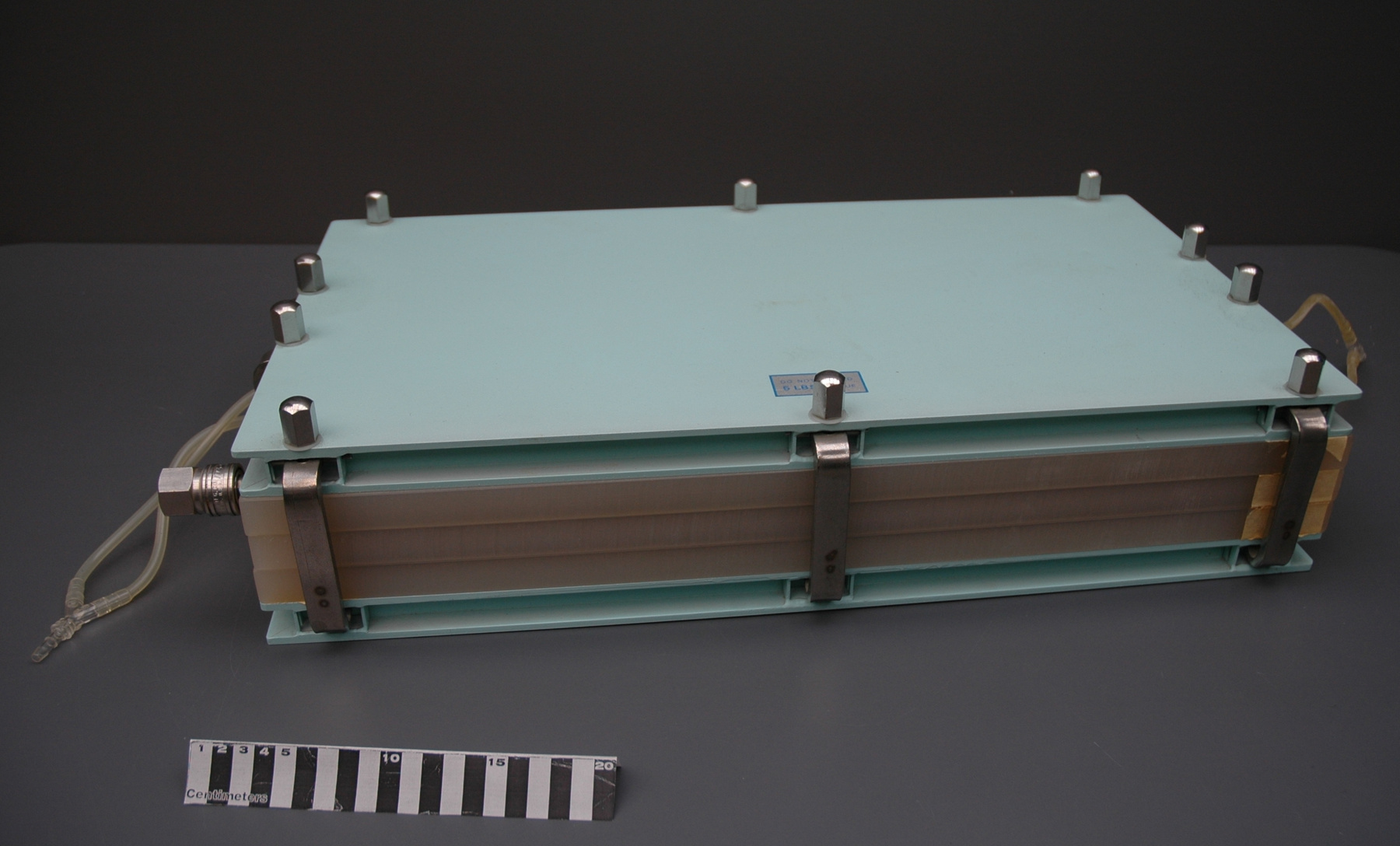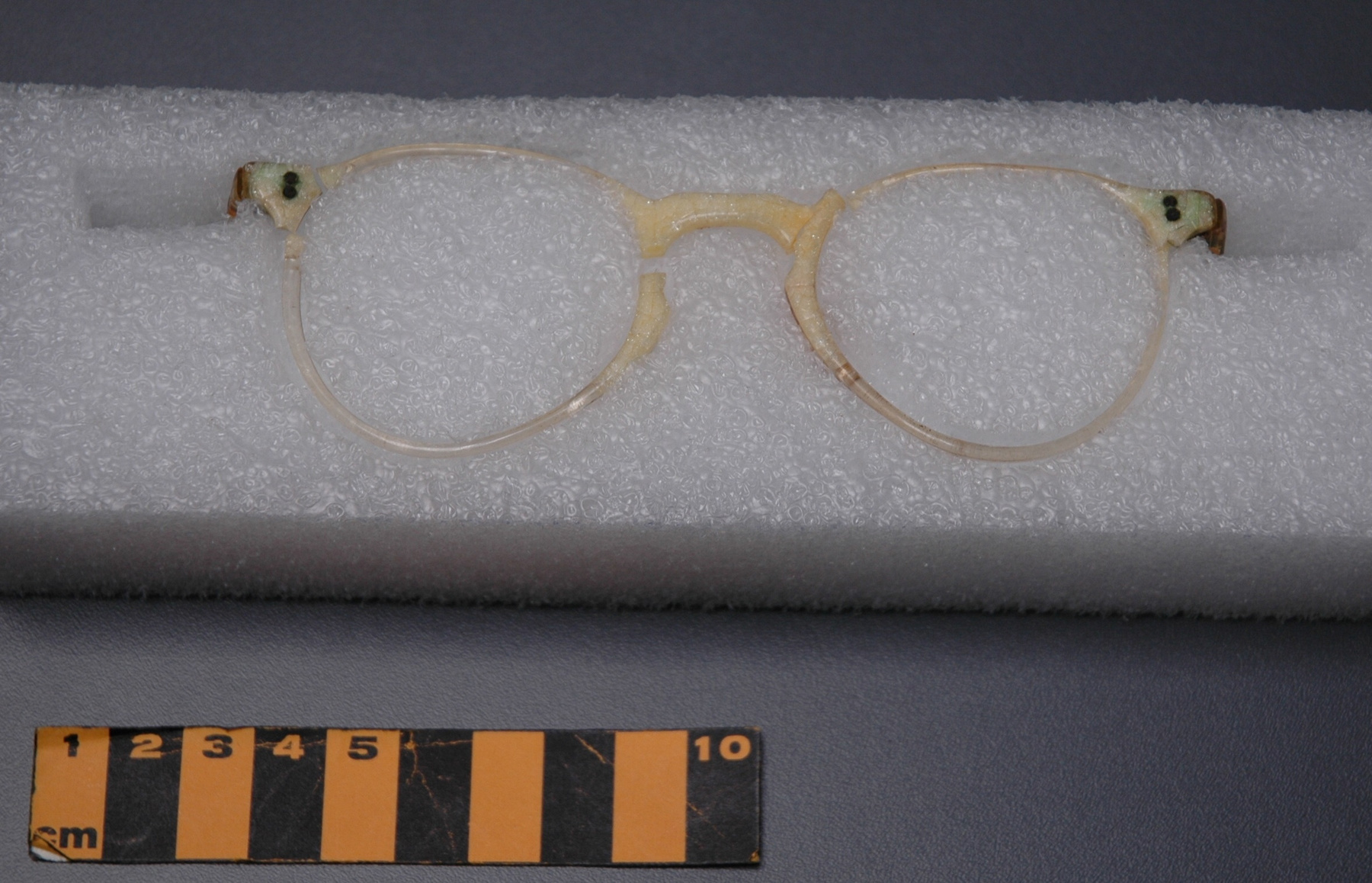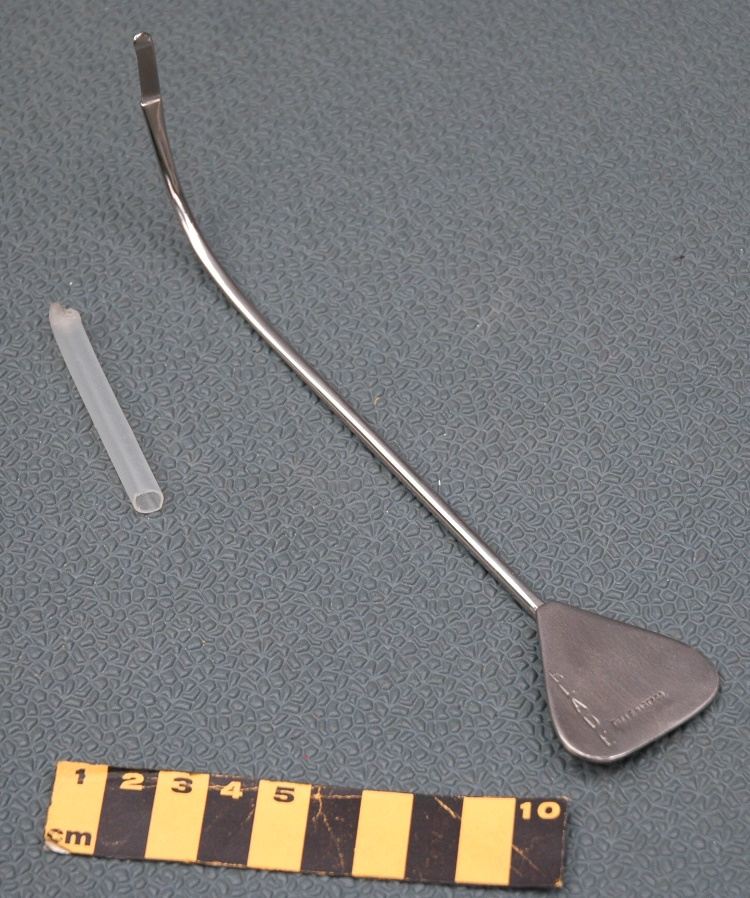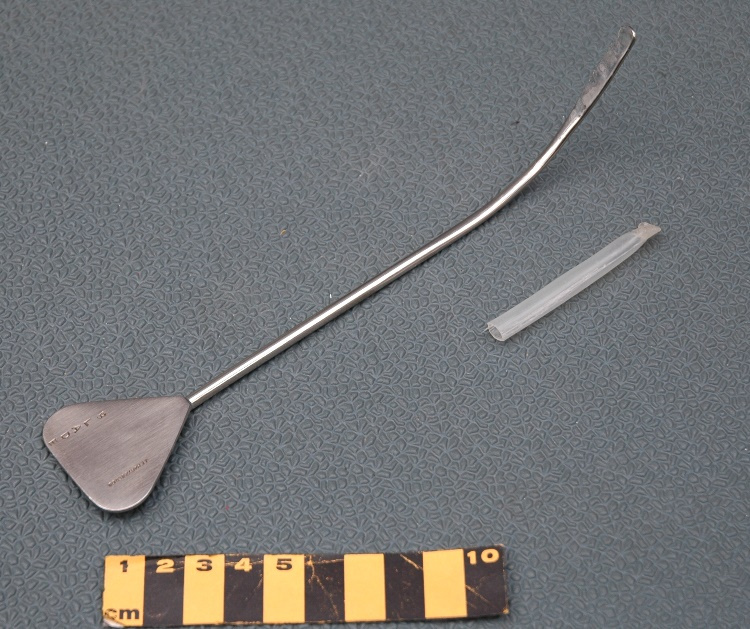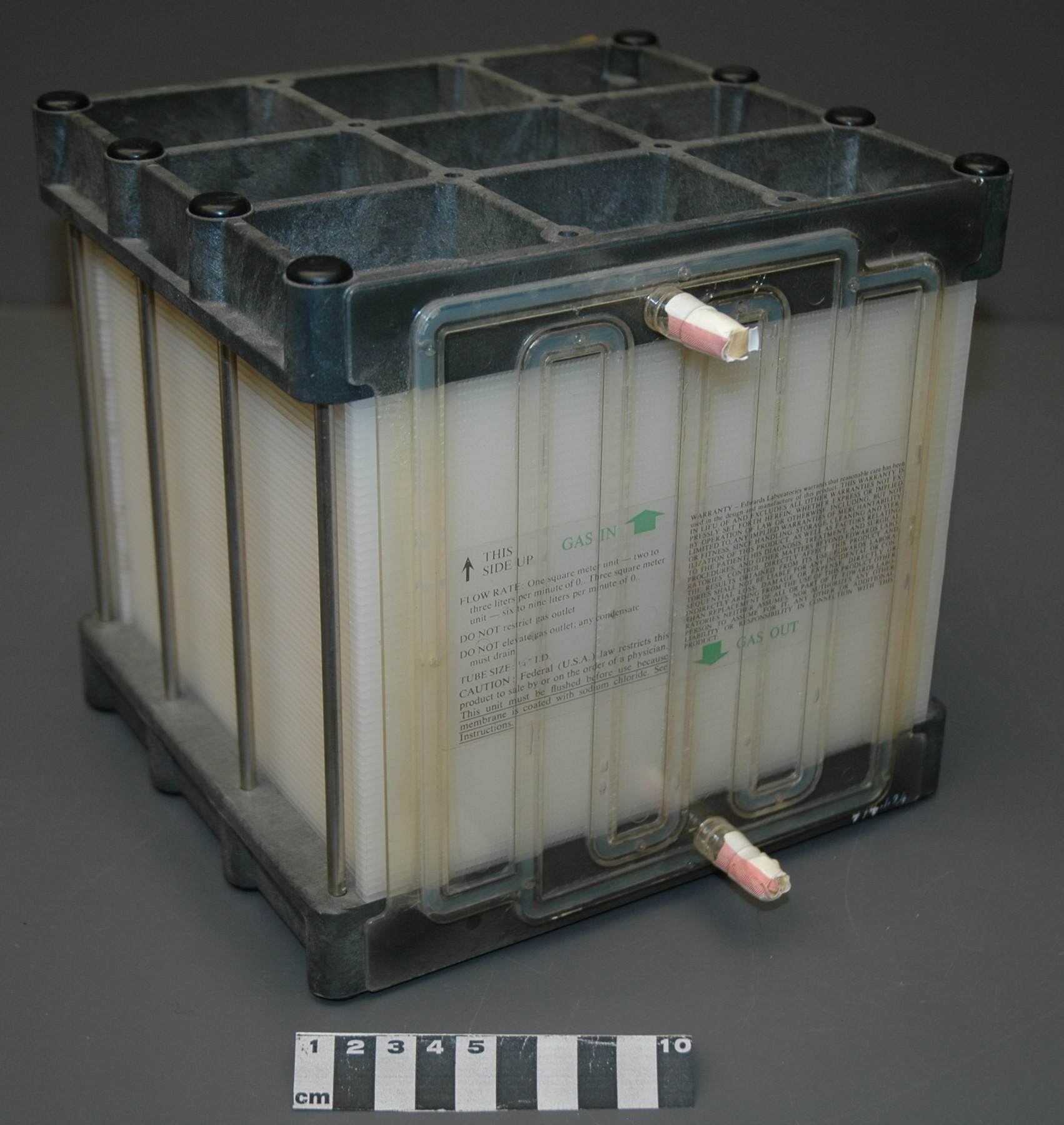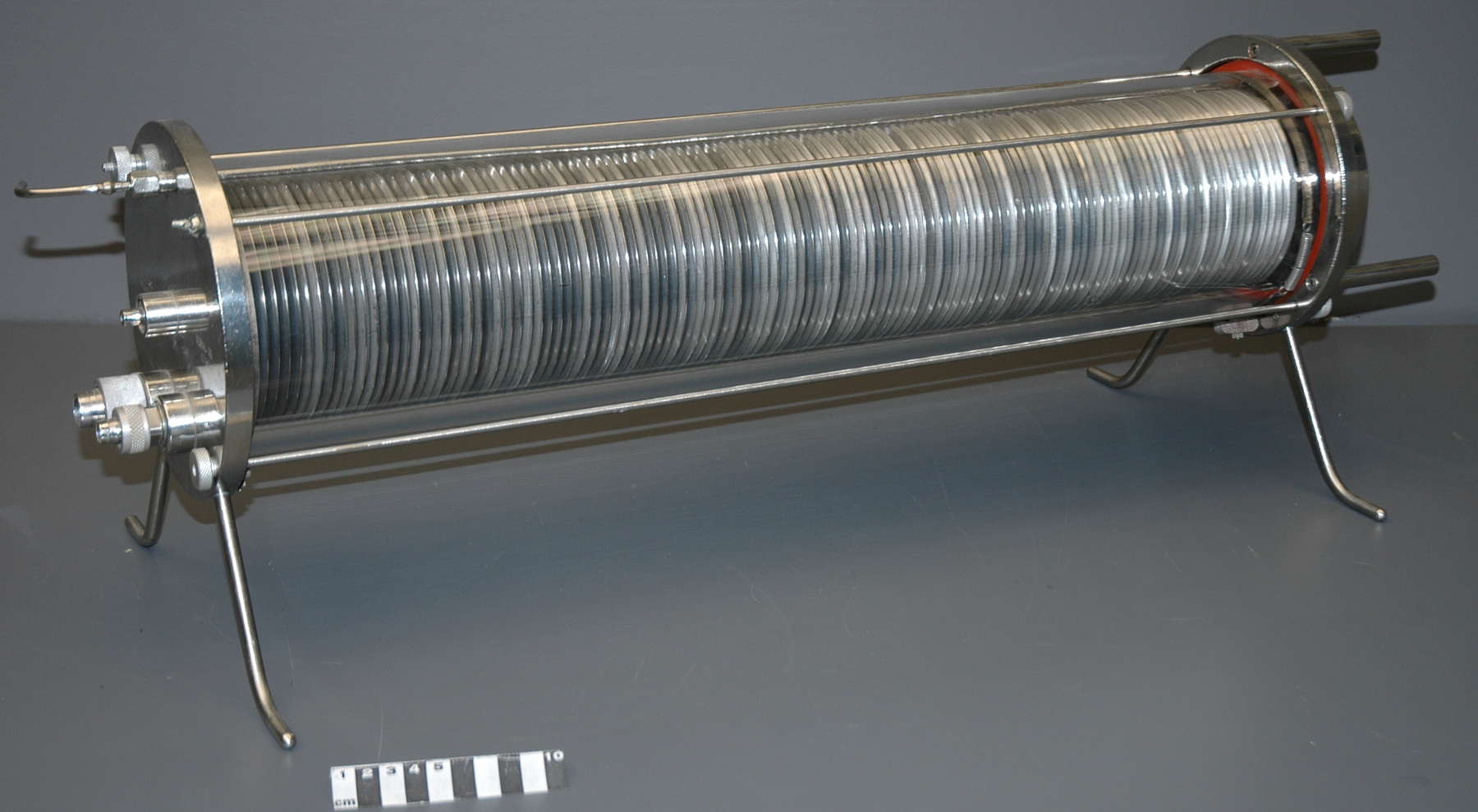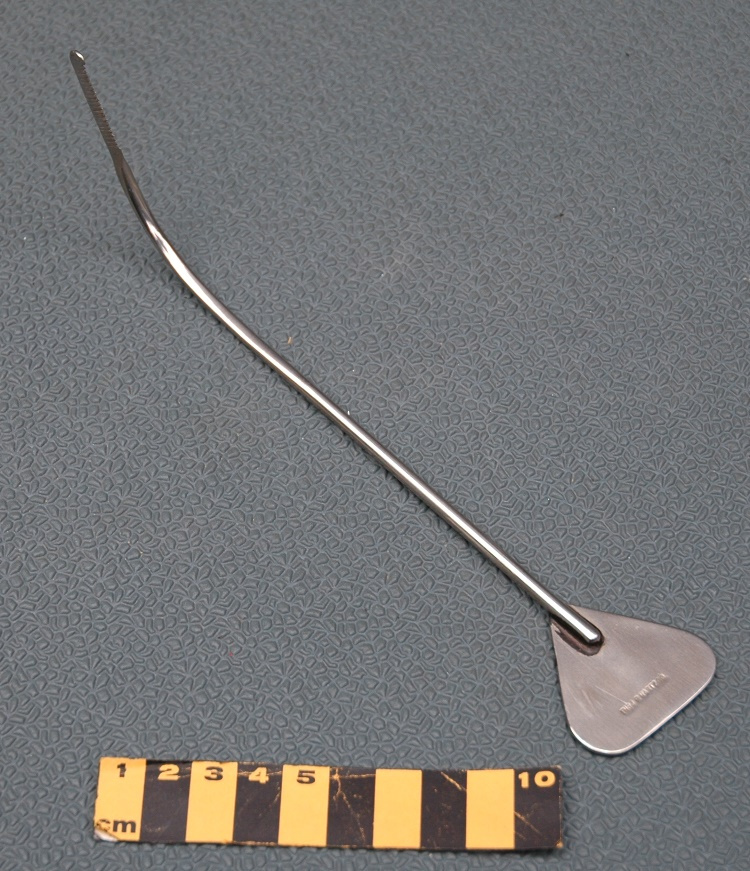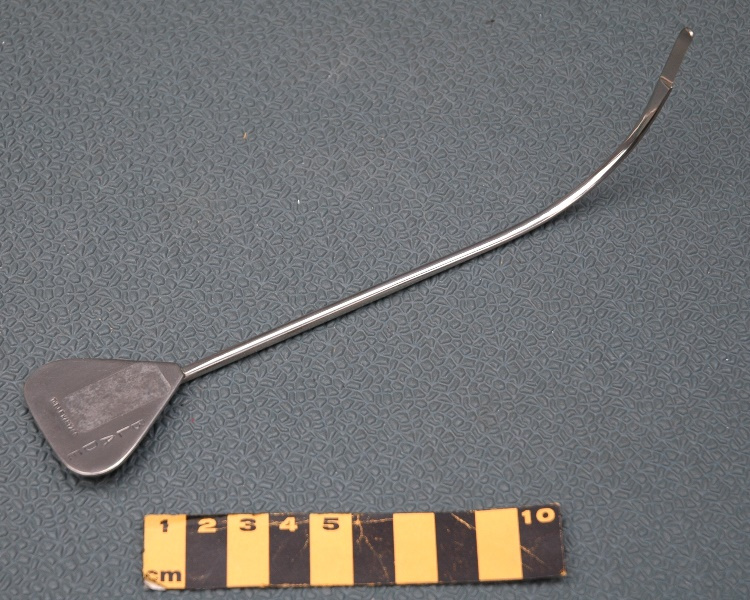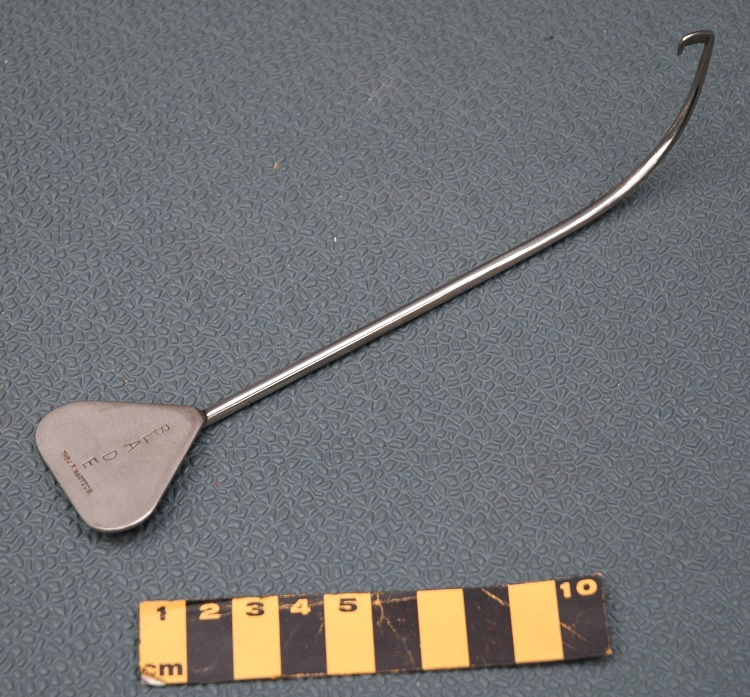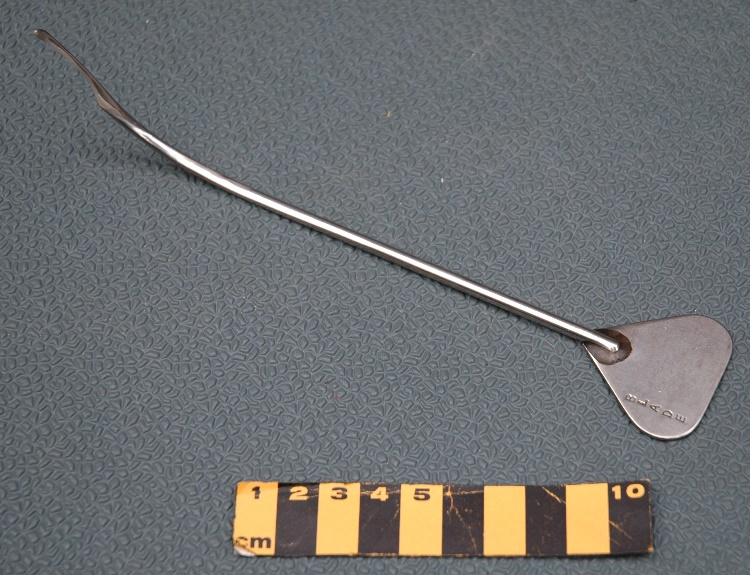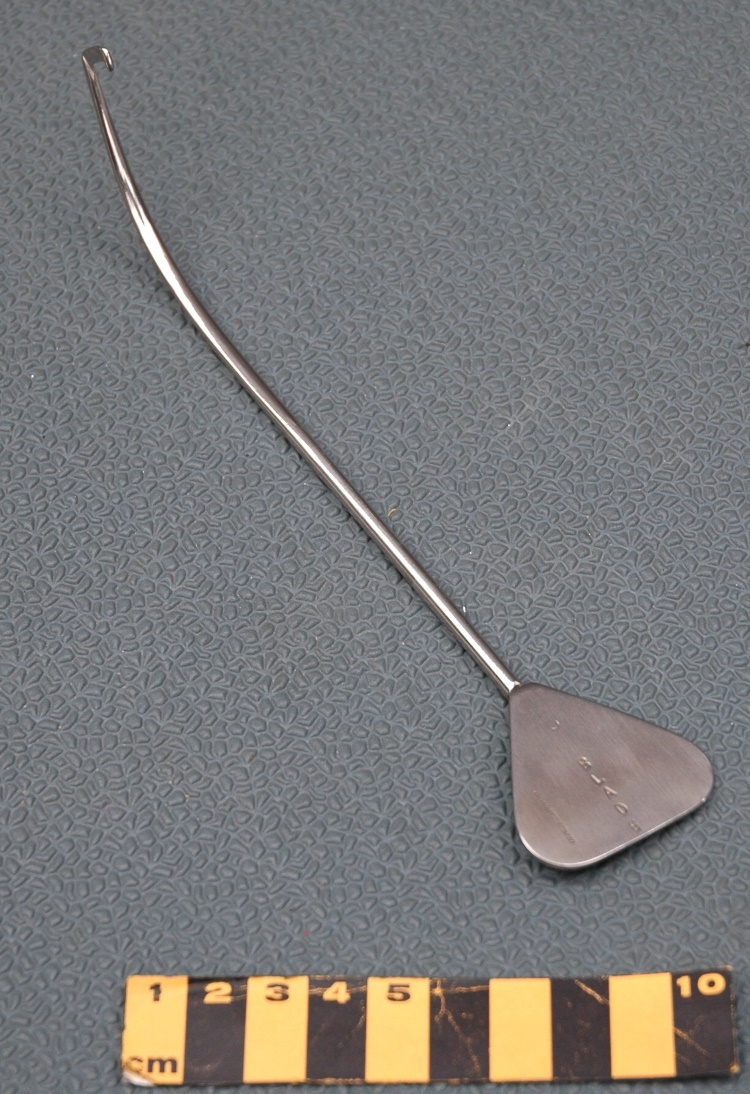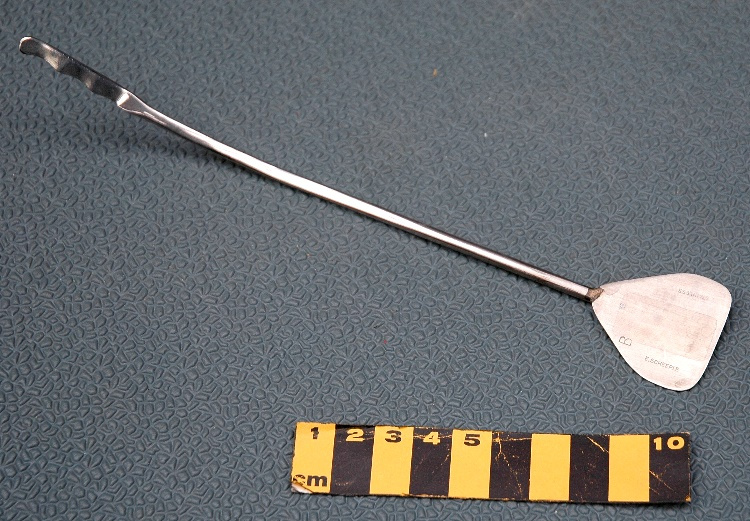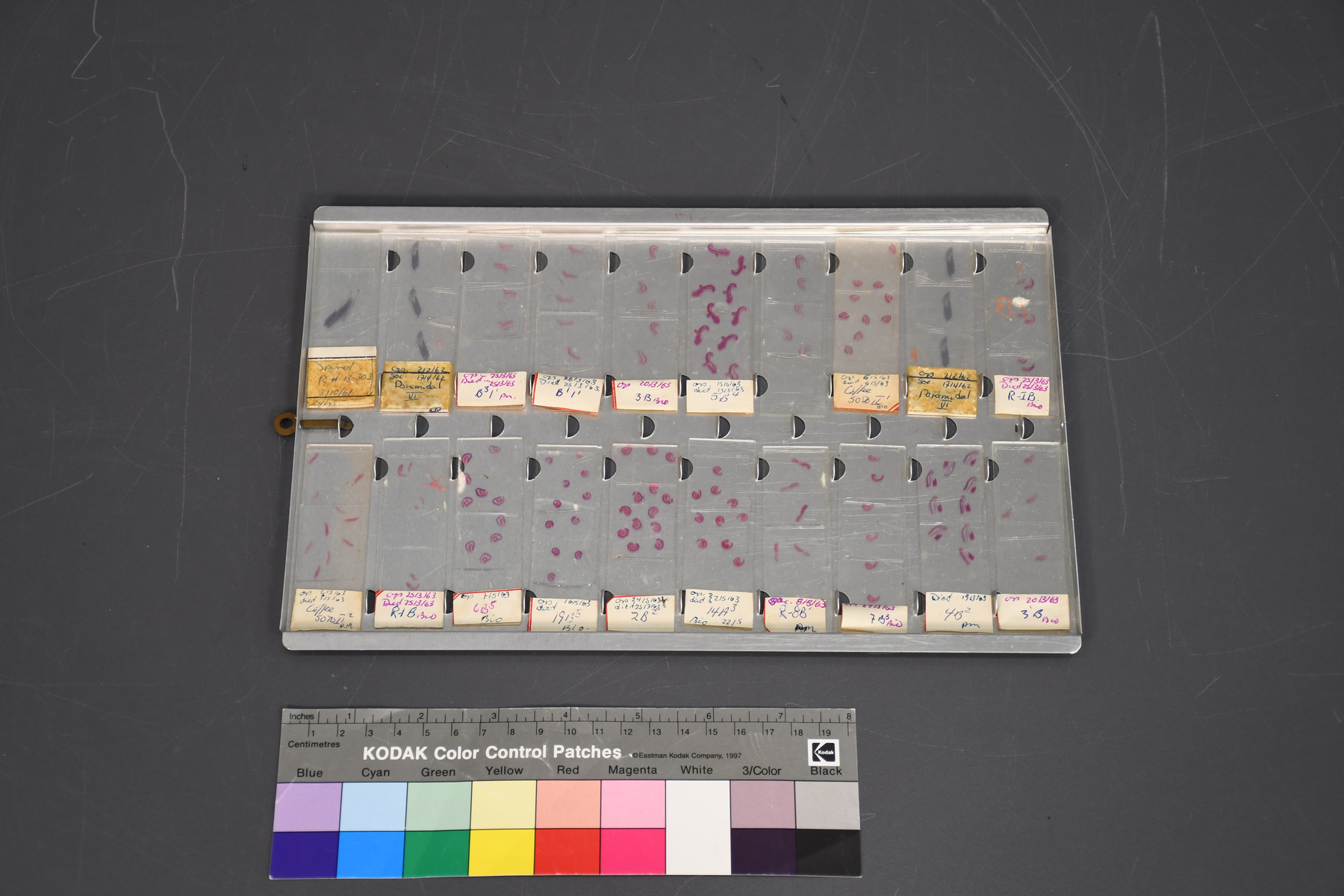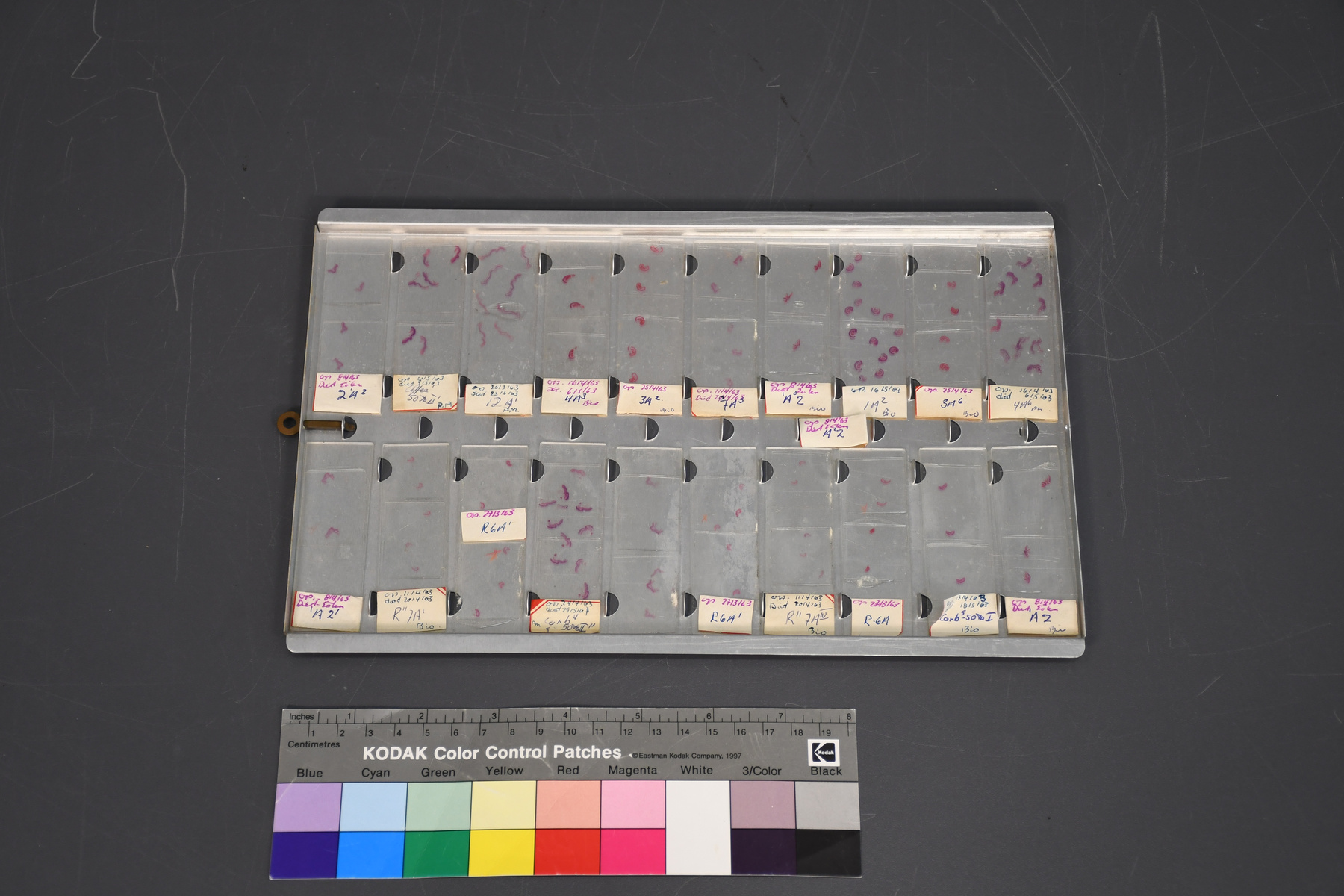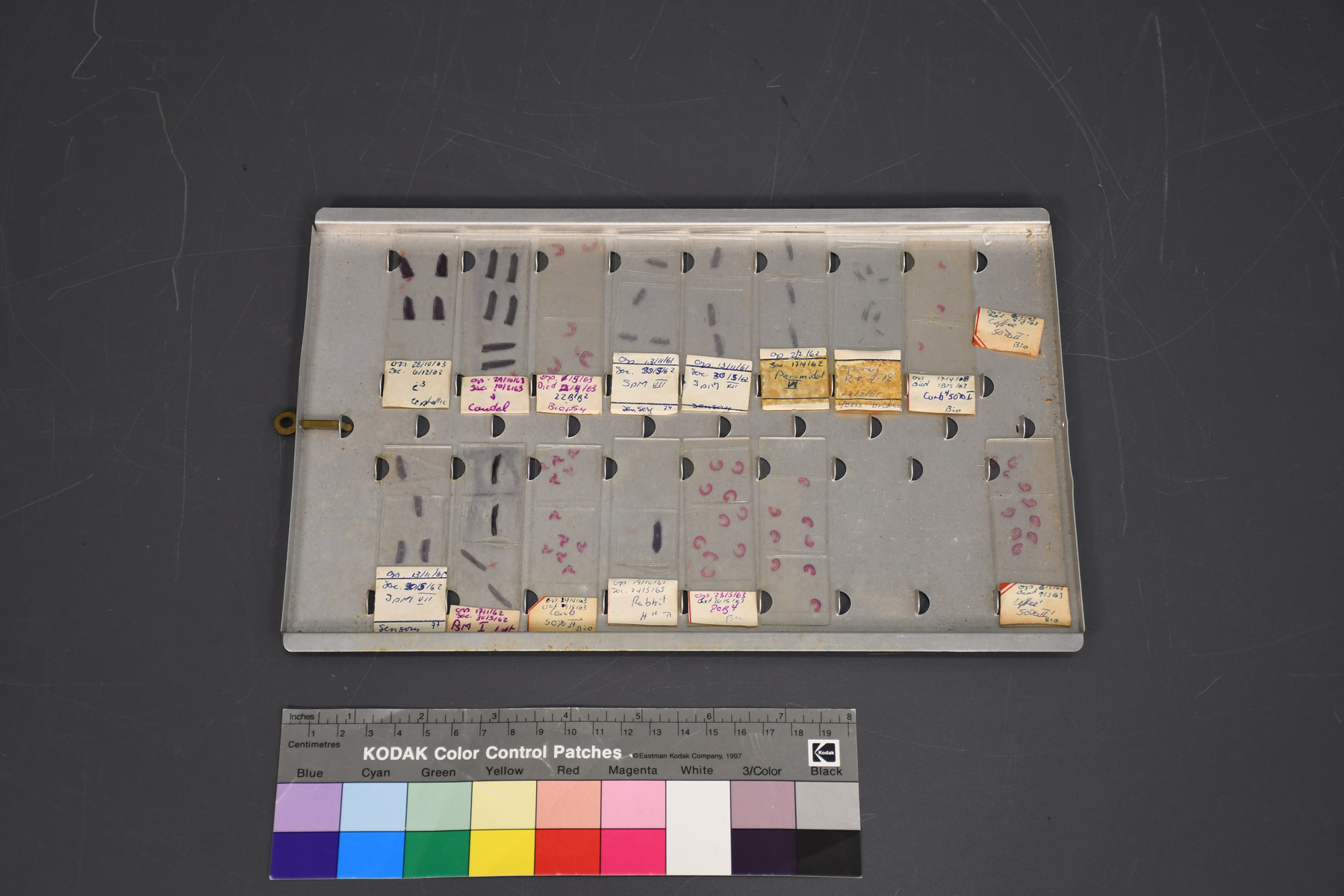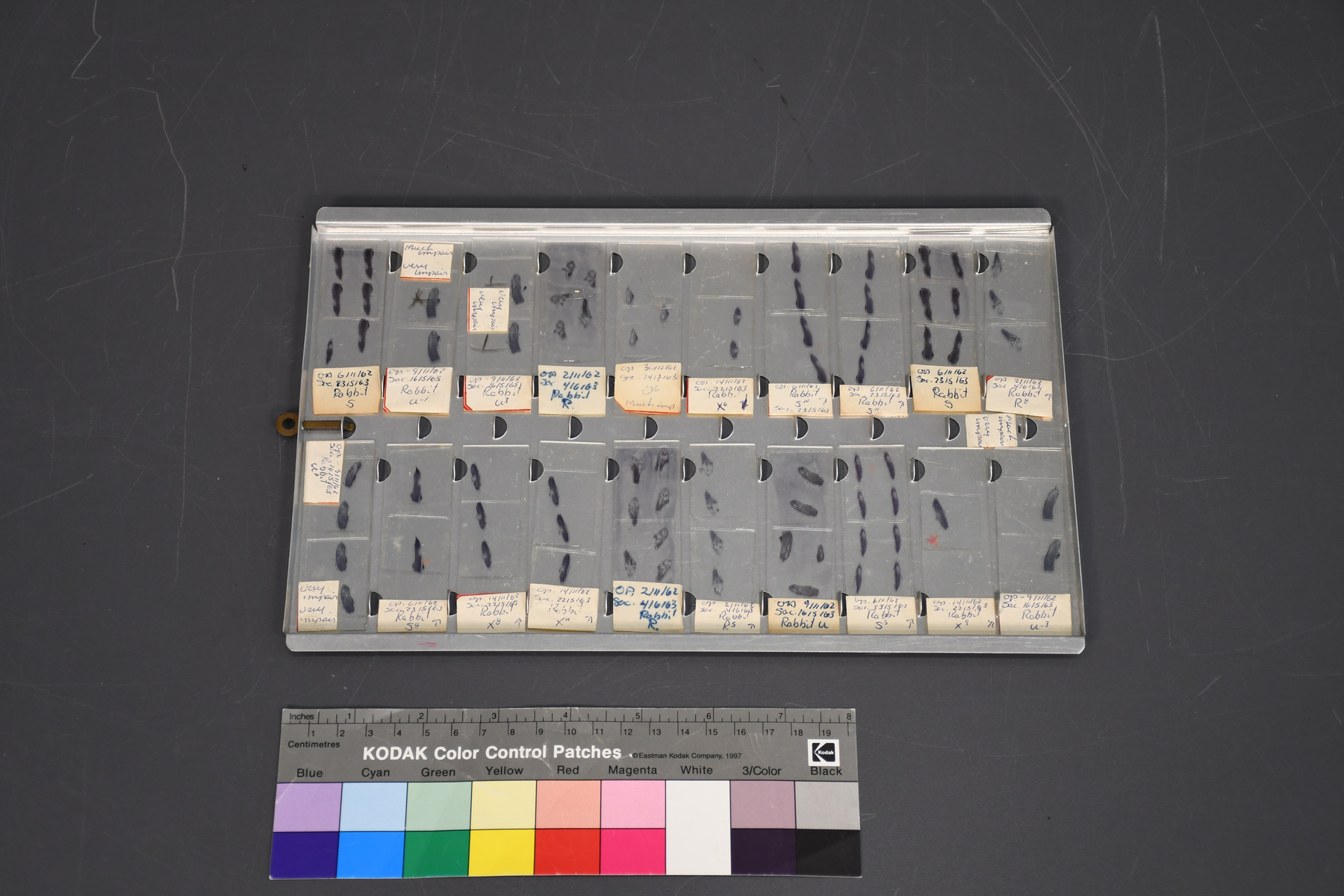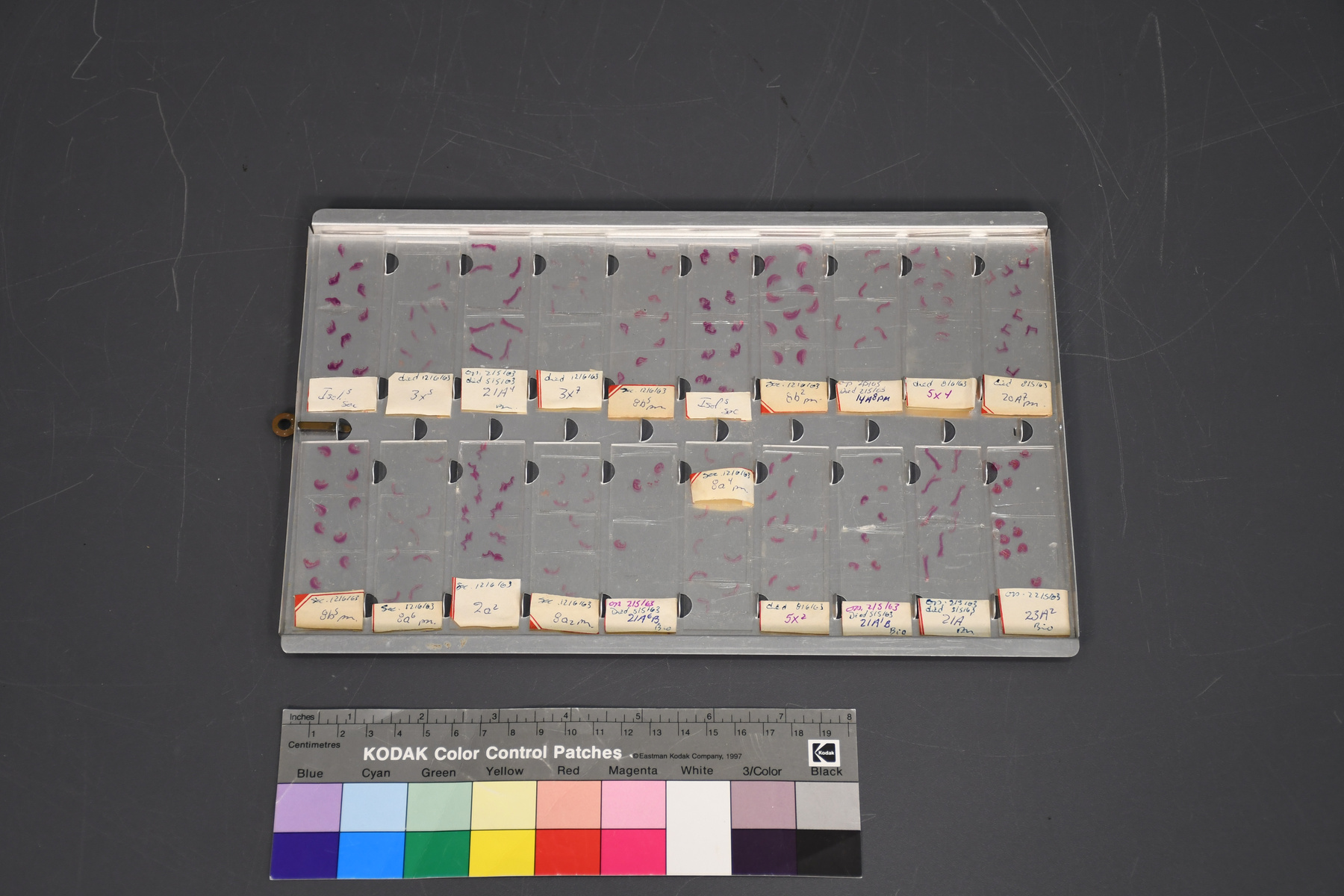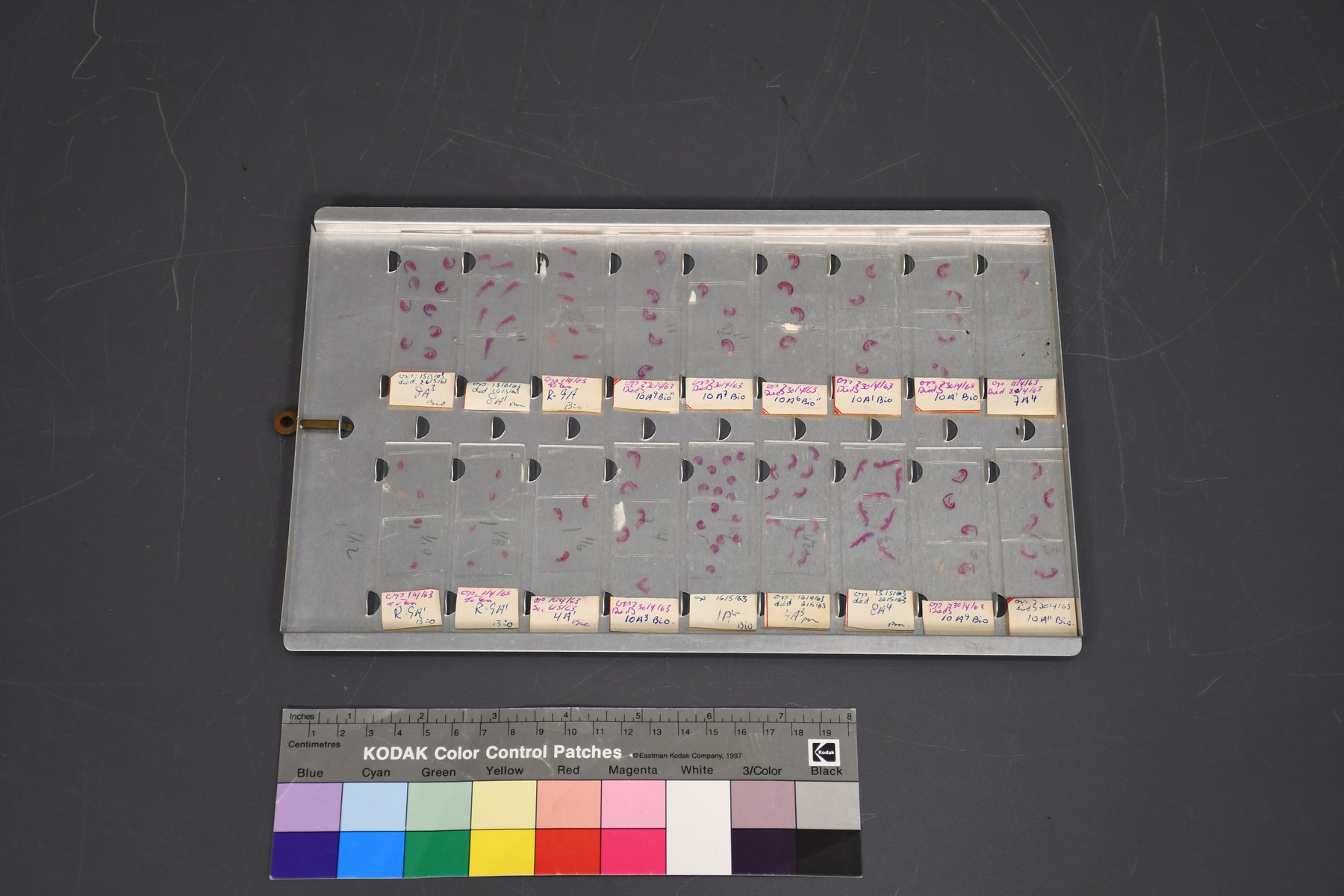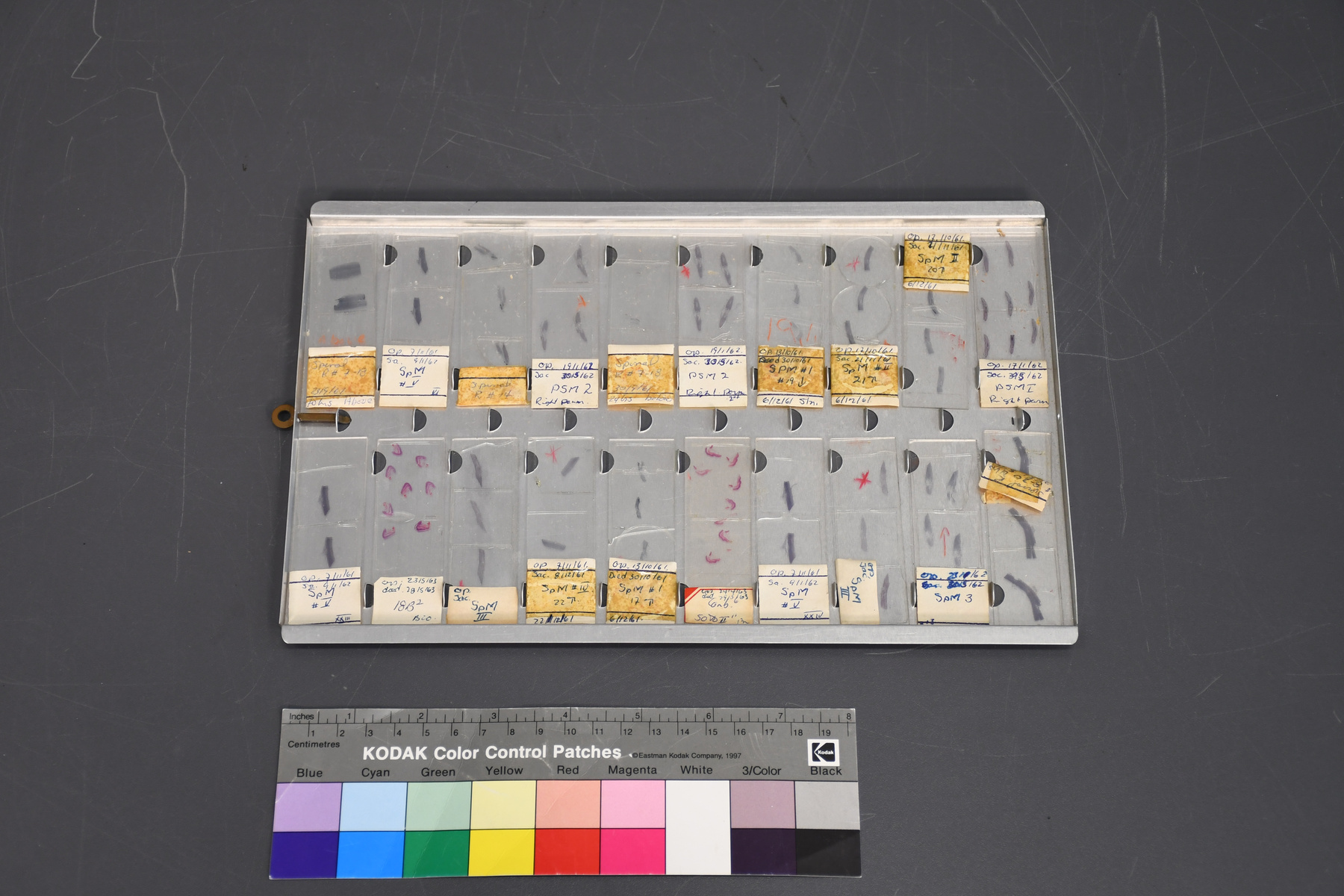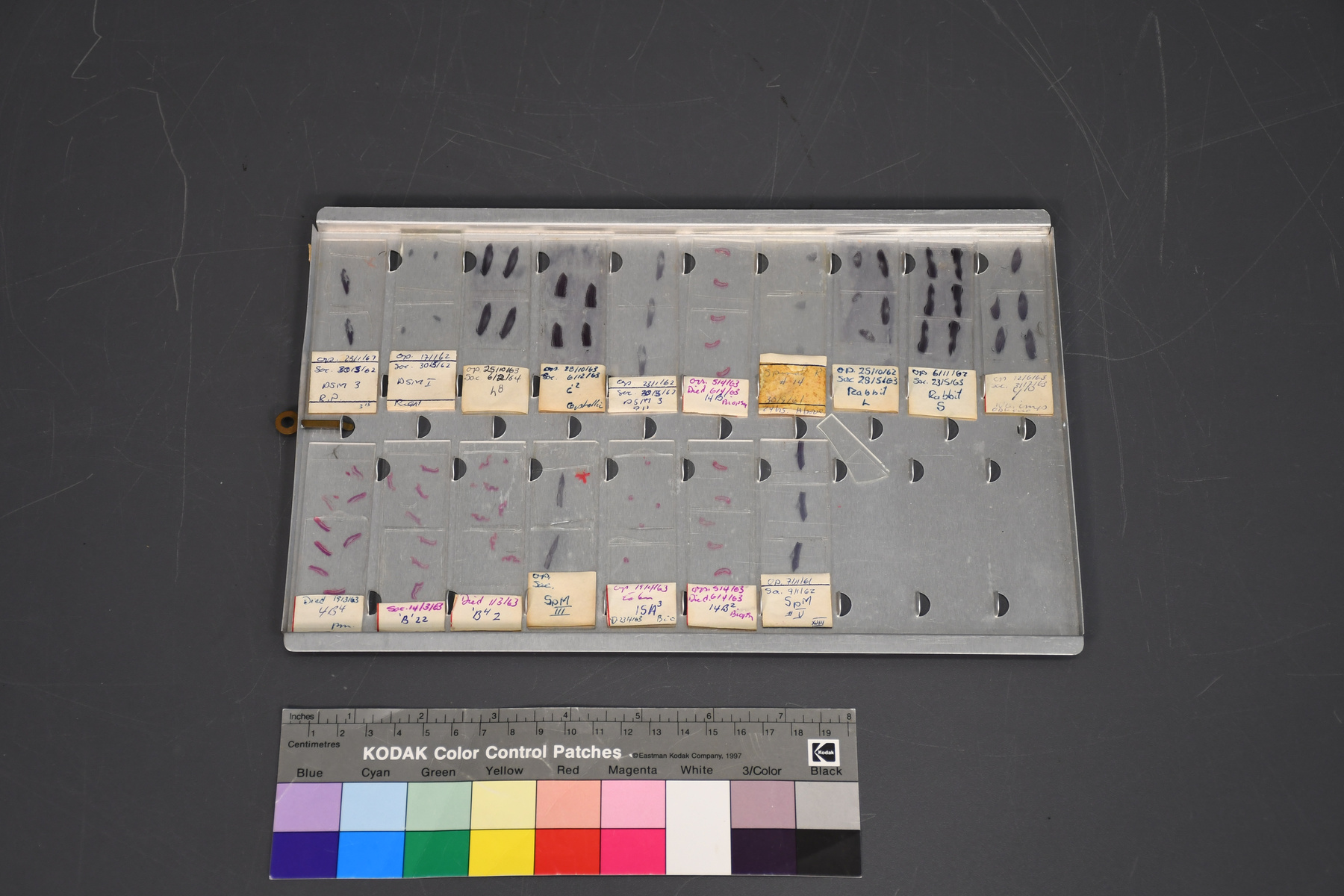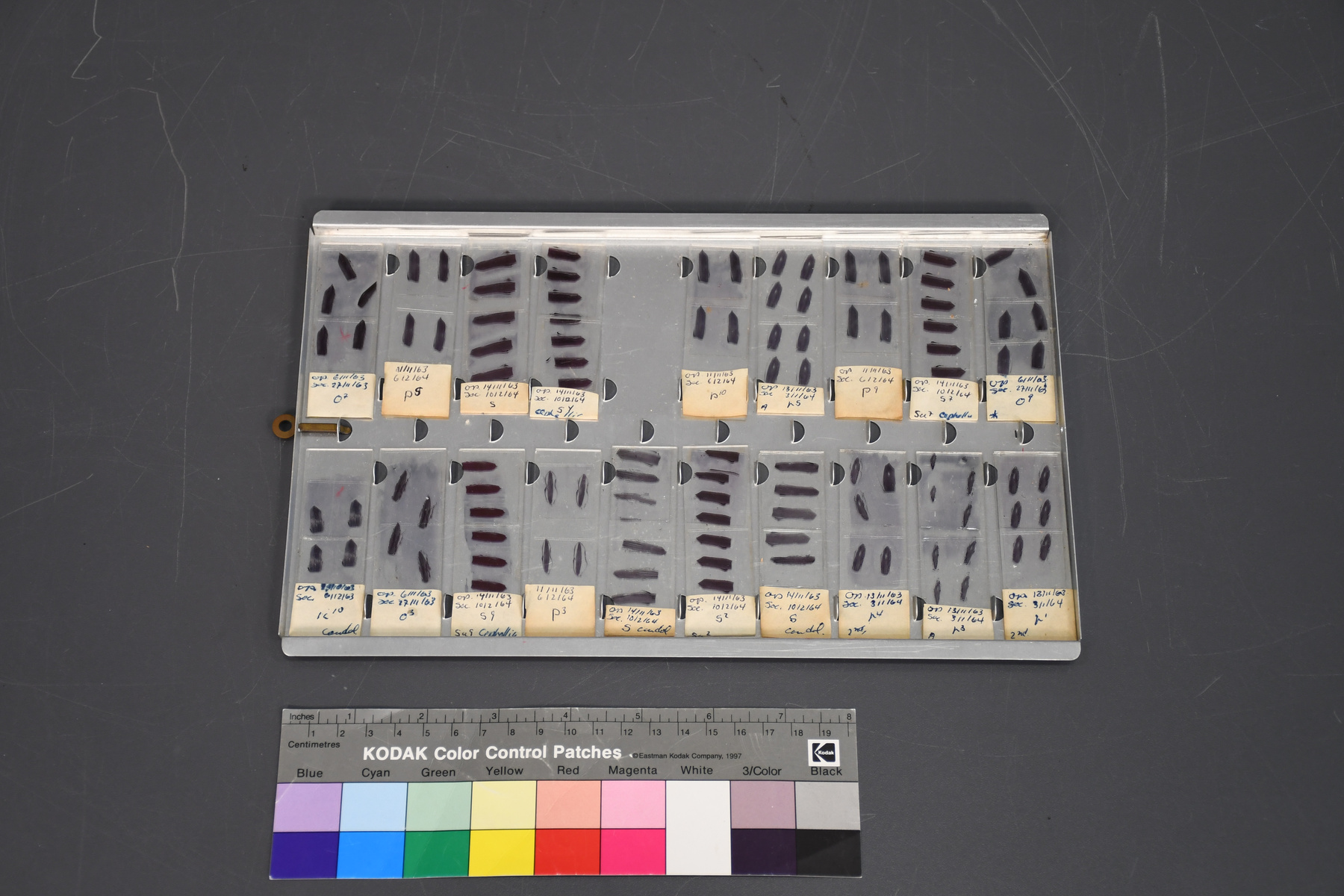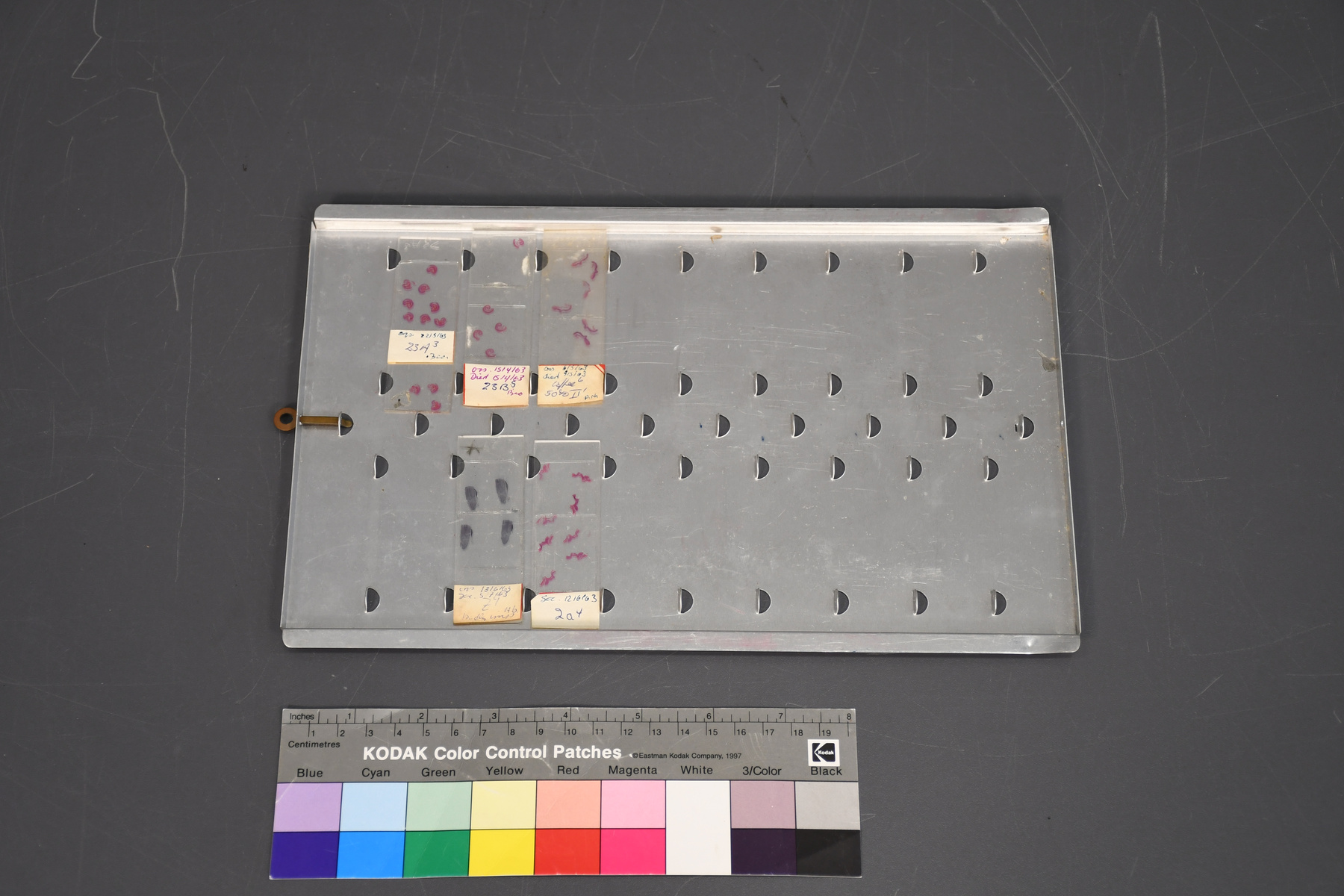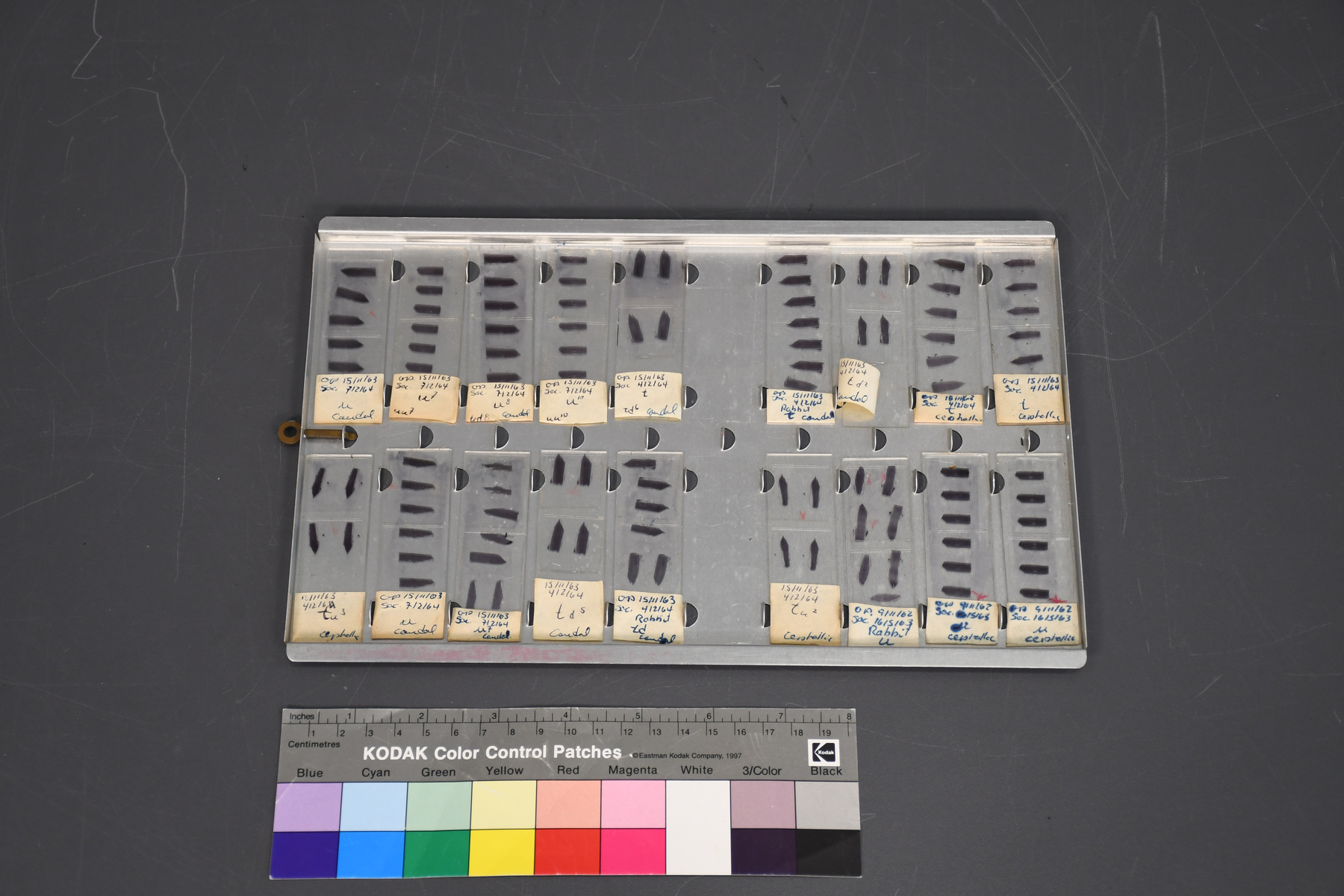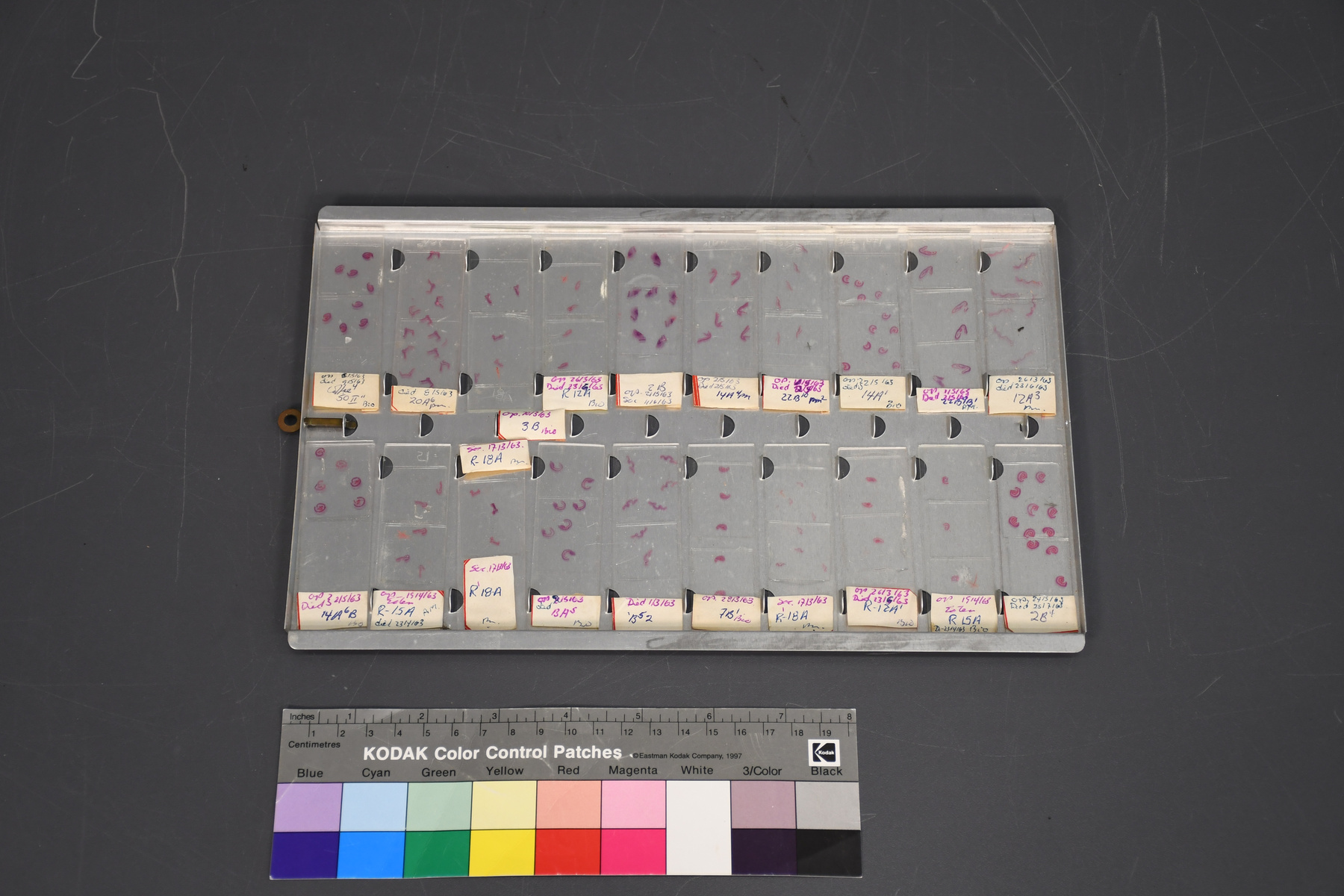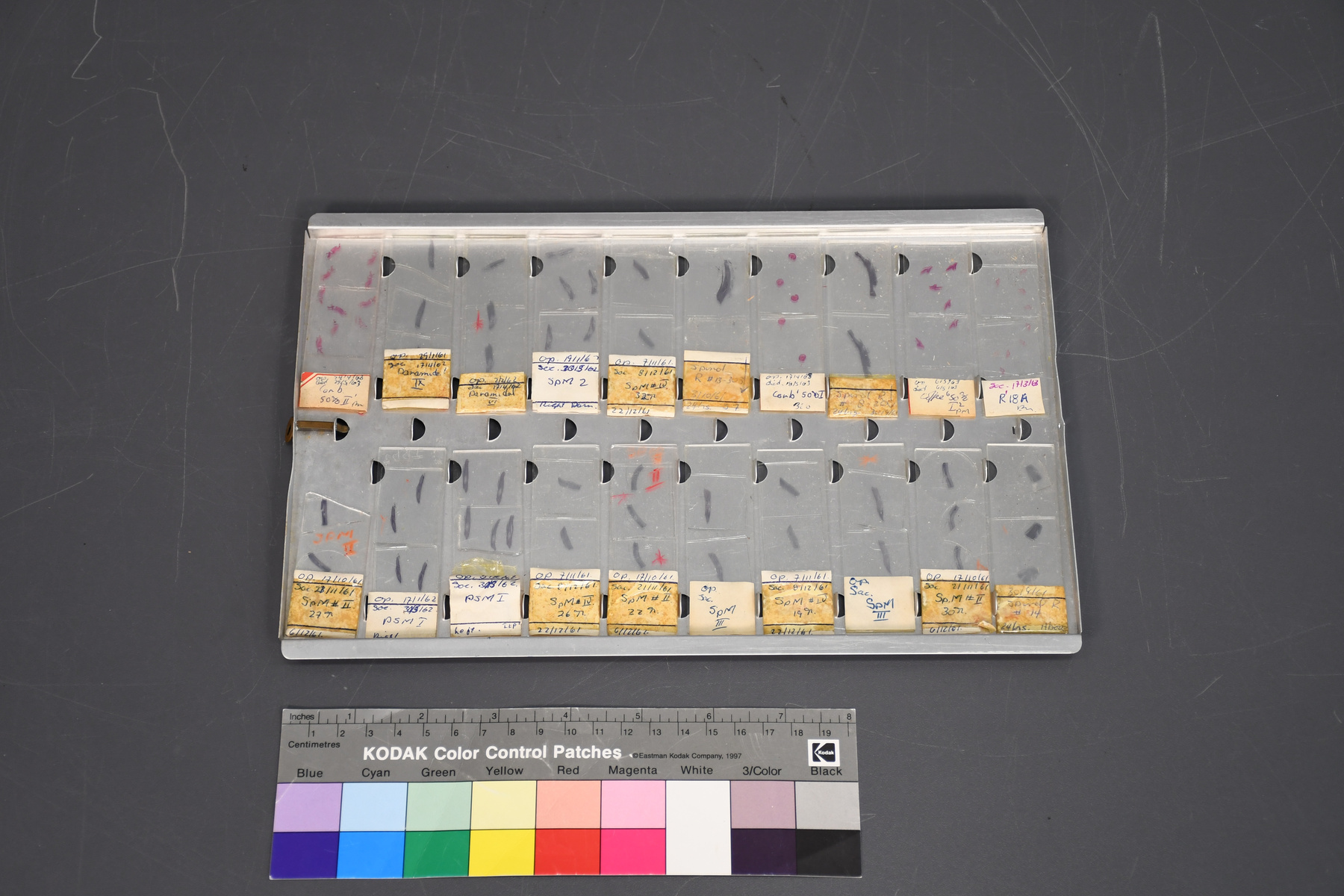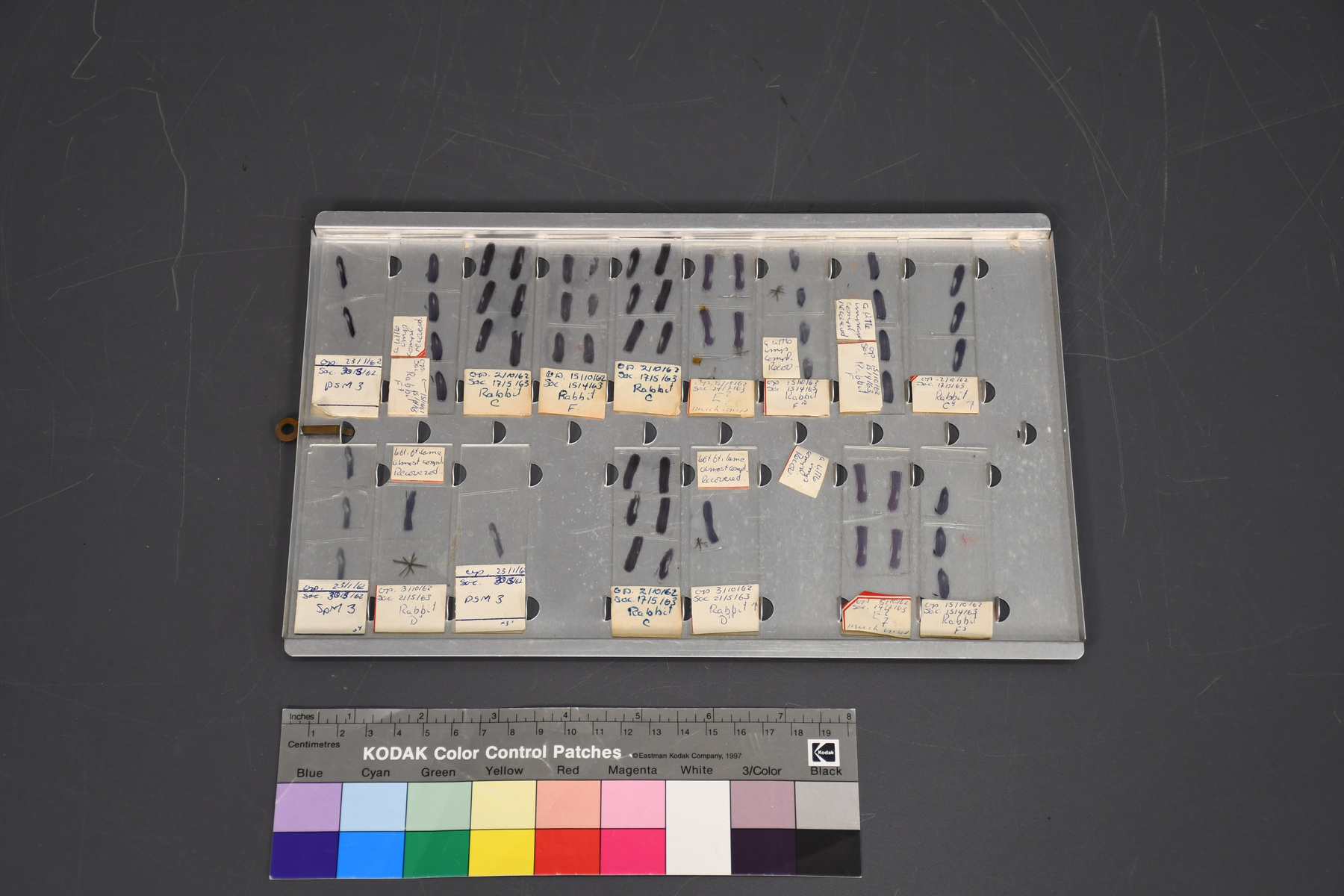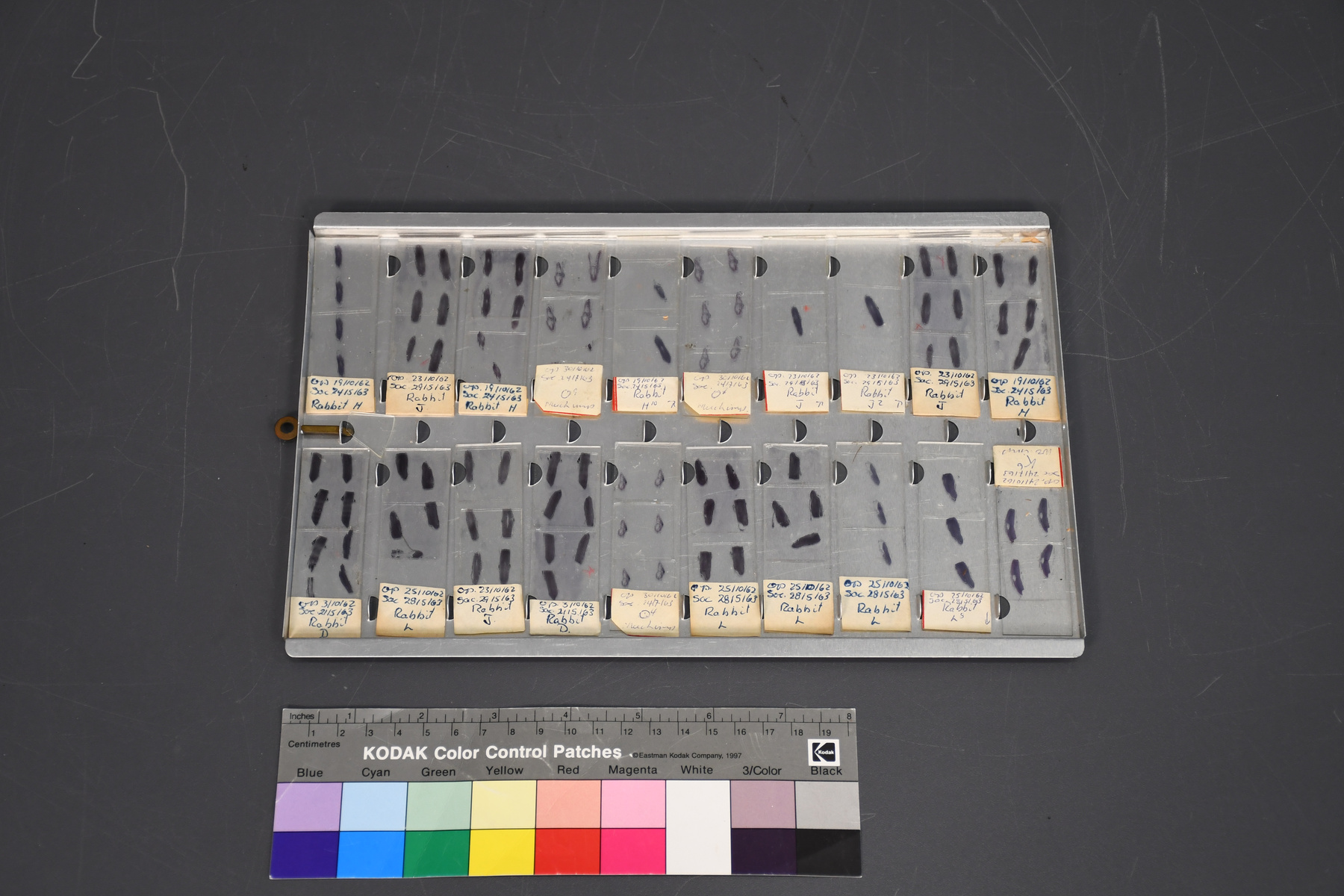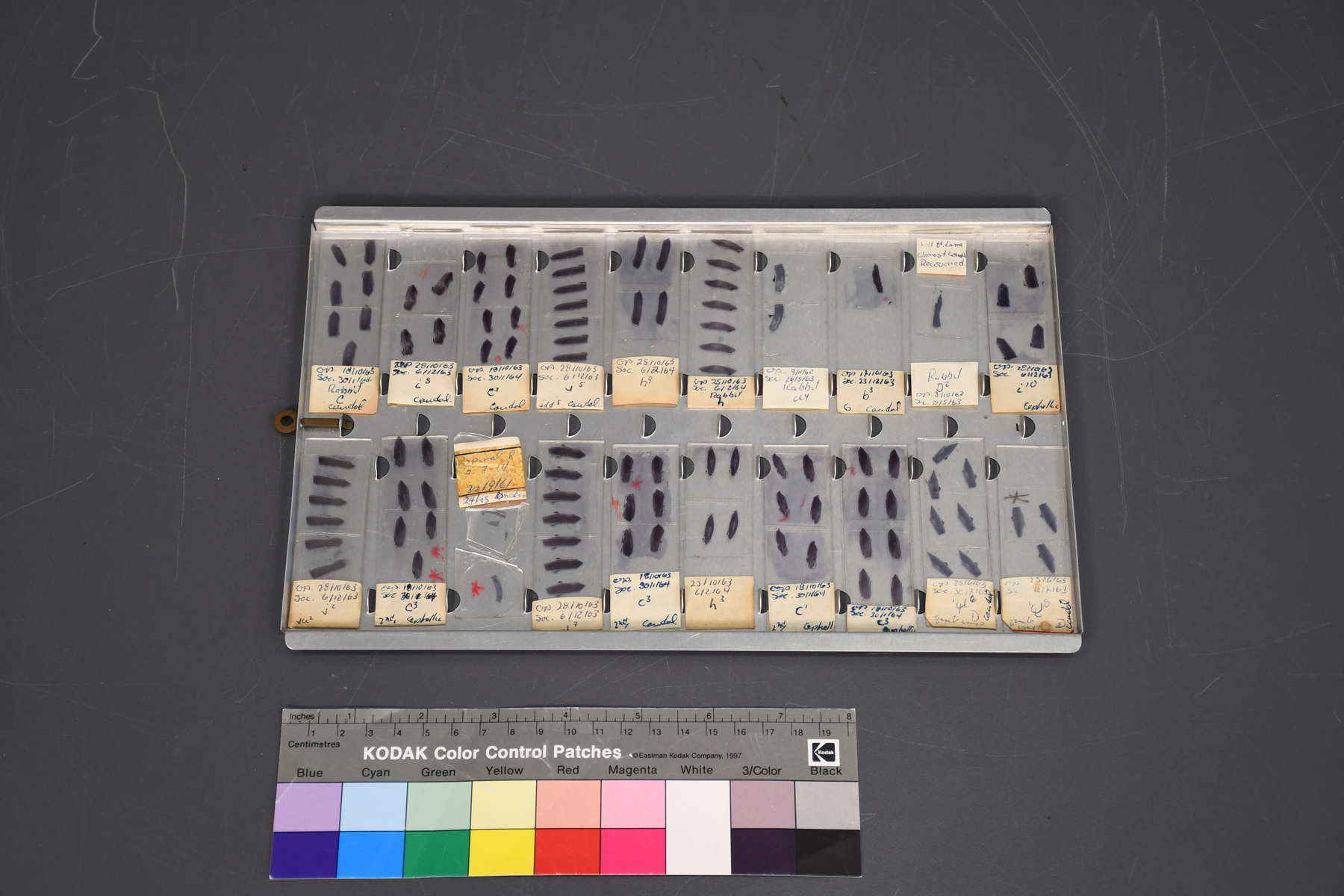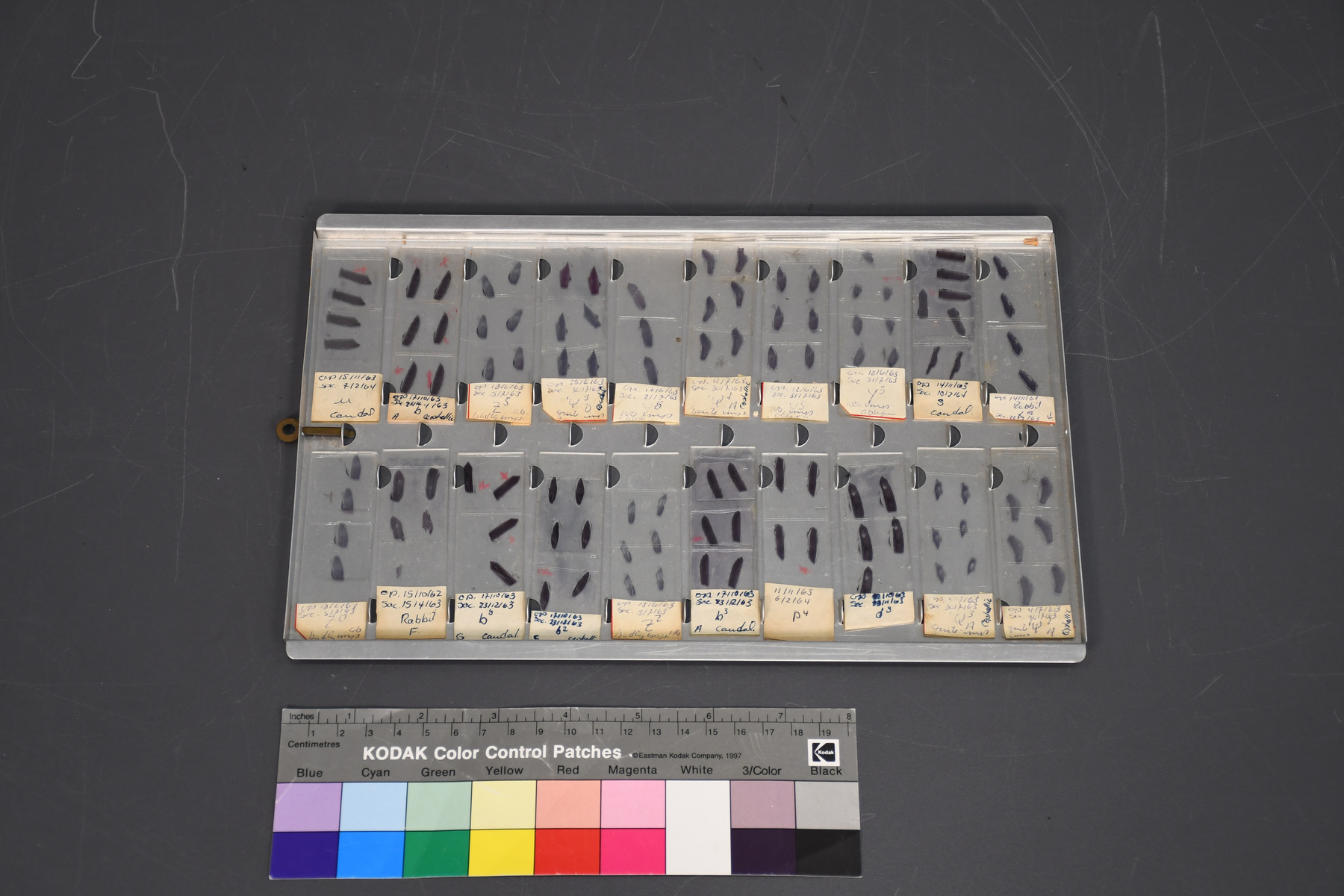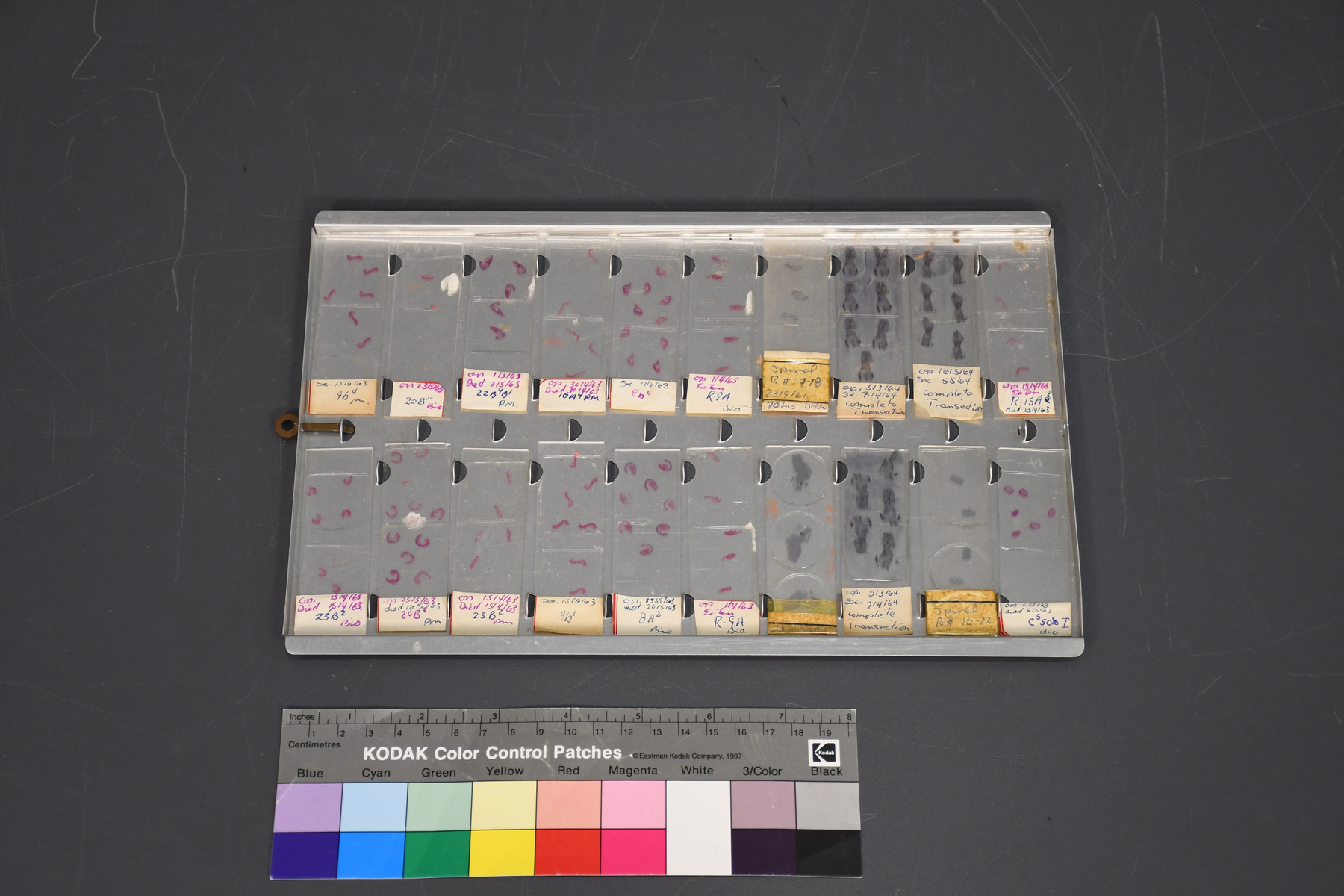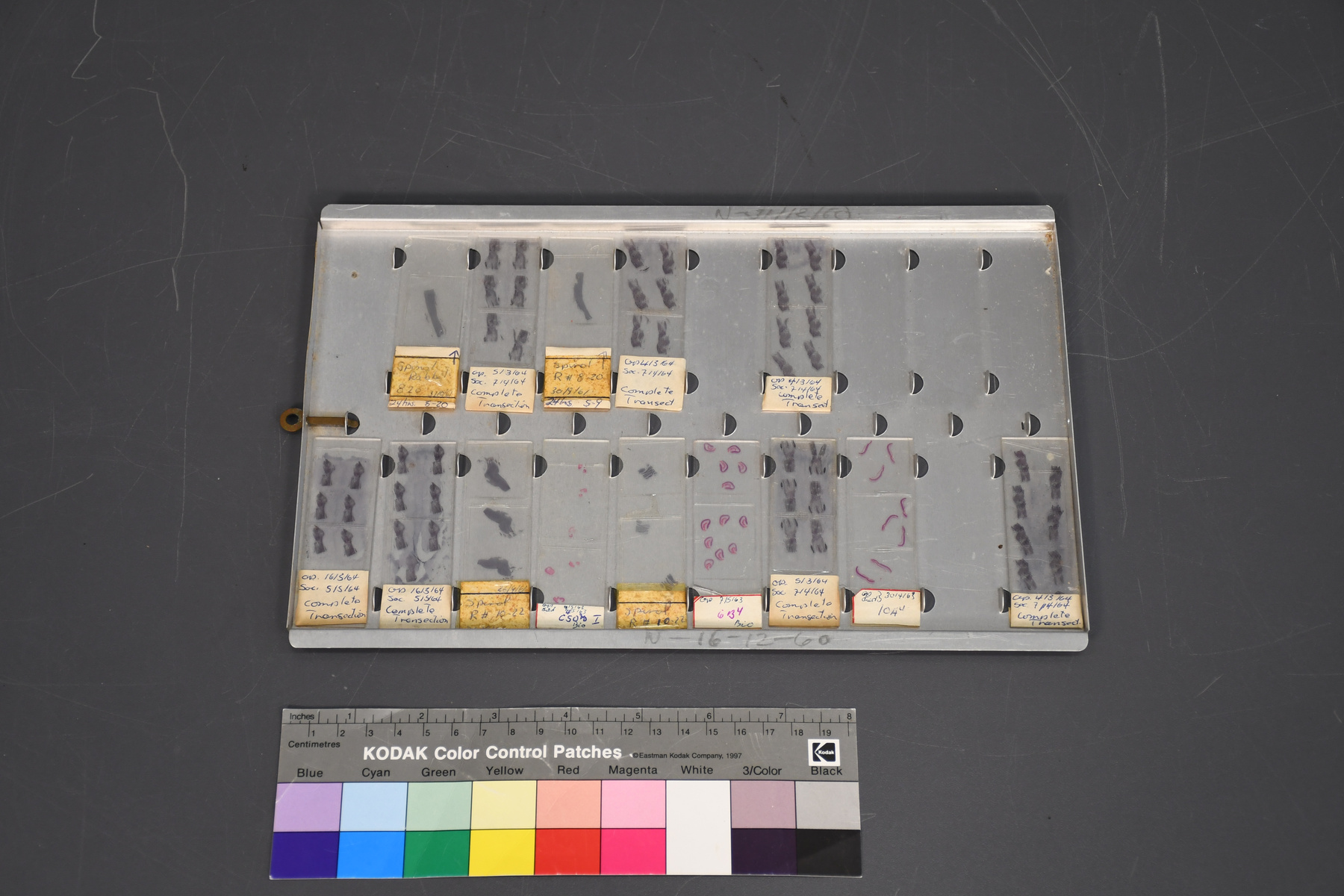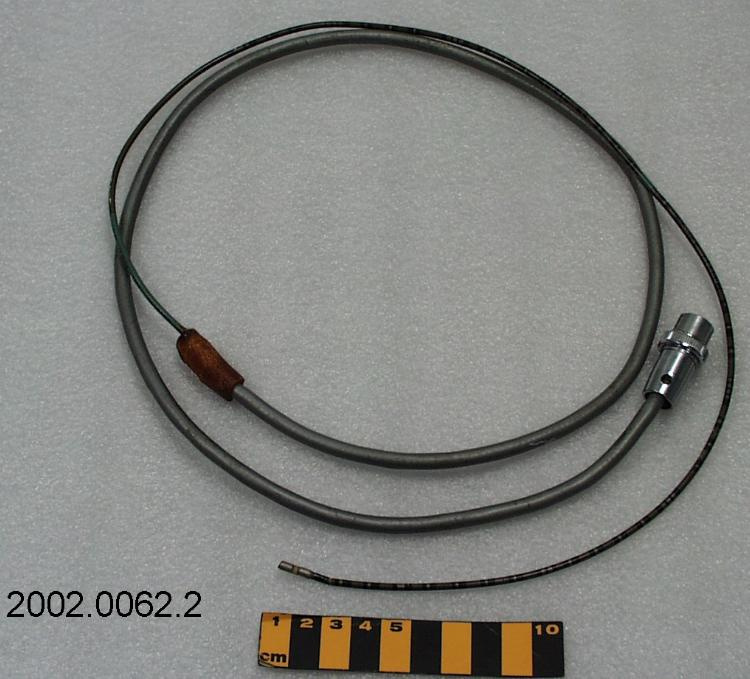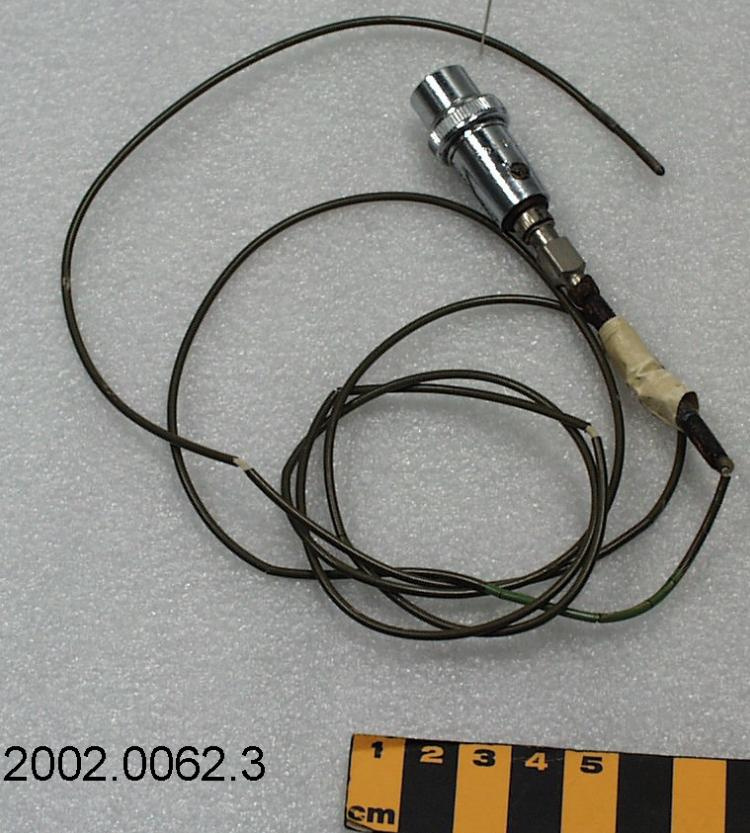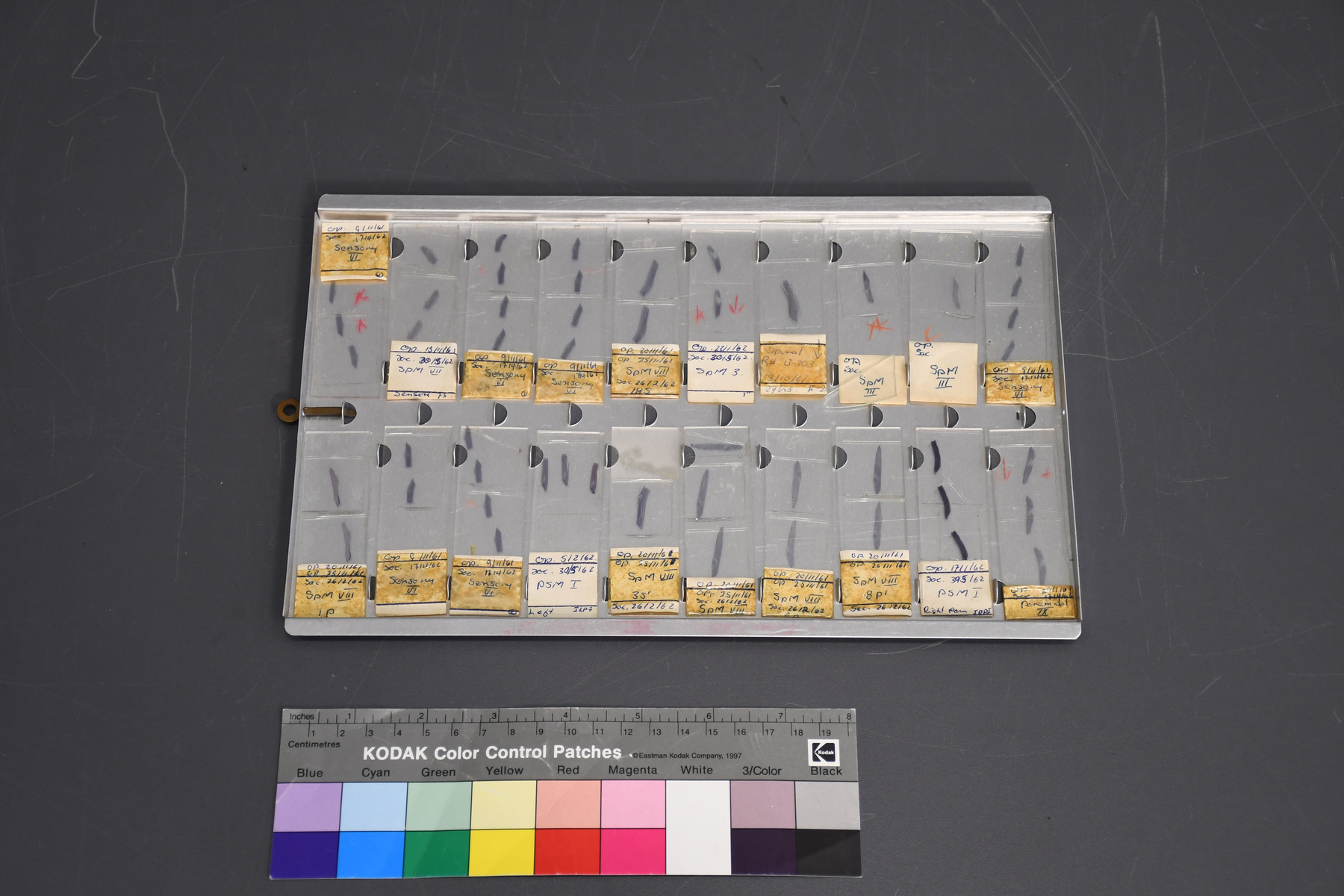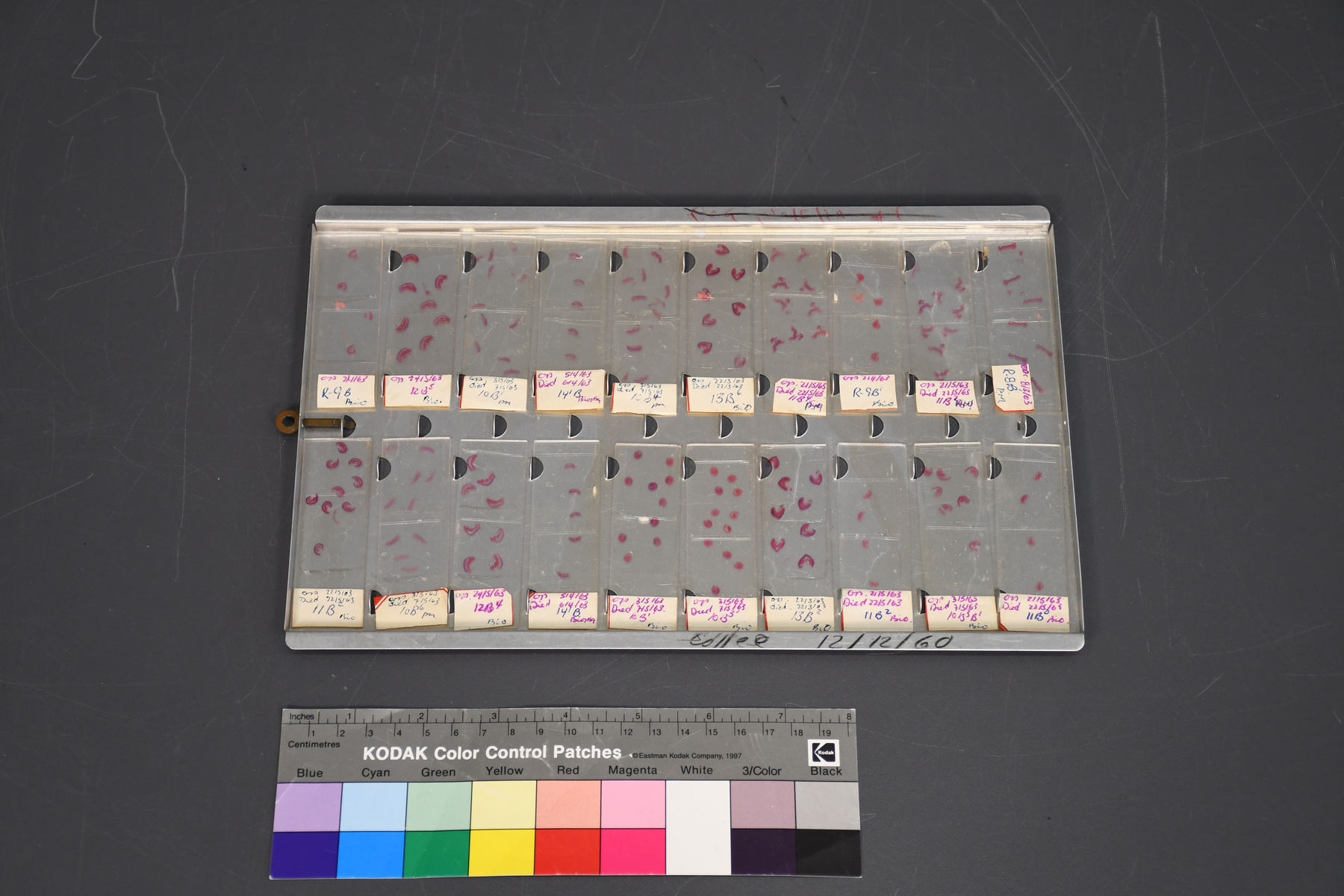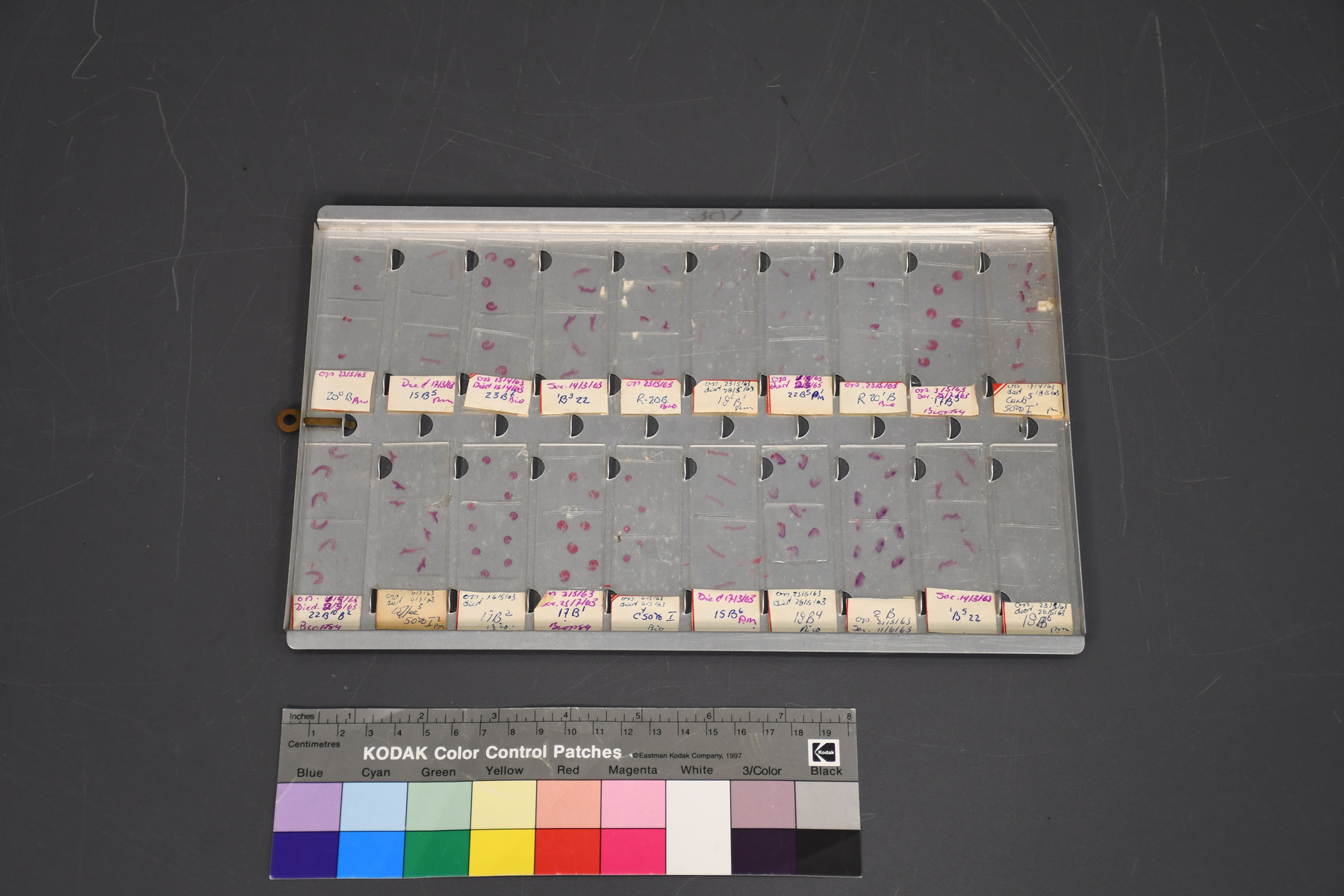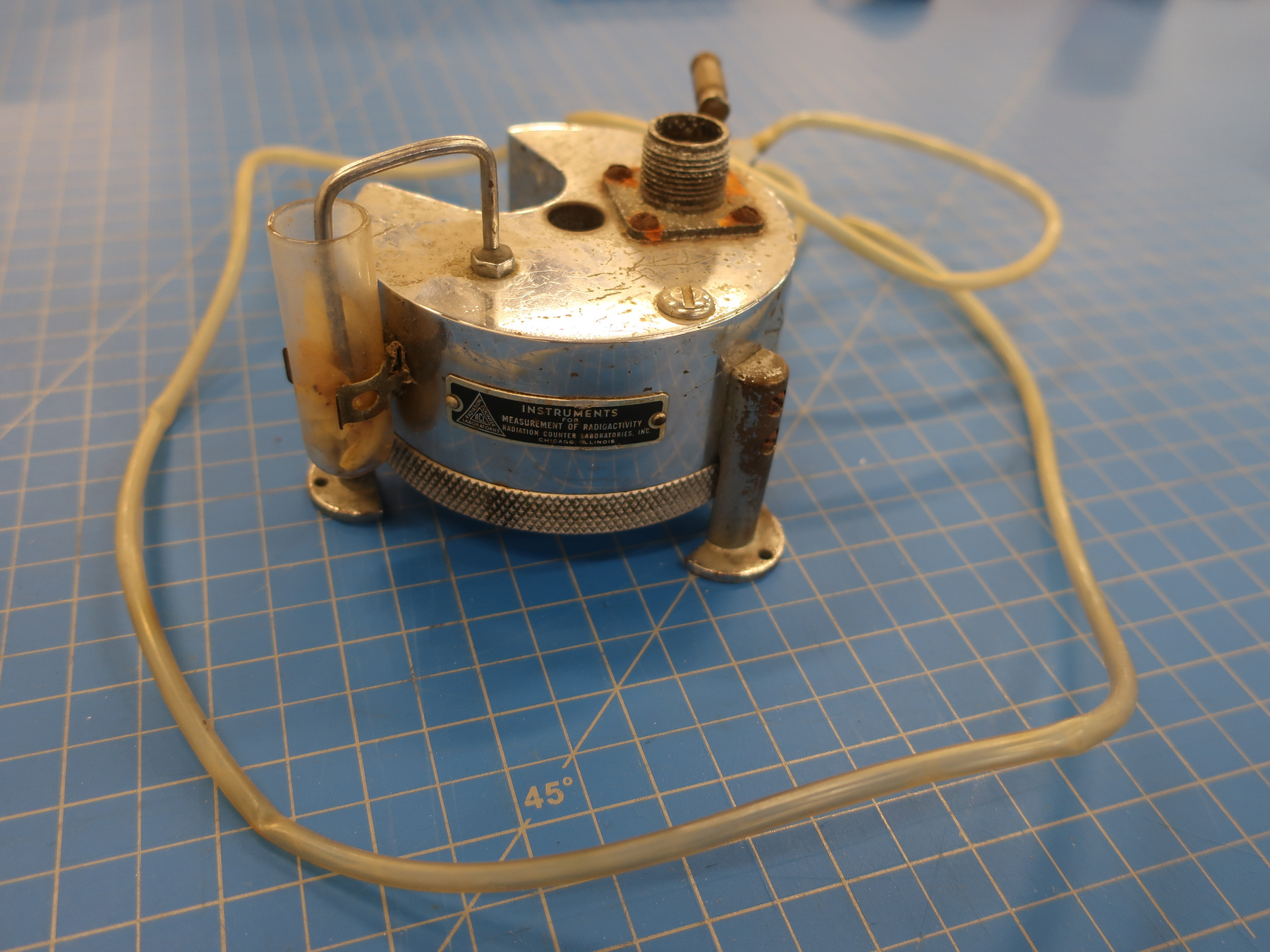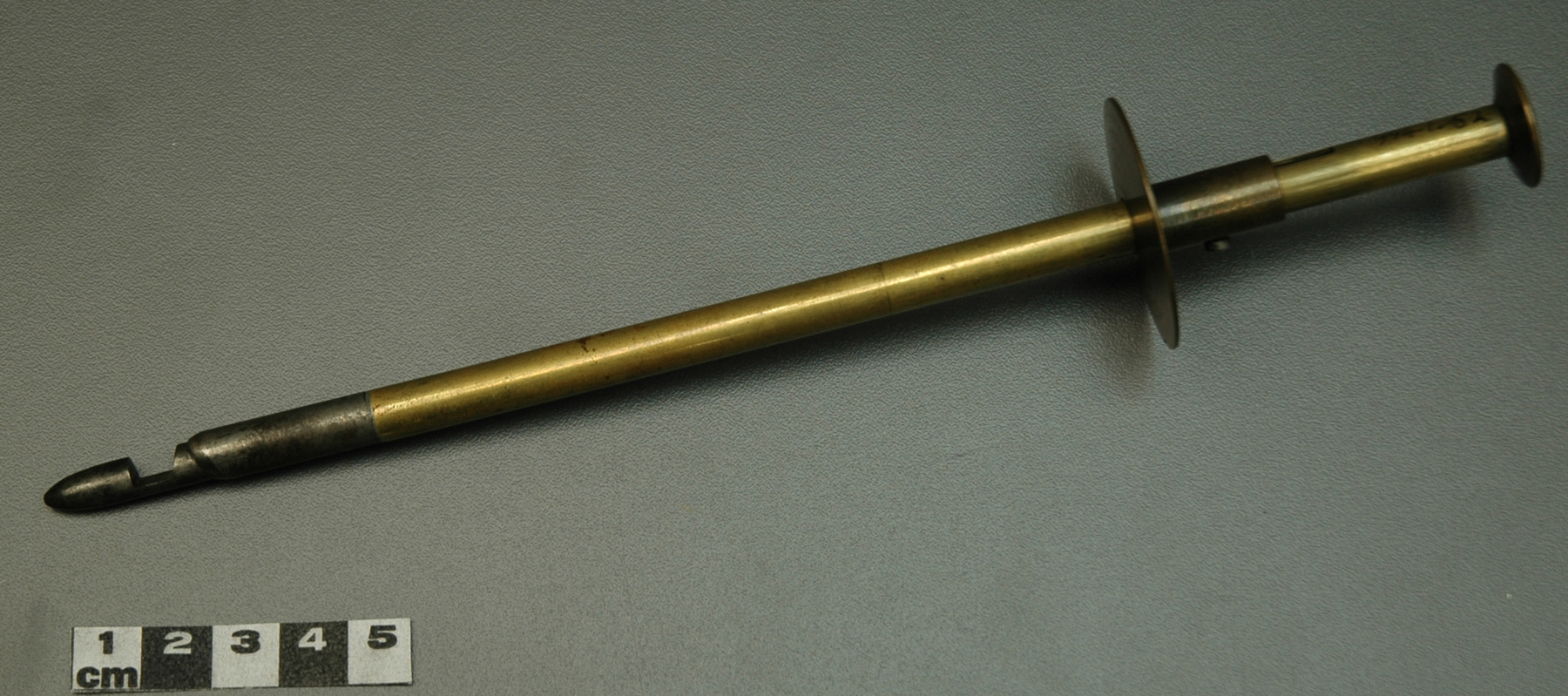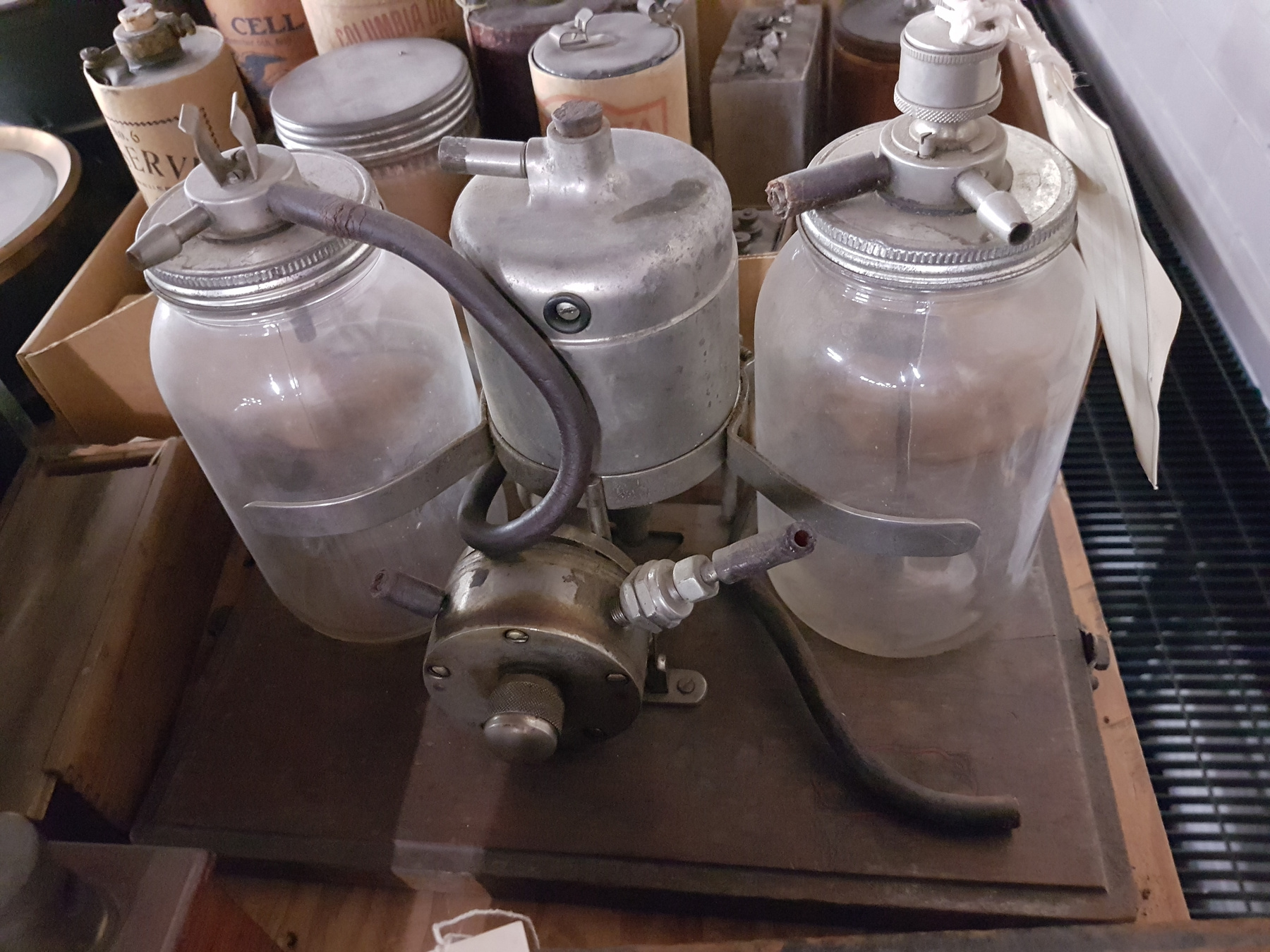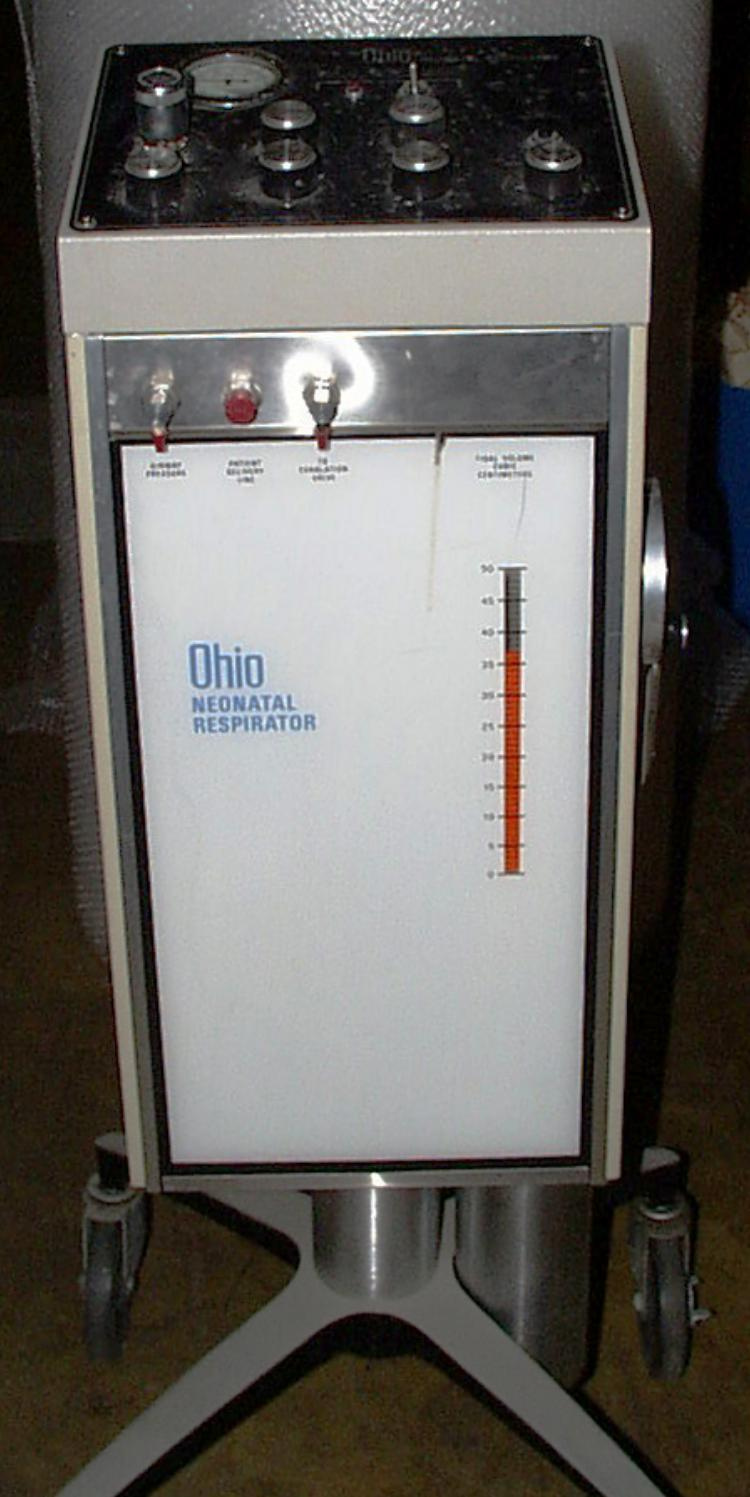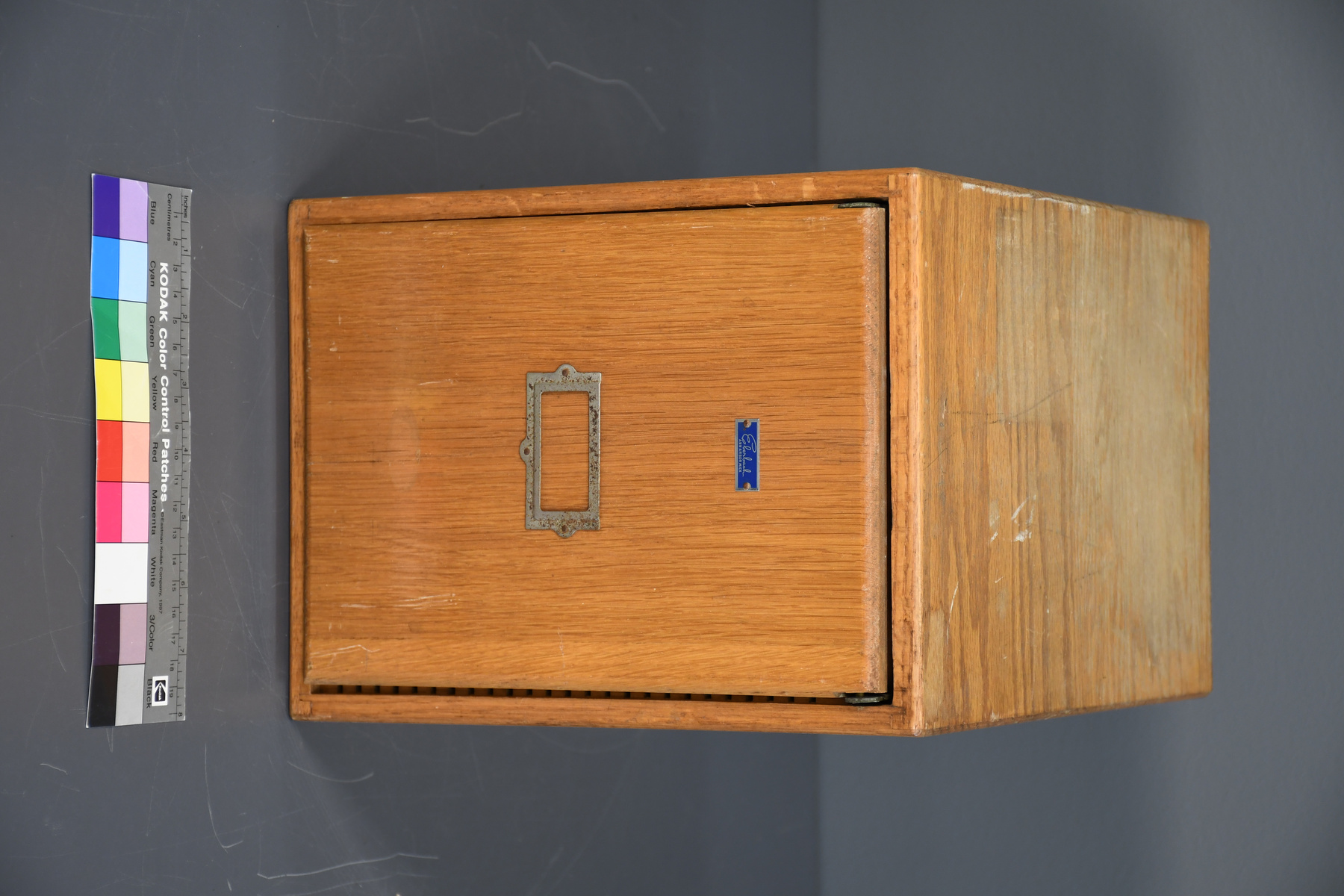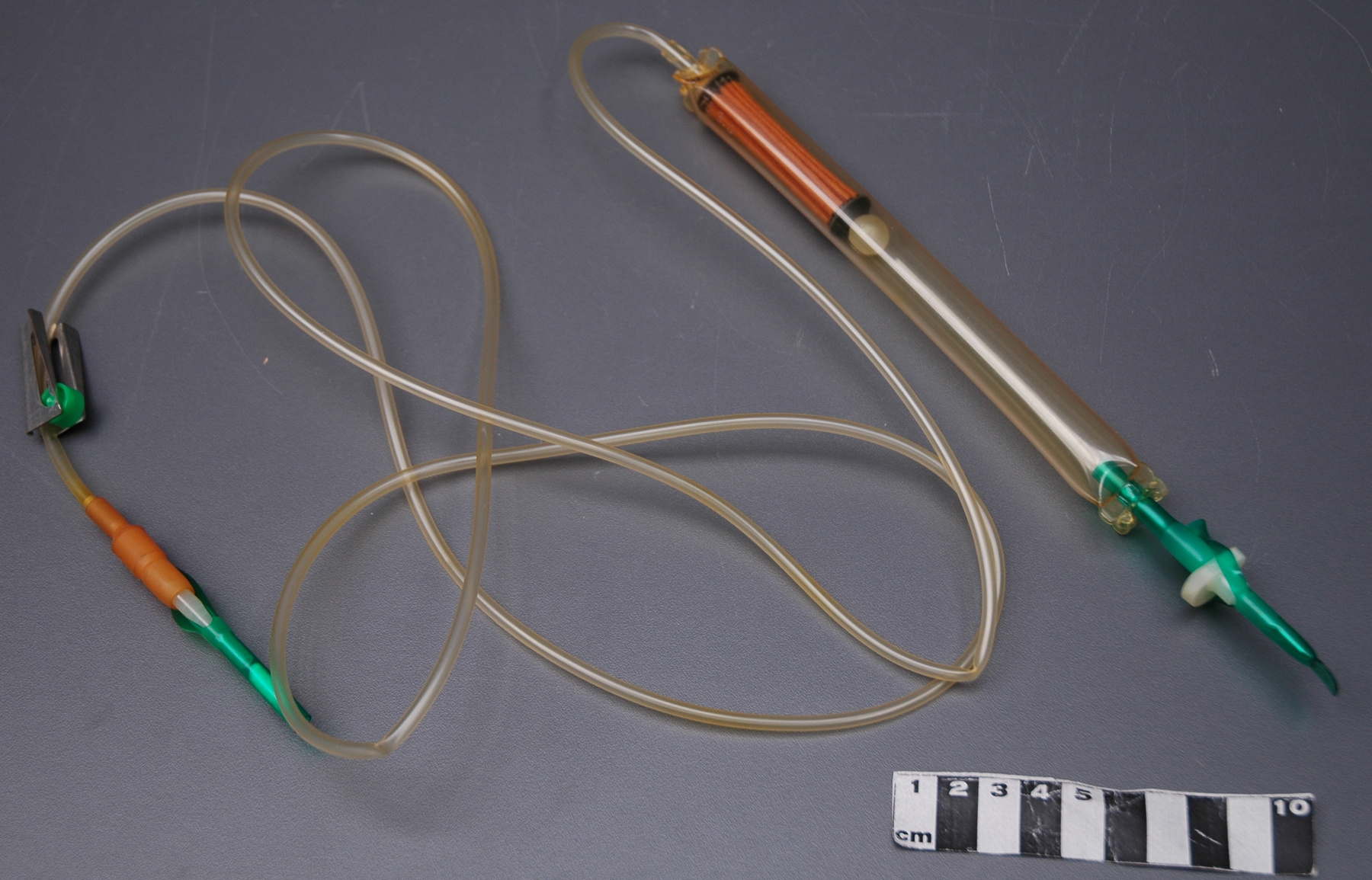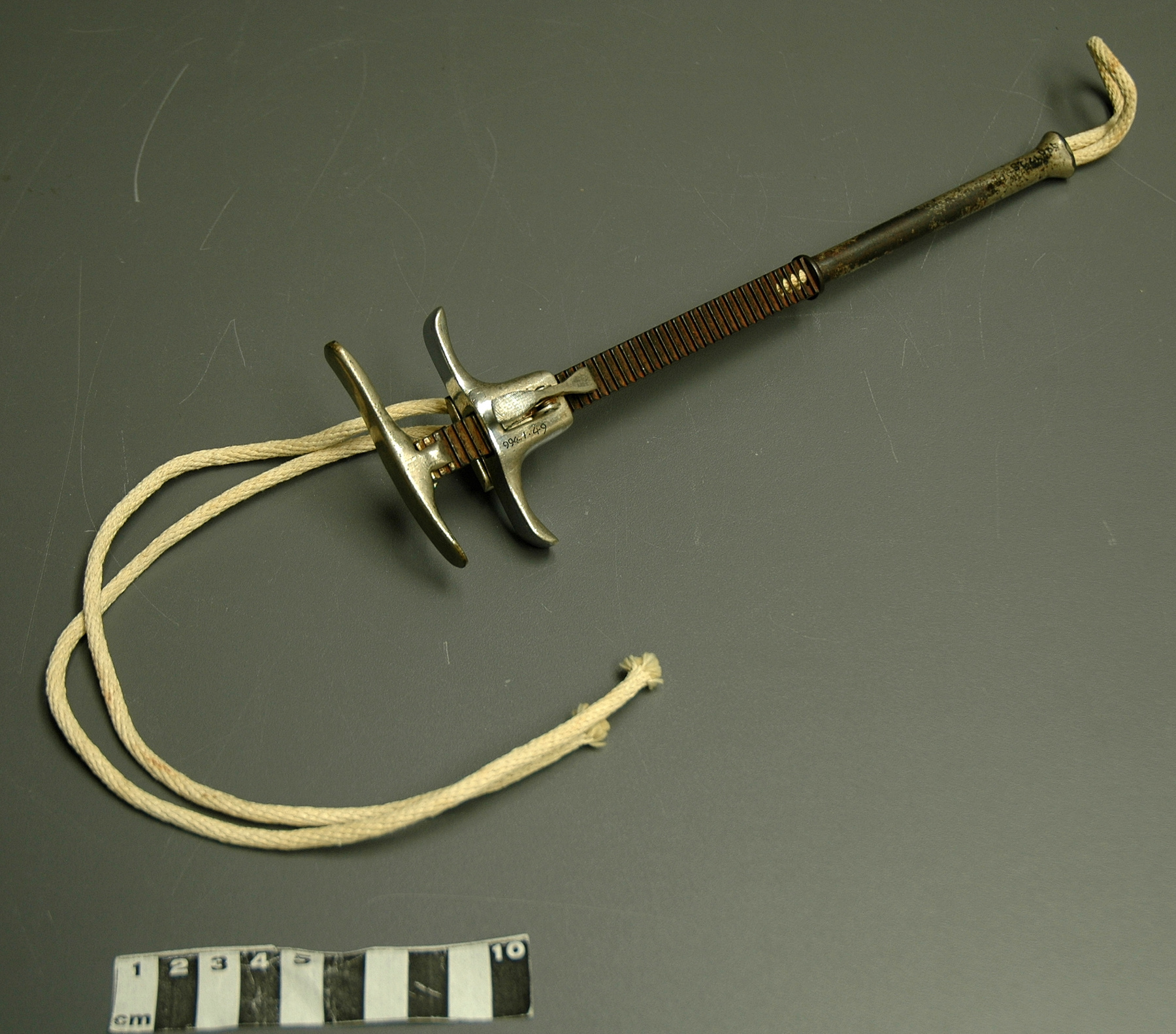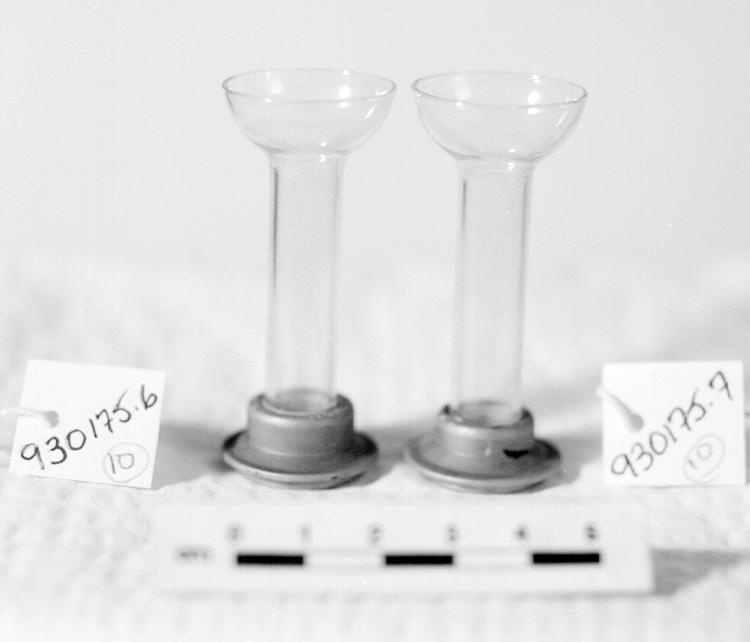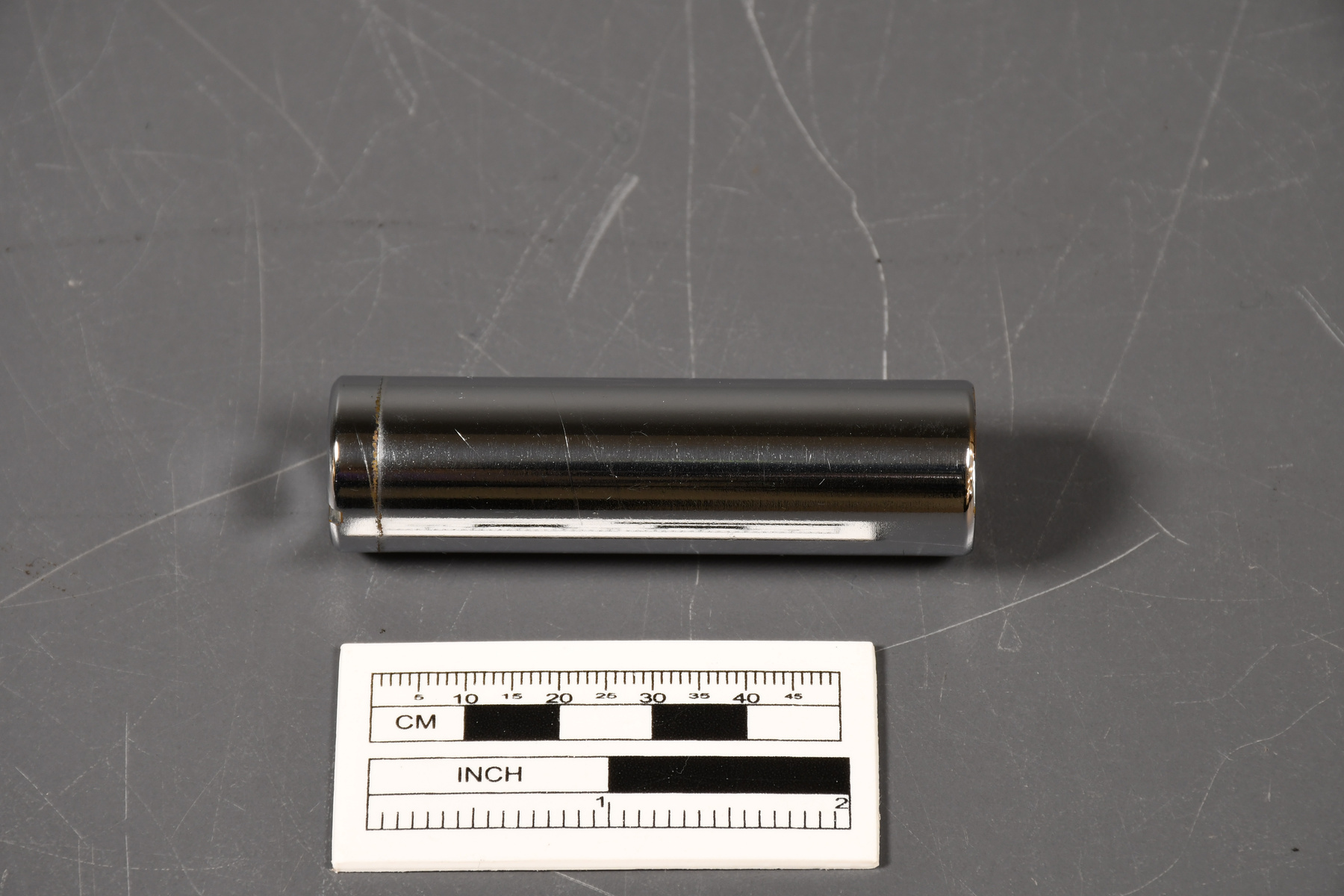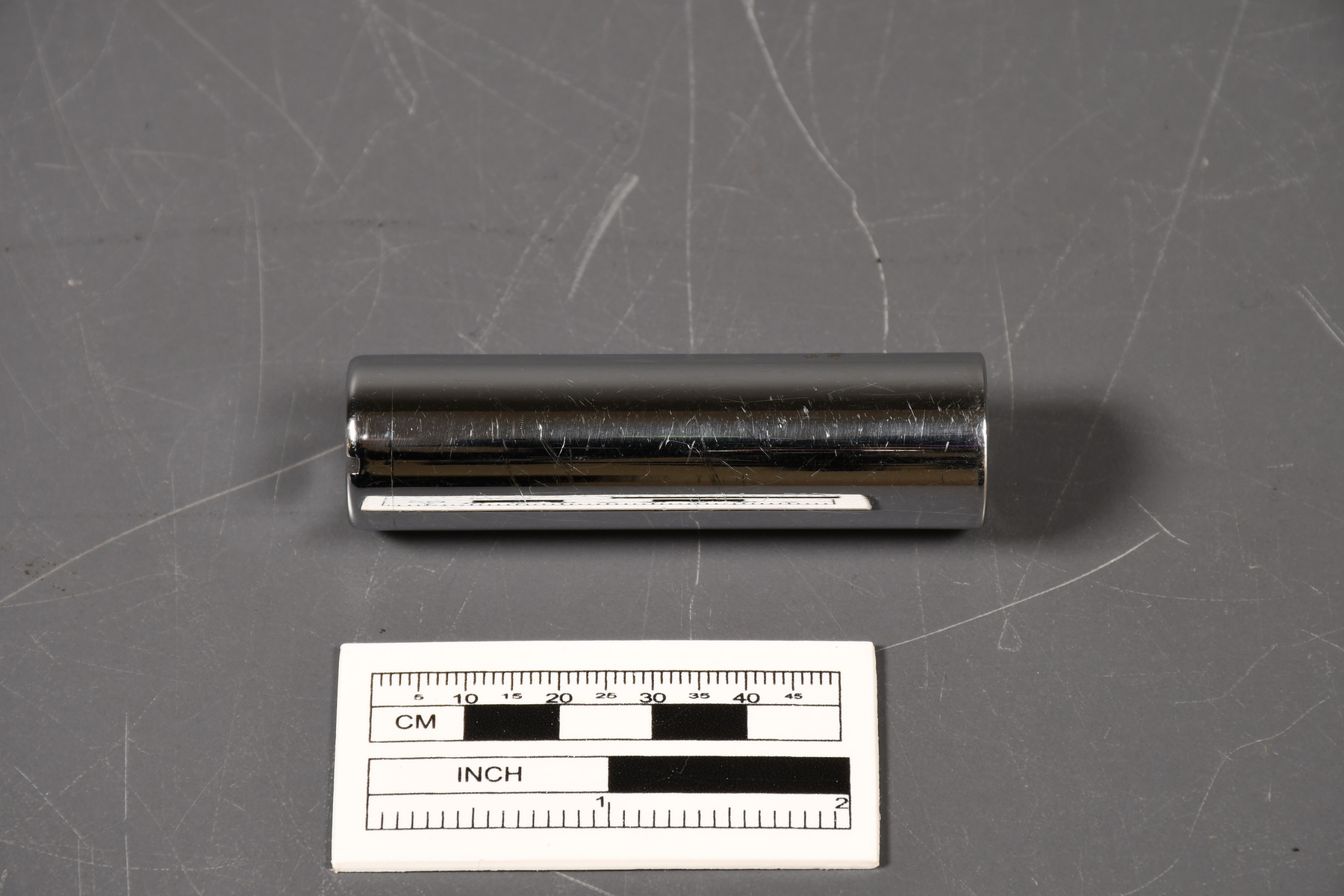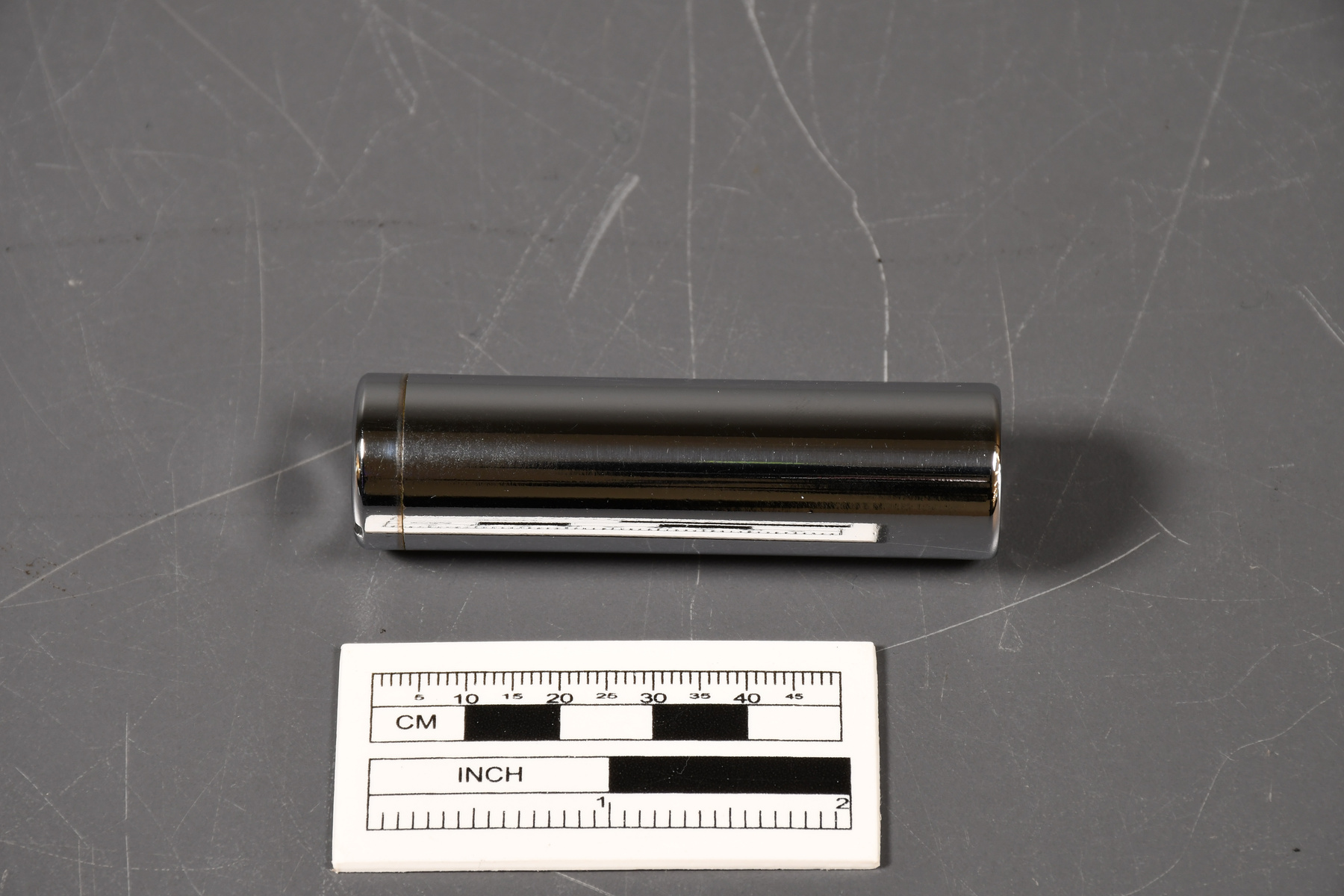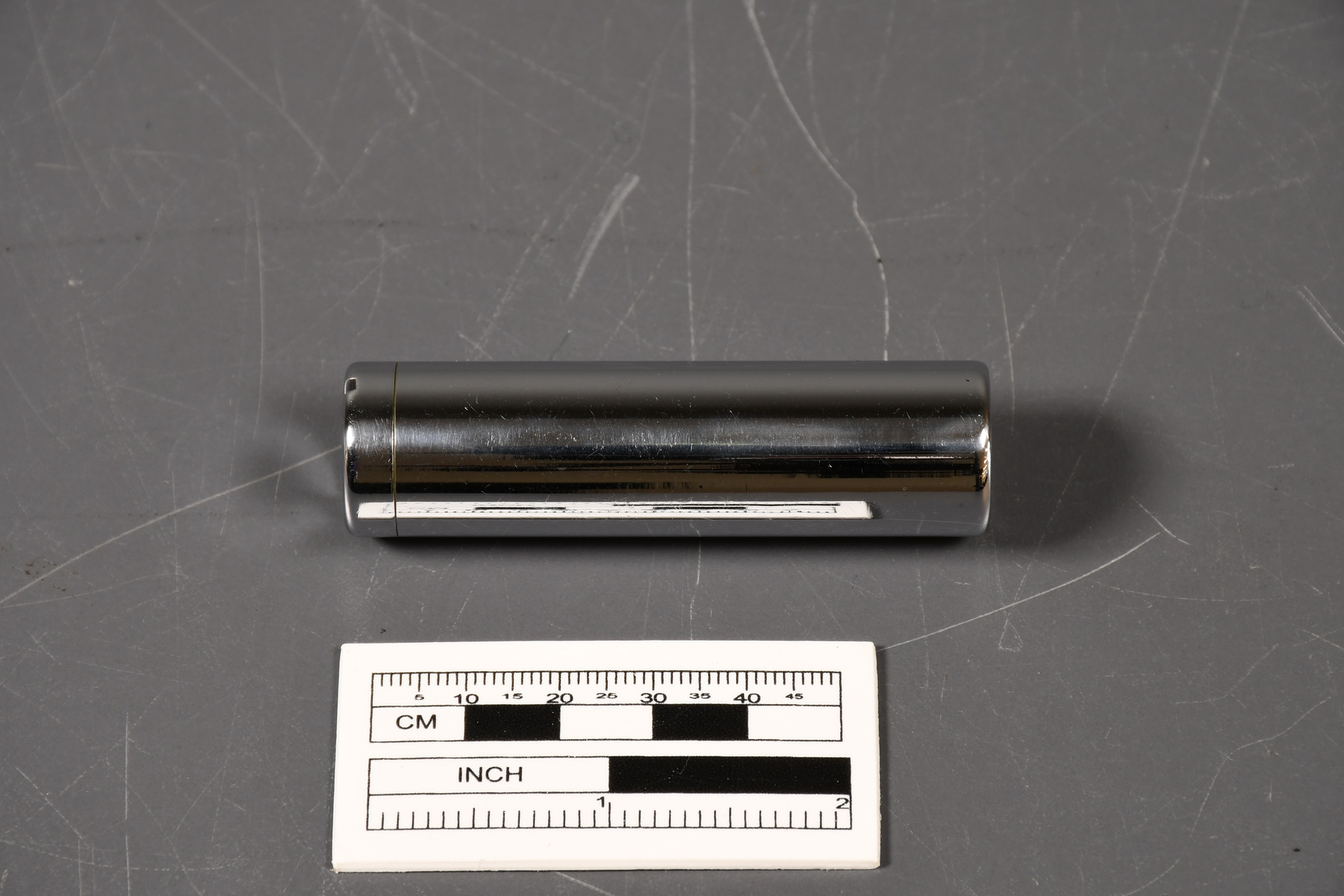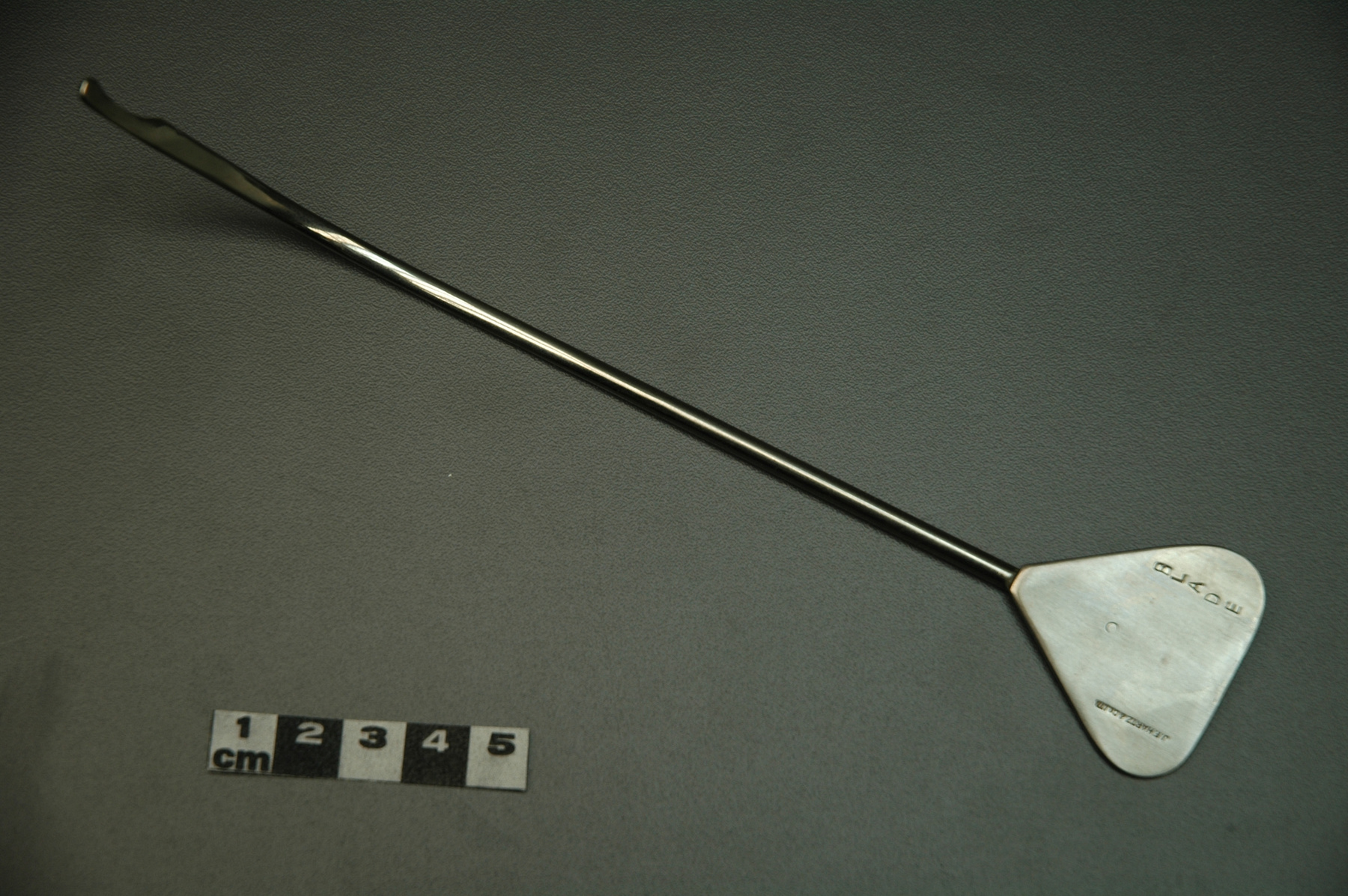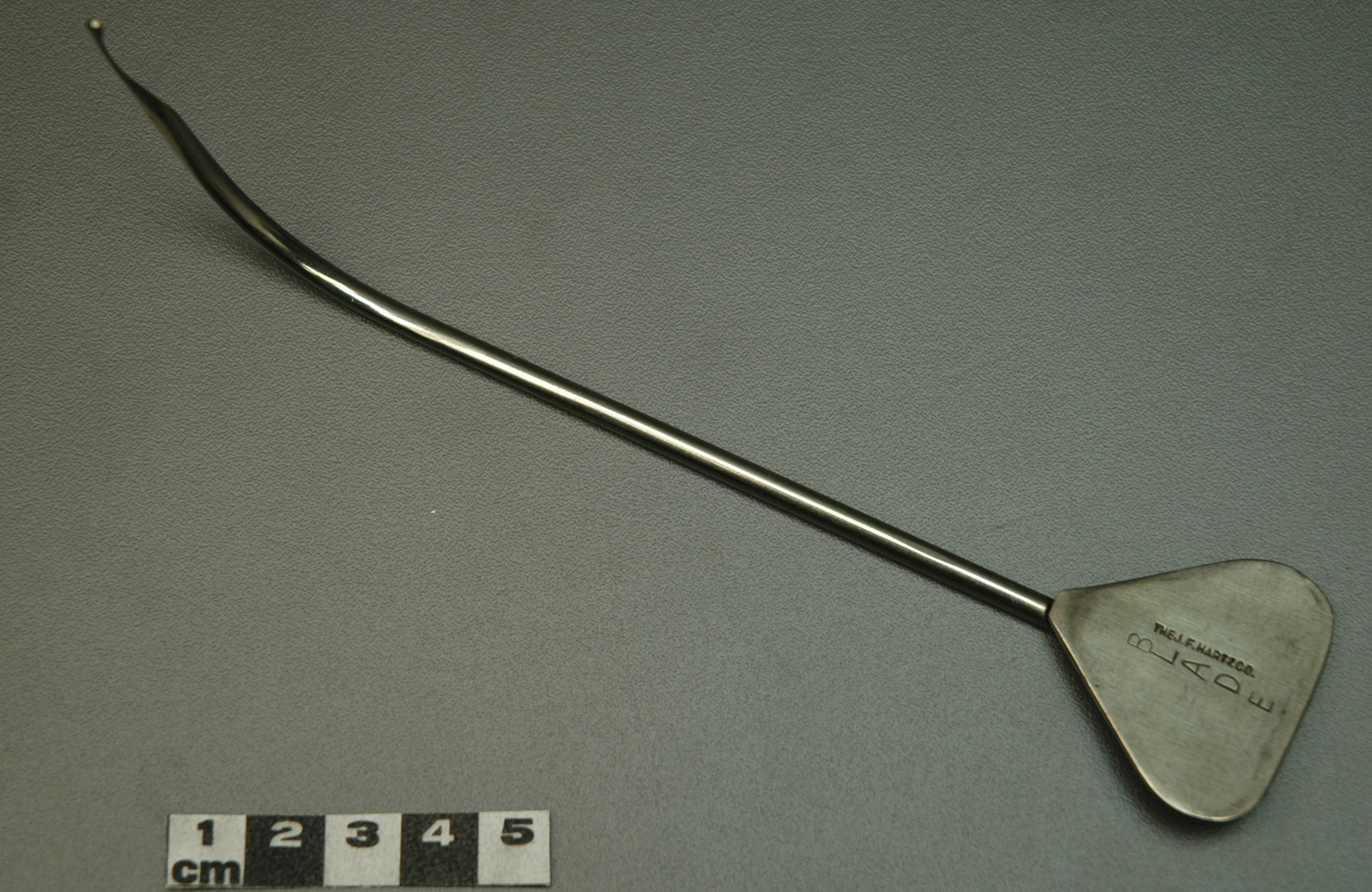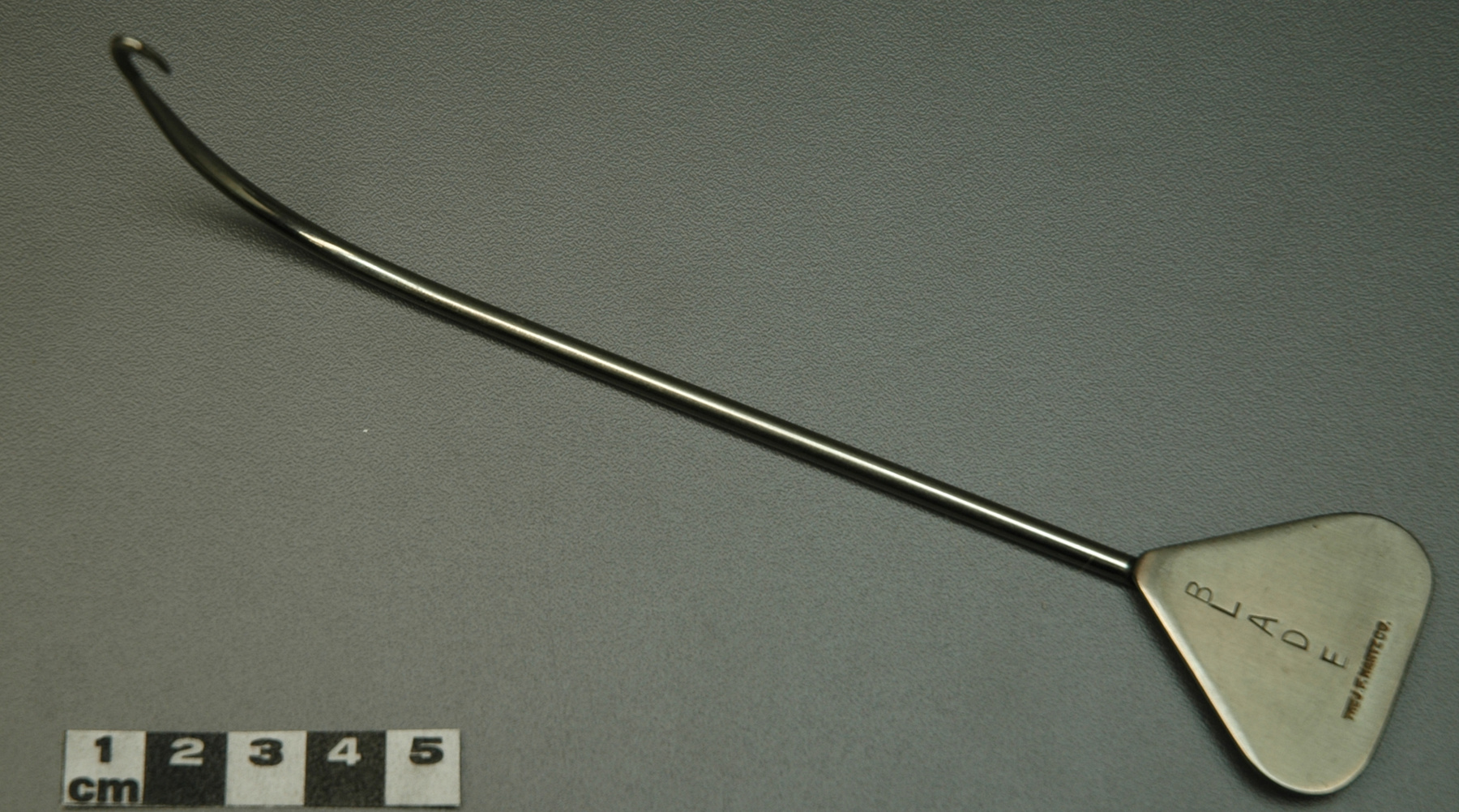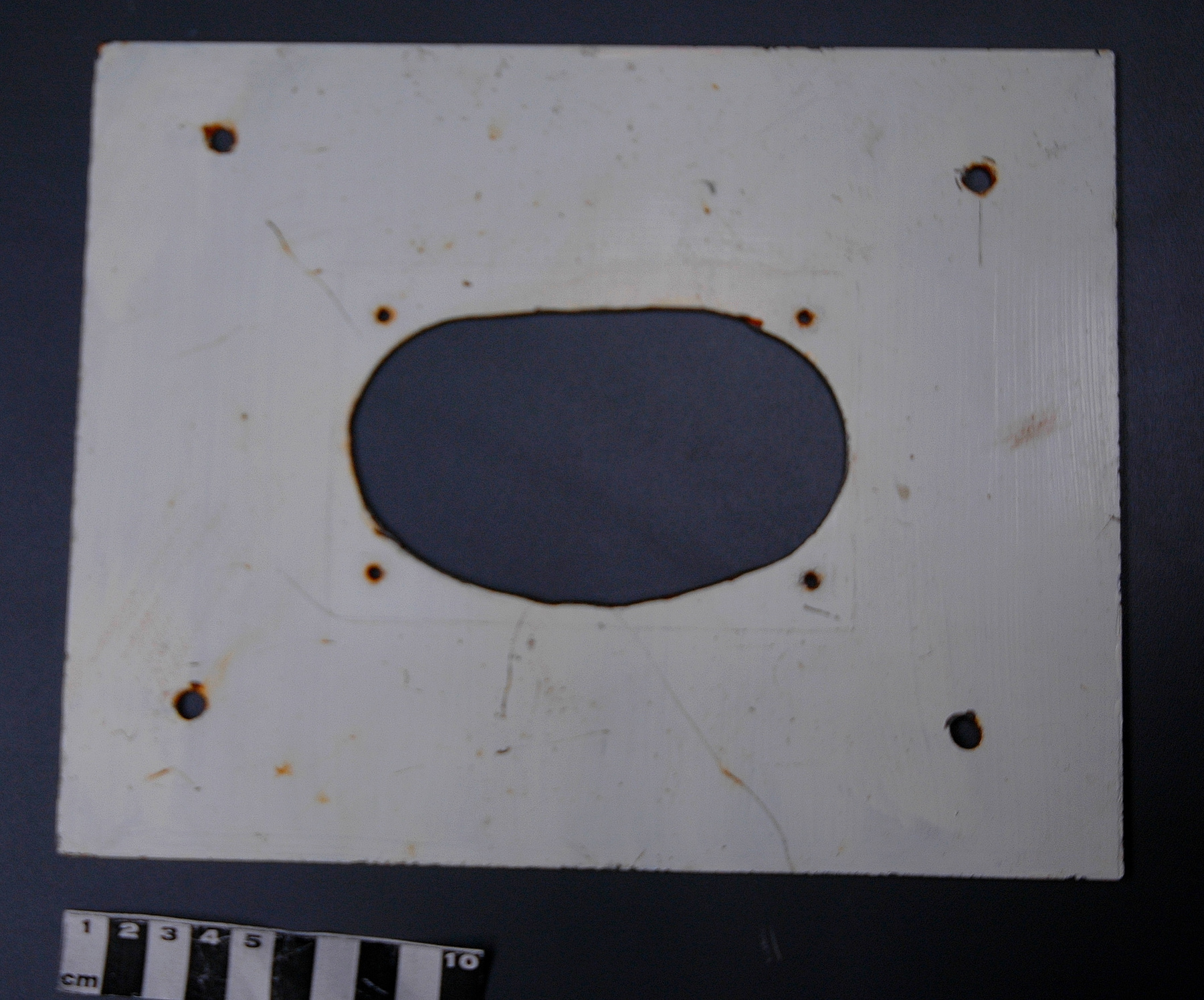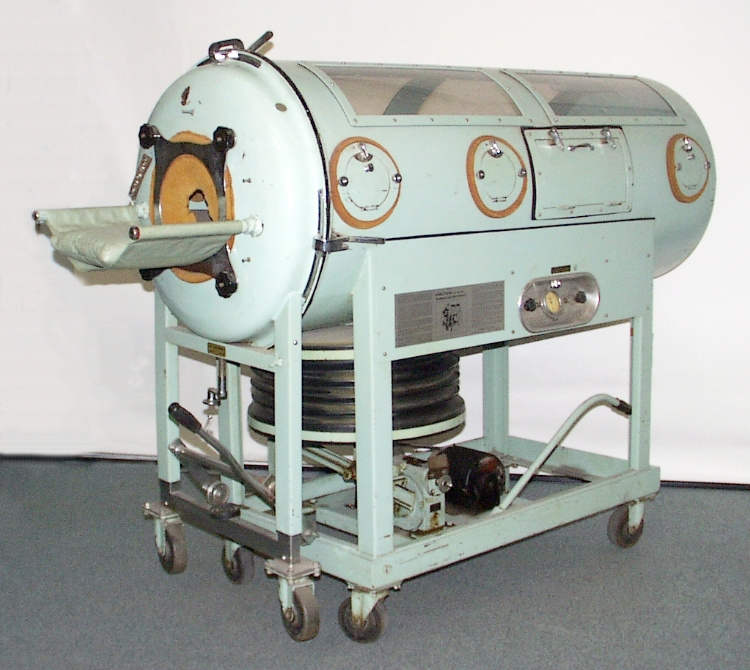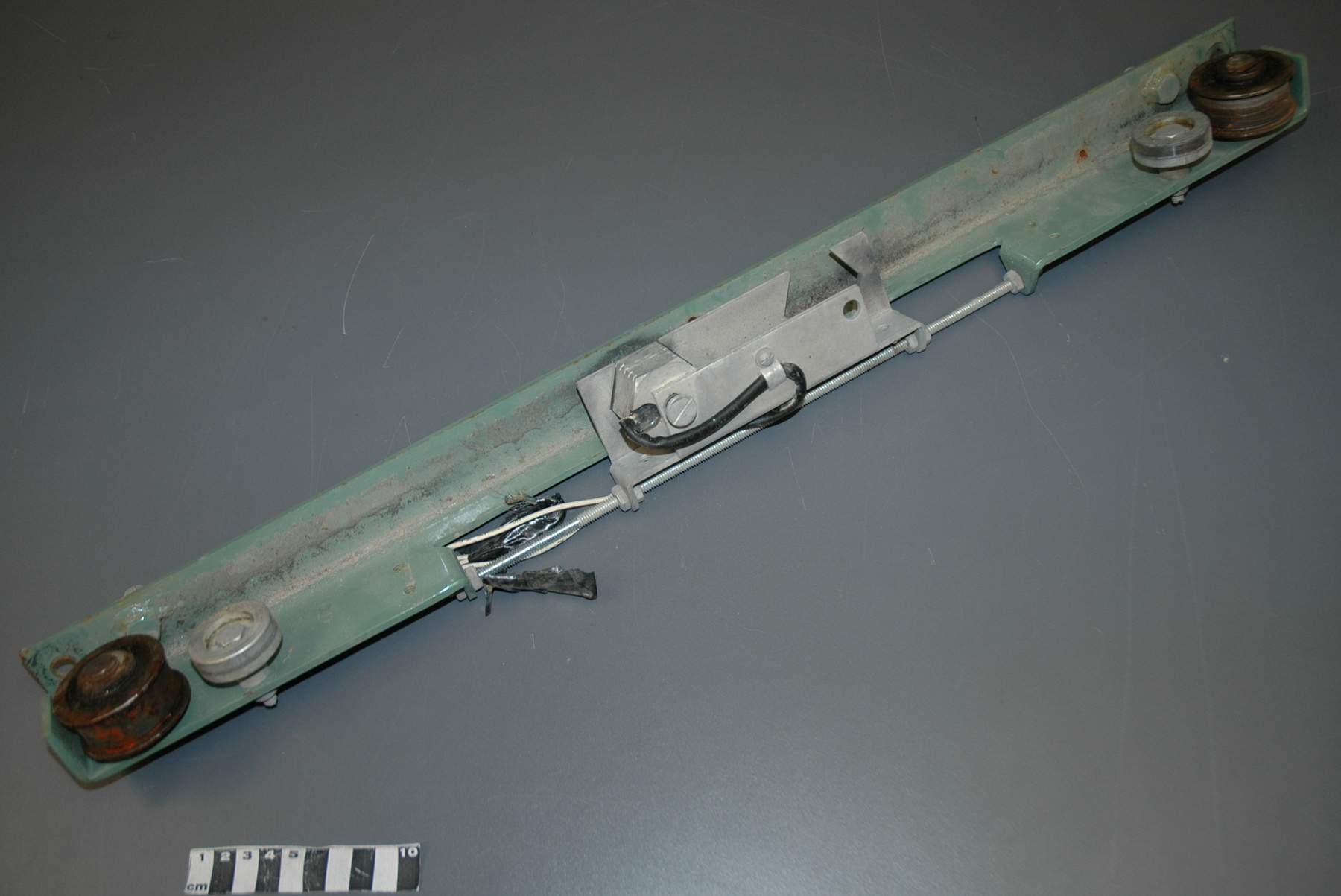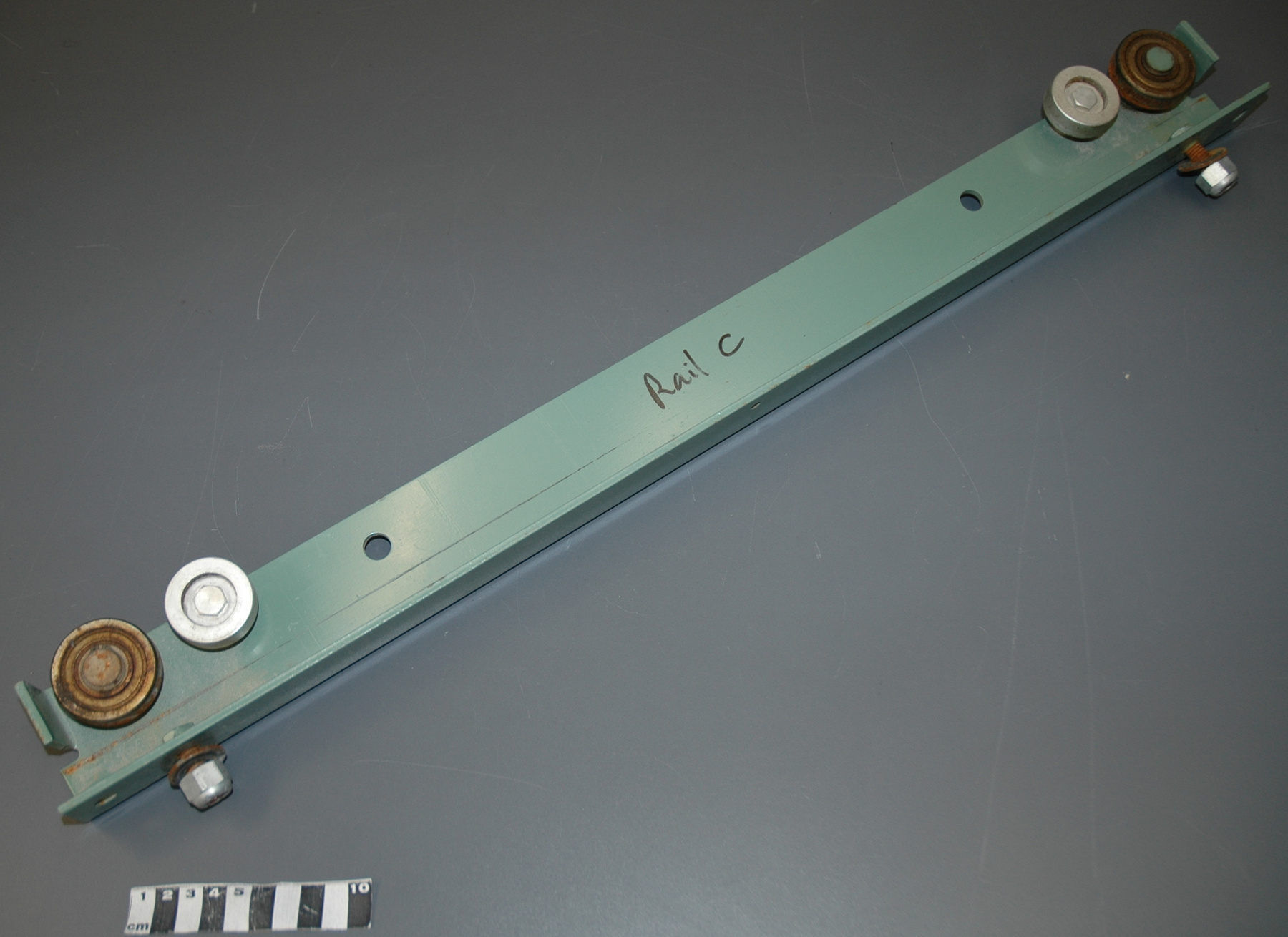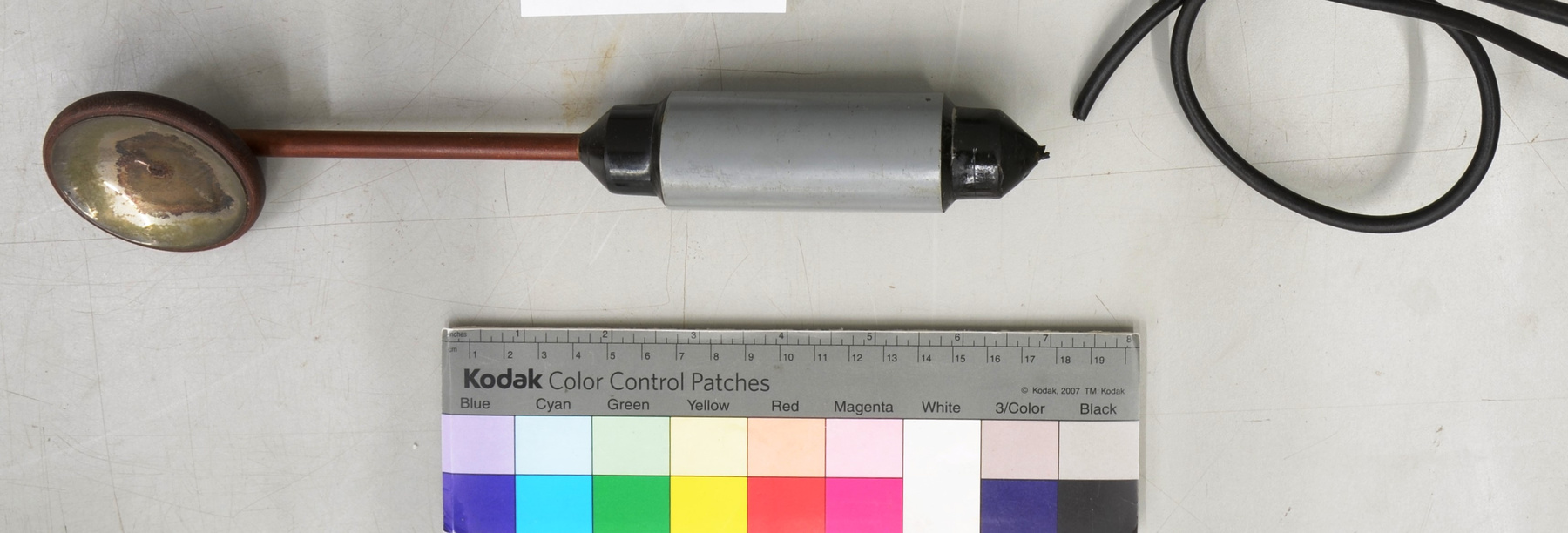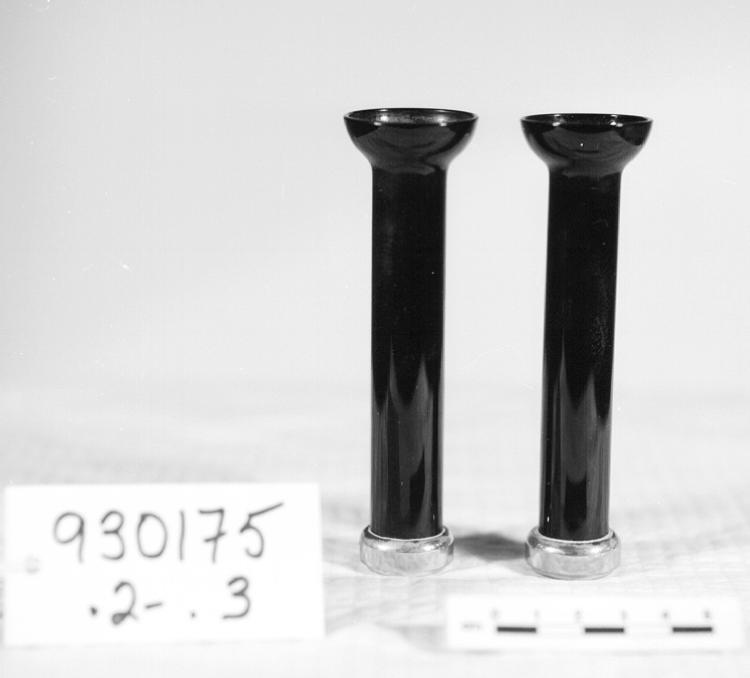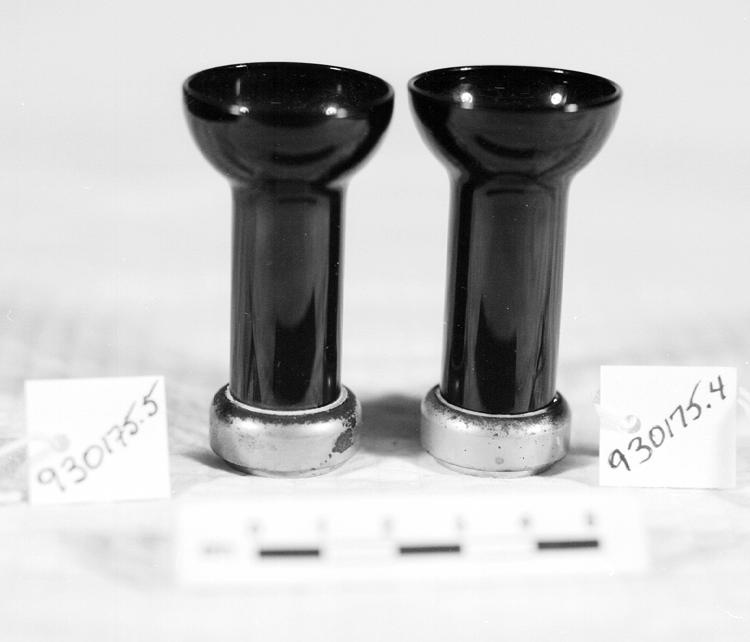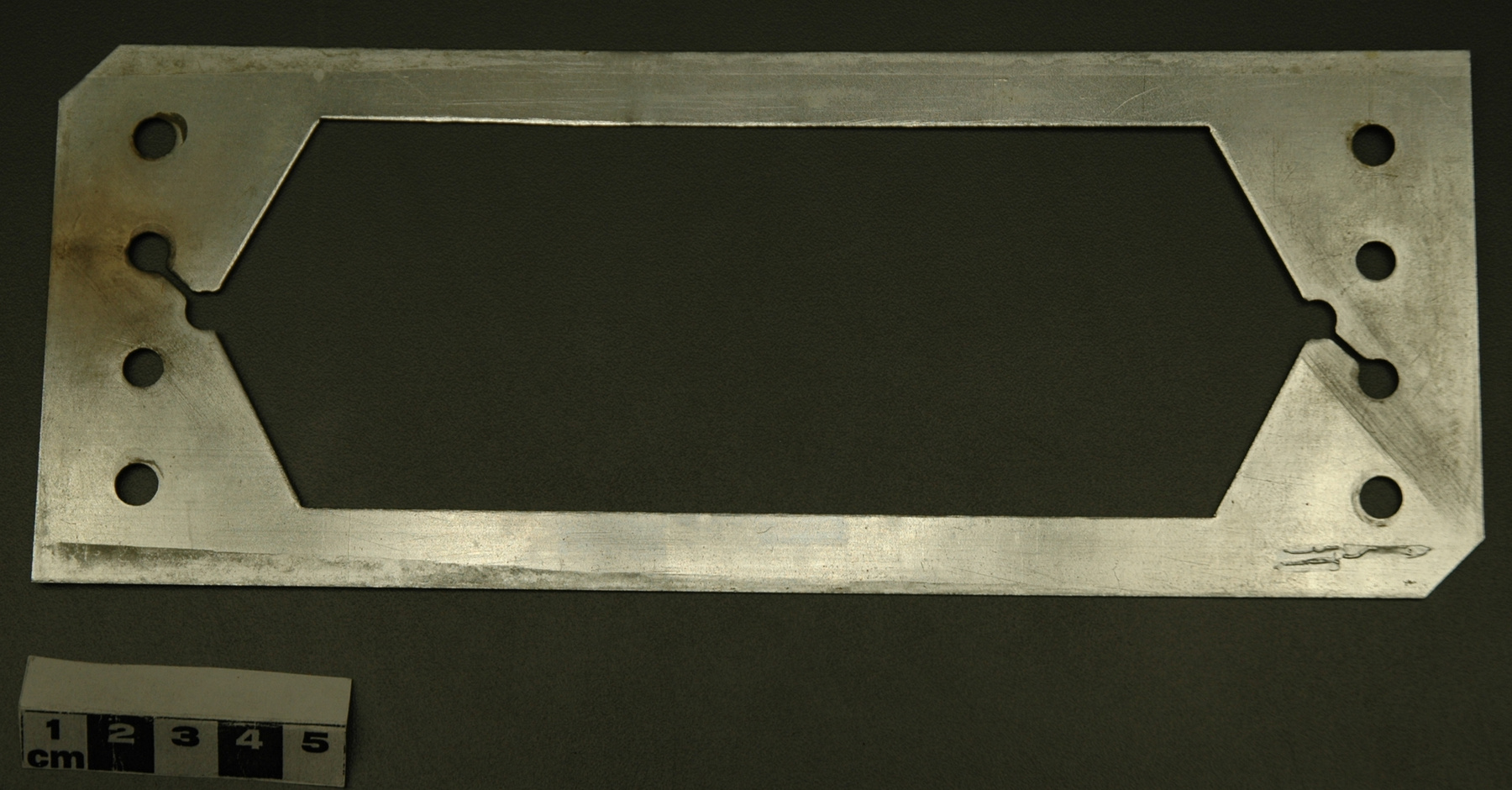Chamber, blood
Utiliser cette image
Puis-je réutiliser cette image sans autorisation? Oui
Les images sur le portail de la collection d’Ingenium ont la licence Creative Commons suivante :
Copyright Ingenium / CC BY-NC-ND (Attribution-NonCommercial 4.0 International (CC BY-NC 4.0)
ATTRIBUER CETTE IMAGE
Ingenium,
2002.0620.008
Permalien:
Ingenium diffuse cette image sous le cadre de licence Creative Commons et encourage son téléchargement et sa réutilisation à des fins non commerciales. Veuillez mentionner Ingenium et citer le numéro de l’artefact.
TÉLÉCHARGER L’IMAGEACHETER CETTE IMAGE
Cette image peut être utilisée gratuitement pour des fins non commerciales.
Pour un usage commercial, veuillez consulter nos frais de reproduction et communiquer avec nous pour acheter l’image.
- TYPE D’OBJET
- S/O
- DATE
- 1951–1953
- NUMÉRO DE L’ARTEFACT
- 2002.0620.008
- FABRICANT
- Murray, Dr. G. & Roschlau, Dr. W.
- MODÈLE
- Inconnu
- EMPLACEMENT
- Toronto, Ontario, Canada
Plus d’information
Renseignements généraux
- Nº de série
- prototype
- Nº de partie
- 8
- Nombre total de parties
- 10
- Ou
- artificial kidney machine dialyzer
- Brevets
- S/O
- Description générale
- chrome-plated brass
Dimensions
Remarque : Cette information reflète la taille générale pour l’entreposage et ne représente pas nécessairement les véritables dimensions de l’objet.
- Longueur
- 22,8 cm
- Largeur
- 8,8 cm
- Hauteur
- S/O
- Épaisseur
- S/O
- Poids
- S/O
- Diamètre
- S/O
- Volume
- S/O
Lexique
- Groupe
- Technologie médicale
- Catégorie
- Matériel médical
- Sous-catégorie
- S/O
Fabricant
- Ou
- Murray Roschlau
- Pays
- Canada
- État/province
- Ontario
- Ville
- Toronto
Contexte
- Pays
- Canada
- État/province
- Ontario
- Période
- Used c. 1951-1953.
- Canada
-
Second artificial kidney designed and manufactured by Drs. Gordon Murray and Walter Roschlau at W.P Caven Research Foundation, Toronto c. 1951-1953. It was used experimentally in his laboratory on Holmwood Ave. (site of the CRV) and once for emergency treatment on a patient suffering kidney failure at Toronto General Hospital. [Ref.4] Murray's second-generation machine was an improvement from the original: it's design features made it more compact and efficient, easier to handle, set-up and use, and less intimidating for both patient and hospital staff. [Ref. 8] Murray abandoned his renal dialysis research c. 1954 . Murray was a remarkable surgeon and innovator whose work earned him international recognition. In the 1930s Dr. Murray introduced the anticoagulant Heparin to world clinical practice; in the '40s he developed the first artificial kidney in North America; and in 1955 he performed the first successful transplant of a human heart valve. Unfortunately, these achievements are often overshadowed by his later, controversial work on an anti-cancer serum, and on unconventional surgery for injuries caused by traumatic paraplegia. (2002.0619 Ref. 3] - Fonction
-
Part of assembled filter unit of artificial kidney machine. - Technique
-
Inflow and outflow occur through holes that form (when mounted) vertical conduits with slits into and out of the blood chambers. The thickness of each blood chamber is approx. 0.75 mm, with a dialyzing surface of approx. 100 cm squared x 2, resulting in an approx. capacity of 7.5 mL per blood chamber. Diagonally opposed corners of blood and dialysate chambers are rounded for identification, and must be matched when assembled within dialyzer. [Ref. 5] - Notes sur la région
-
Inconnu
Détails
- Marques
- None, save UHN catalogue no. "994.18.1" printed by hand in black ink in one corner .
- Manque
- None.
- Fini
- Bright silver metal (chrome-plated brass).
- Décoration
- S/O
FAIRE RÉFÉRENCE À CET OBJET
Si vous souhaitez publier de l’information sur cet objet de collection, veuillez indiquer ce qui suit :
Murray, Dr. G. & Roschlau, Dr. W., Chamber, blood, entre 1951–1953, Numéro de l'artefact 2002.0620, Ingenium - Musées des sciences et de l'innovation du Canada, http://collections.ingeniumcanada.org/fr/item/2002.0620.008/
RÉTROACTION
Envoyer une question ou un commentaire sur cet artefact.
Plus comme ceci
